Hoan Kiem Lake is one of the symbols of the capital Hanoi with a history of more than a thousand years. Along with the system of surrounding relics, this is a familiar place for the capital's people and a famous tourist destination for international tourists.
Hanoi is known for its long history and countless unique culinary products that captivate diners. Not only that, the natural landscape and cultural architecture are also attractive features that cannot be missed when you have the opportunity to visit Hanoi. One of the cultural attractions that can be mentioned is the relic cluster around Hoan Kiem Lake.
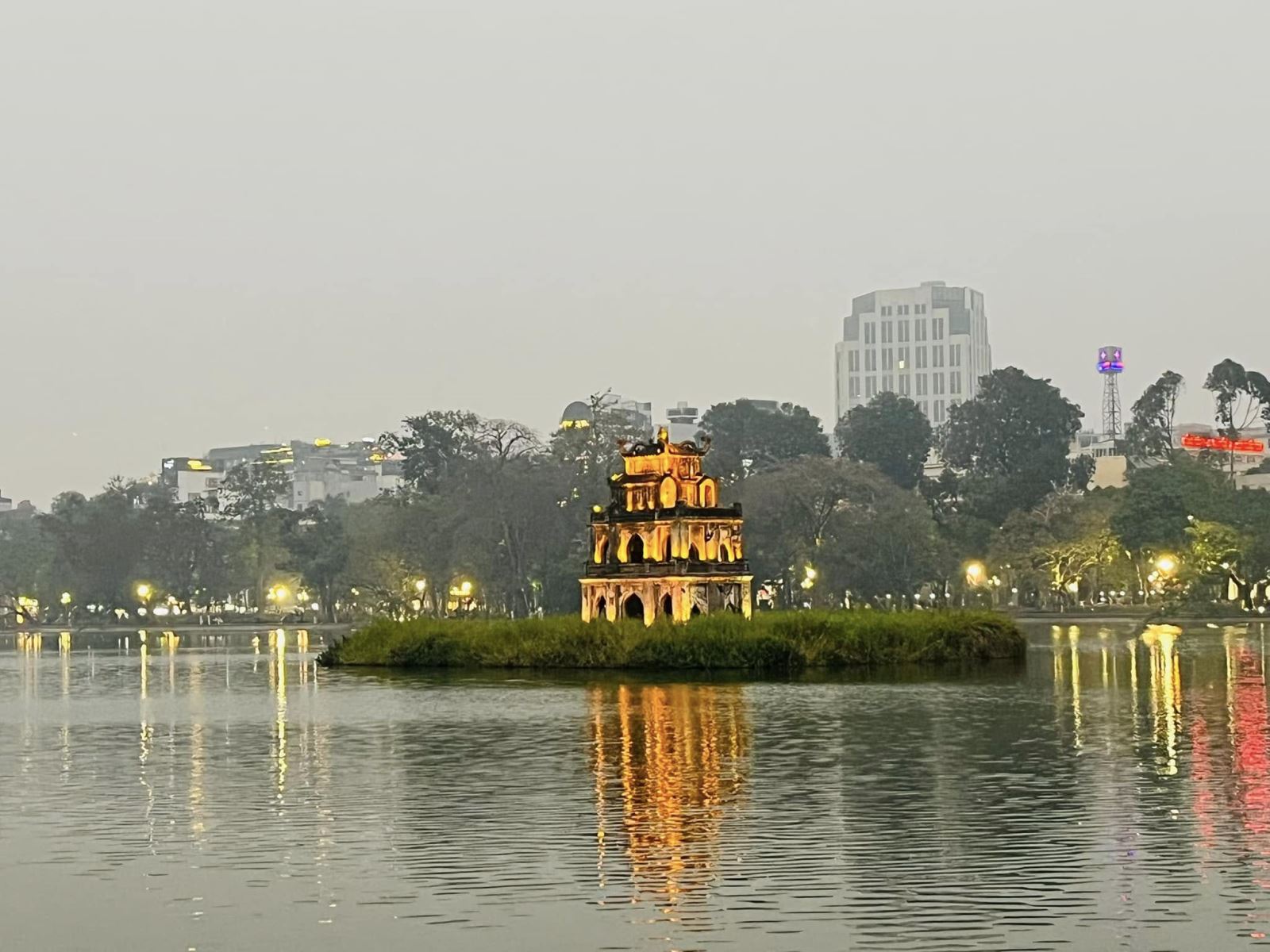 Hoan Kiem Lake
Hoan Kiem Lake is located in the center of Hanoi city, with an area of about 12 hectares. Previously, the lake was called Luc Thuy Lake because the water was green all year round. The legend associated with Hoan Kiem Lake is passed down by the people as follows: According to legend, King Le Thai To was previously given a precious sword by heaven to help defeat the invading Ming army to liberate the country. After chasing away the Ming invaders, one day King Le Thai To rode a dragon boat around the lake, suddenly he saw a big turtle surface to demand the return of his precious sword. He drew his sword back and the divine turtle took the sword and dived into the water. From then on, the lake was called Sword Lake or Hoan Kiem Lake.
Turtle Tower is an architectural work built in the 19th century, considered a typical mark of Sword Lake. The tower's name is Quy Son Thap, which means Turtle Mountain Tower (because it is a natural island, in the summer, turtles often come here to sunbathe and lay eggs).
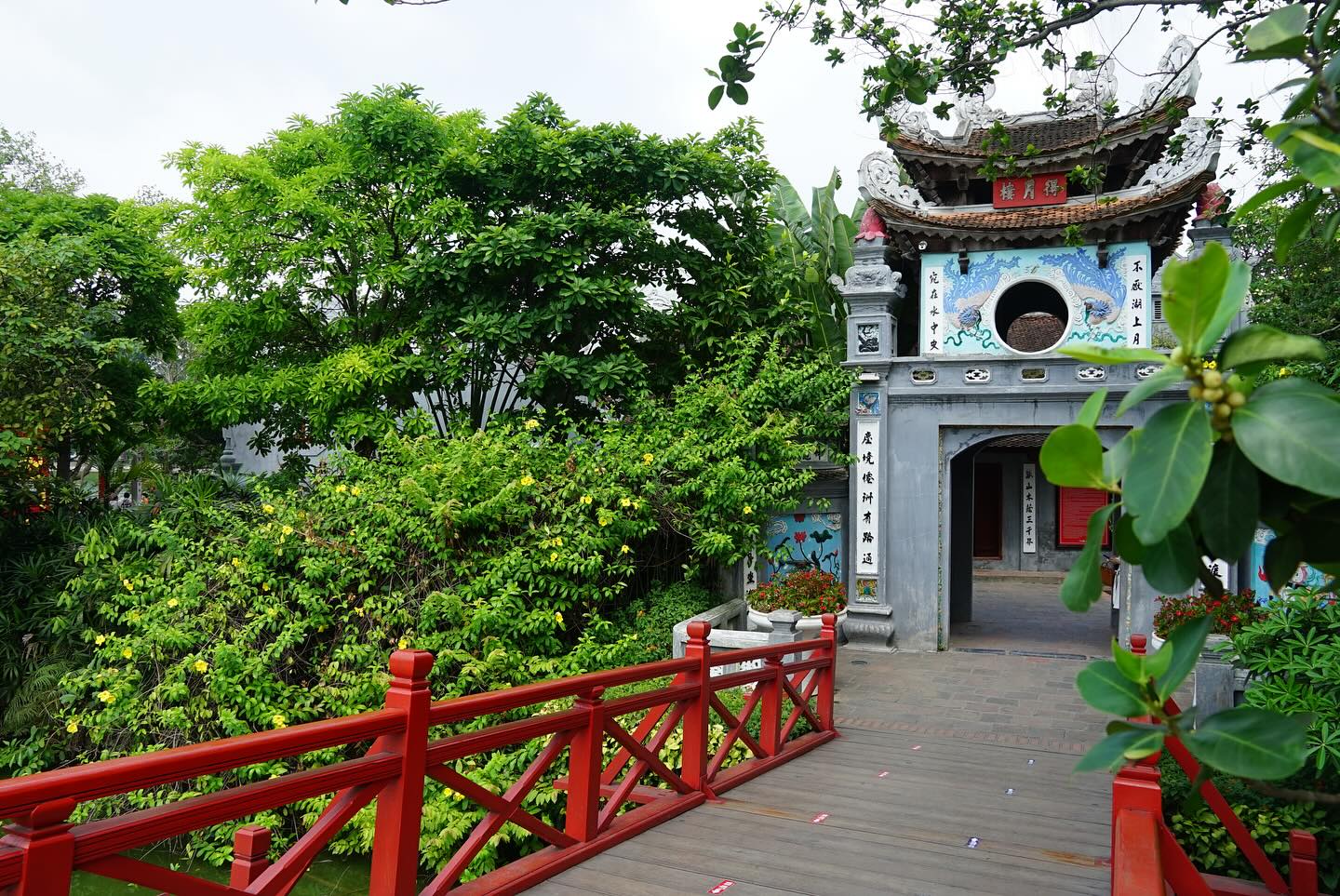 Ngoc Son Temple
Ngoc Son Temple belongs to the Hoan Kiem Lake relic complex in Hanoi, the temple worships the national hero Hung Dao Dai Vuong Tran Quoc Tuan and the god in charge of the achievements of Van Xuong De Quan.
Stopping at the door of Ngoc Son Temple, you will see the image of a 5-storey tower made of stone with an extremely impressive shape, that is the
Pen Tower. The tower was built in 1865, located on Ngoc Boi Mountain. On the But Tower are engraved 3 words "Ta Thanh Thien", understood as "Writing on the blue sky", implying the affirmation of the will of the intellectual class, placing their stature on par with the earth and sky. At the foot of the But Tower is a peach-shaped inkstone cut in half lengthwise, called
Dai Nghien. The inkstone is supported by three thiem thu (toads).
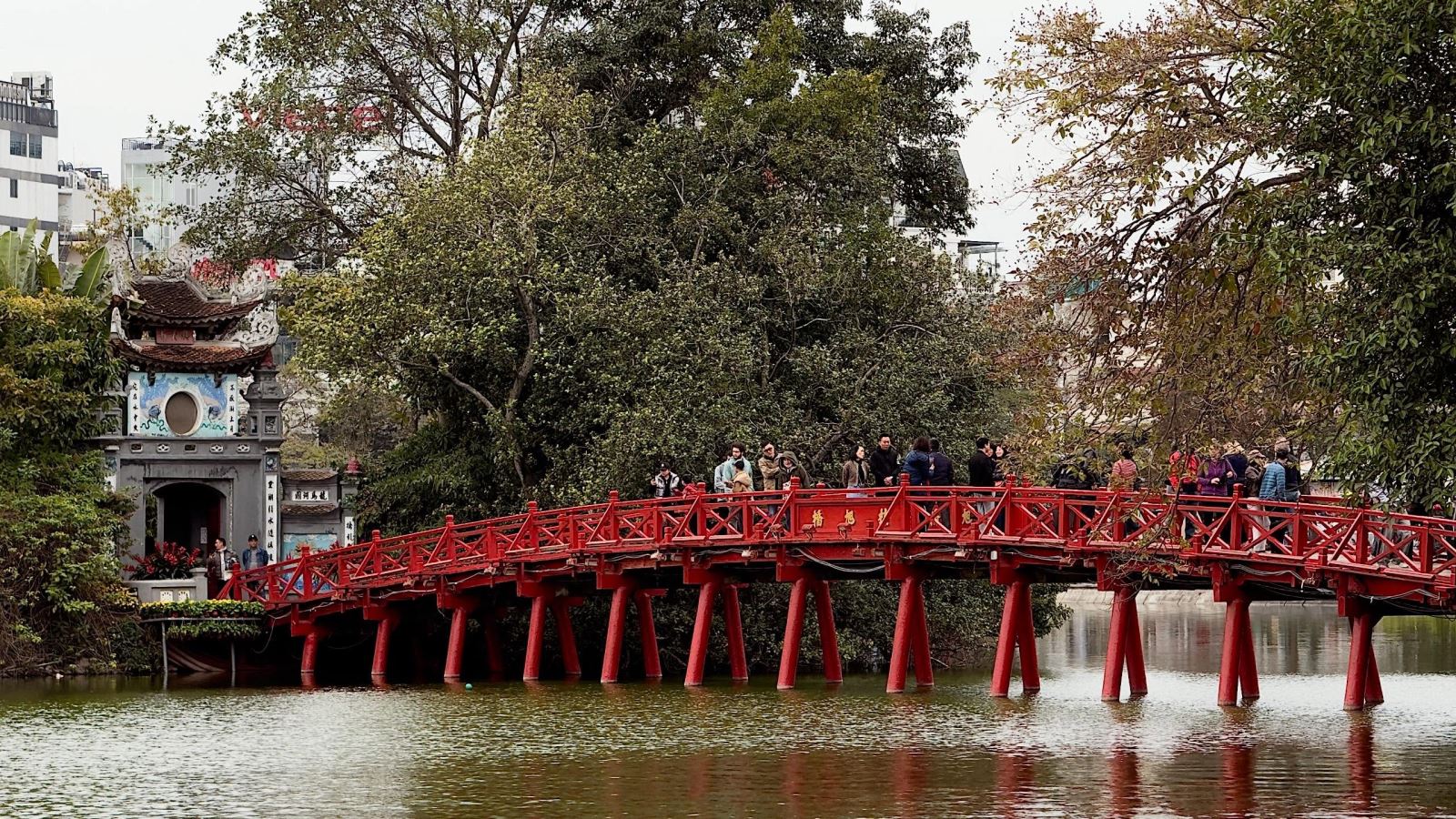 The Huc Bridge
The Huc Bridge means the place where bright halos condense, built in the 19th century, impressing with its brilliant red color. The bridge is made of ironwood, curved like a shrimp. This bridge is also the only way leading from the shore of Hoan Kiem Lake to Ngoc Son Temple. Passing through The Huc Bridge, visitors will enter Dac Nguyet Lau (moon-catching tower). The tower is designed with a 2-storey dome with 4-corner cloud reliefs. On Dac Nguyet Lau, there are two relief paintings including the Hoanh Phi Long Ma Ha Do on the right and the Hoanh Phi Than Quy Lac Thu on the left.
Ba Kieu Temple is located not far from the Pen Tower, this is a sacred temple closely associated with the cultural and spiritual life of the people of Hanoi. Ba Kieu Temple is one of the first Mother Goddess temples in Vietnam (Mother Goddess worship is an intangible cultural heritage recognized by UNESCO).
The
Hoan Kiem Lake relic complex is closely associated with the people of the Capital, both familiar and simple, containing ancient cultural features. Tourists can visit, sightsee, and learn about the history of the
Hoan Kiem Lake relic complex at any time of the year. However, the beginning of the year is always the most ideal time when the spring atmosphere fills the streets of Hanoi.
 Hoan Kiem Lake is located in the center of Hanoi city, with an area of about 12 hectares. Previously, the lake was called Luc Thuy Lake because the water was green all year round. The legend associated with Hoan Kiem Lake is passed down by the people as follows: According to legend, King Le Thai To was previously given a precious sword by heaven to help defeat the invading Ming army to liberate the country. After chasing away the Ming invaders, one day King Le Thai To rode a dragon boat around the lake, suddenly he saw a big turtle surface to demand the return of his precious sword. He drew his sword back and the divine turtle took the sword and dived into the water. From then on, the lake was called Sword Lake or Hoan Kiem Lake.
Hoan Kiem Lake is located in the center of Hanoi city, with an area of about 12 hectares. Previously, the lake was called Luc Thuy Lake because the water was green all year round. The legend associated with Hoan Kiem Lake is passed down by the people as follows: According to legend, King Le Thai To was previously given a precious sword by heaven to help defeat the invading Ming army to liberate the country. After chasing away the Ming invaders, one day King Le Thai To rode a dragon boat around the lake, suddenly he saw a big turtle surface to demand the return of his precious sword. He drew his sword back and the divine turtle took the sword and dived into the water. From then on, the lake was called Sword Lake or Hoan Kiem Lake. Ngoc Son Temple belongs to the Hoan Kiem Lake relic complex in Hanoi, the temple worships the national hero Hung Dao Dai Vuong Tran Quoc Tuan and the god in charge of the achievements of Van Xuong De Quan.
Ngoc Son Temple belongs to the Hoan Kiem Lake relic complex in Hanoi, the temple worships the national hero Hung Dao Dai Vuong Tran Quoc Tuan and the god in charge of the achievements of Van Xuong De Quan. The Huc Bridge means the place where bright halos condense, built in the 19th century, impressing with its brilliant red color. The bridge is made of ironwood, curved like a shrimp. This bridge is also the only way leading from the shore of Hoan Kiem Lake to Ngoc Son Temple. Passing through The Huc Bridge, visitors will enter Dac Nguyet Lau (moon-catching tower). The tower is designed with a 2-storey dome with 4-corner cloud reliefs. On Dac Nguyet Lau, there are two relief paintings including the Hoanh Phi Long Ma Ha Do on the right and the Hoanh Phi Than Quy Lac Thu on the left.
The Huc Bridge means the place where bright halos condense, built in the 19th century, impressing with its brilliant red color. The bridge is made of ironwood, curved like a shrimp. This bridge is also the only way leading from the shore of Hoan Kiem Lake to Ngoc Son Temple. Passing through The Huc Bridge, visitors will enter Dac Nguyet Lau (moon-catching tower). The tower is designed with a 2-storey dome with 4-corner cloud reliefs. On Dac Nguyet Lau, there are two relief paintings including the Hoanh Phi Long Ma Ha Do on the right and the Hoanh Phi Than Quy Lac Thu on the left.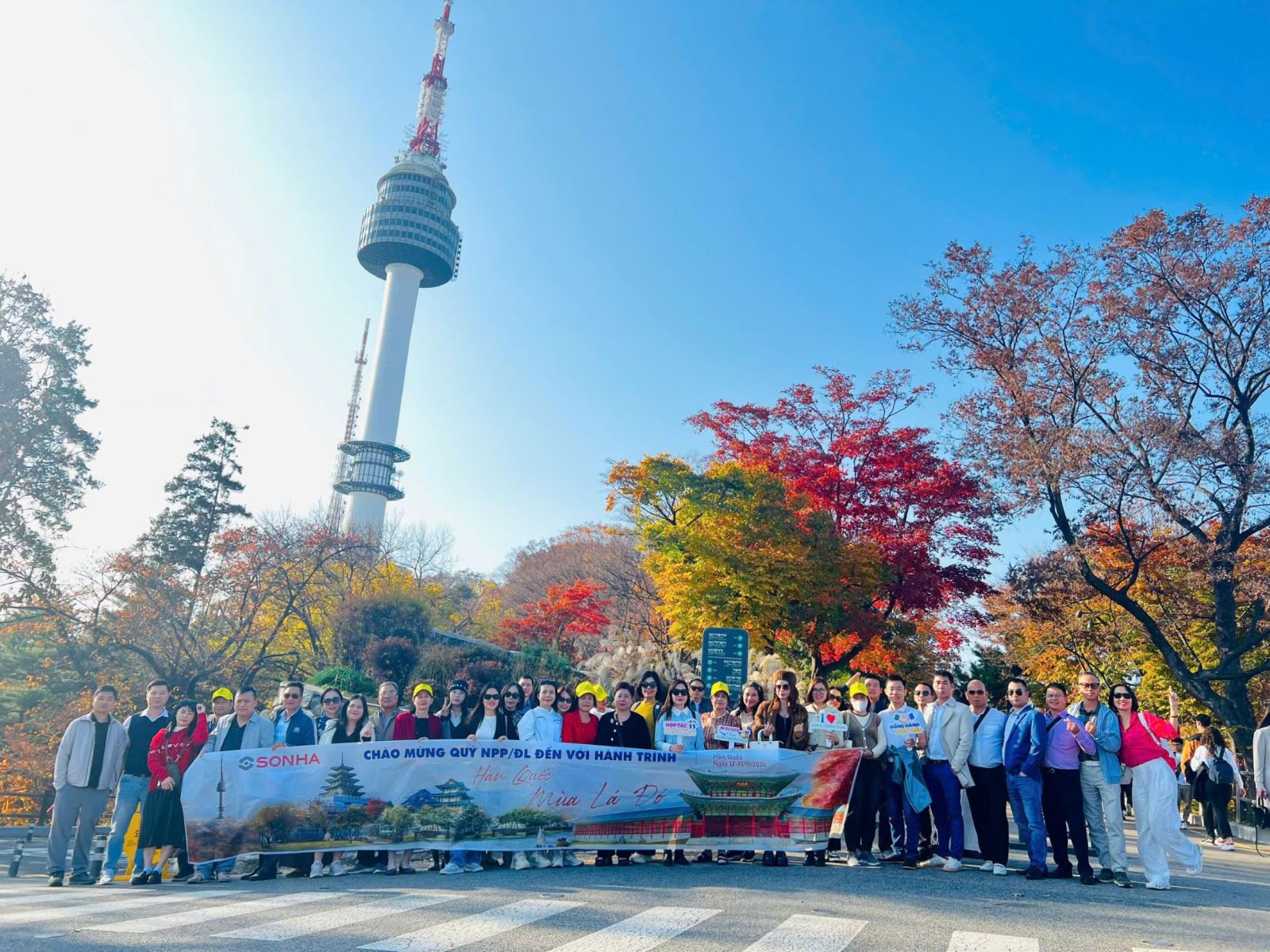
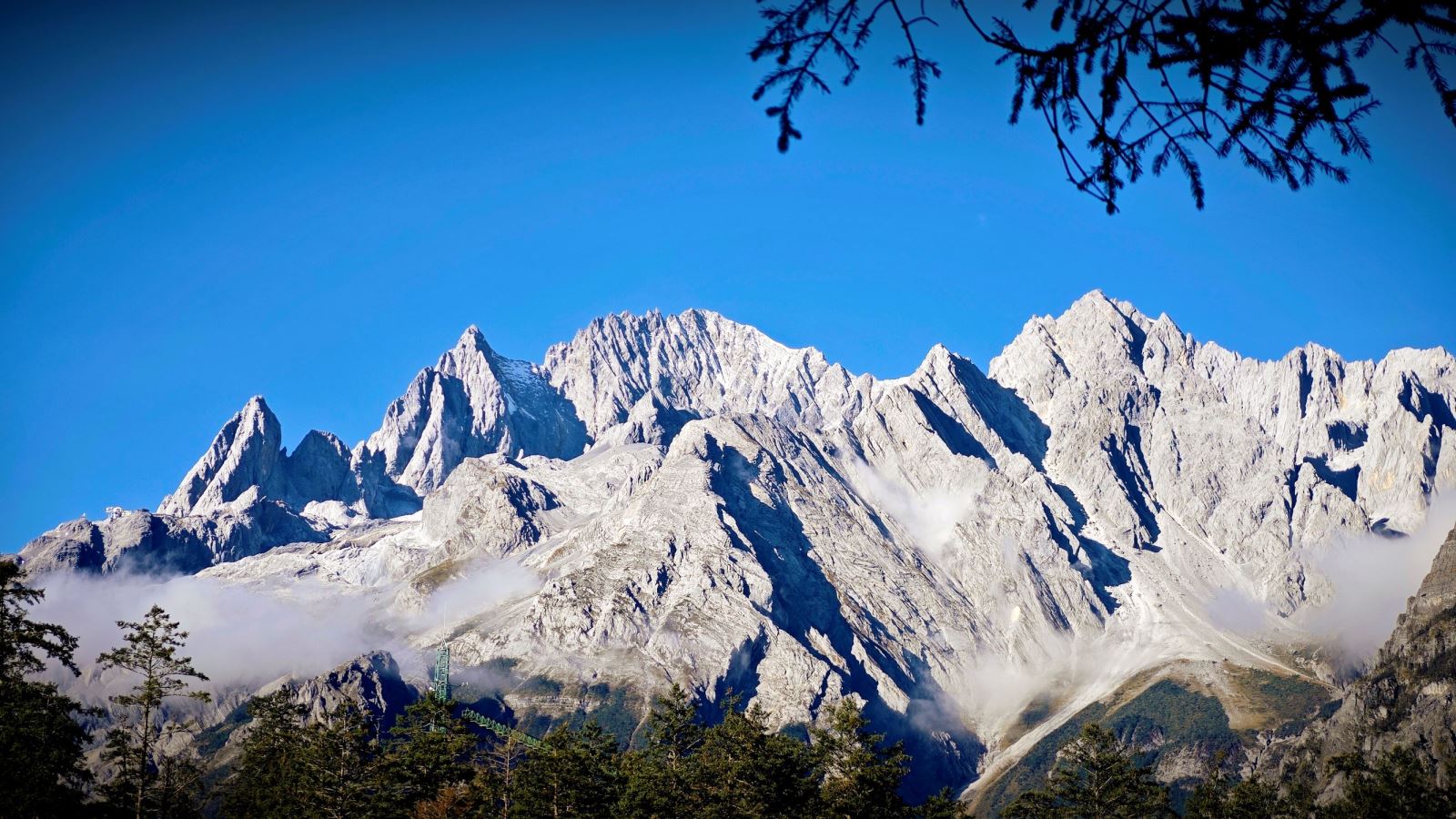
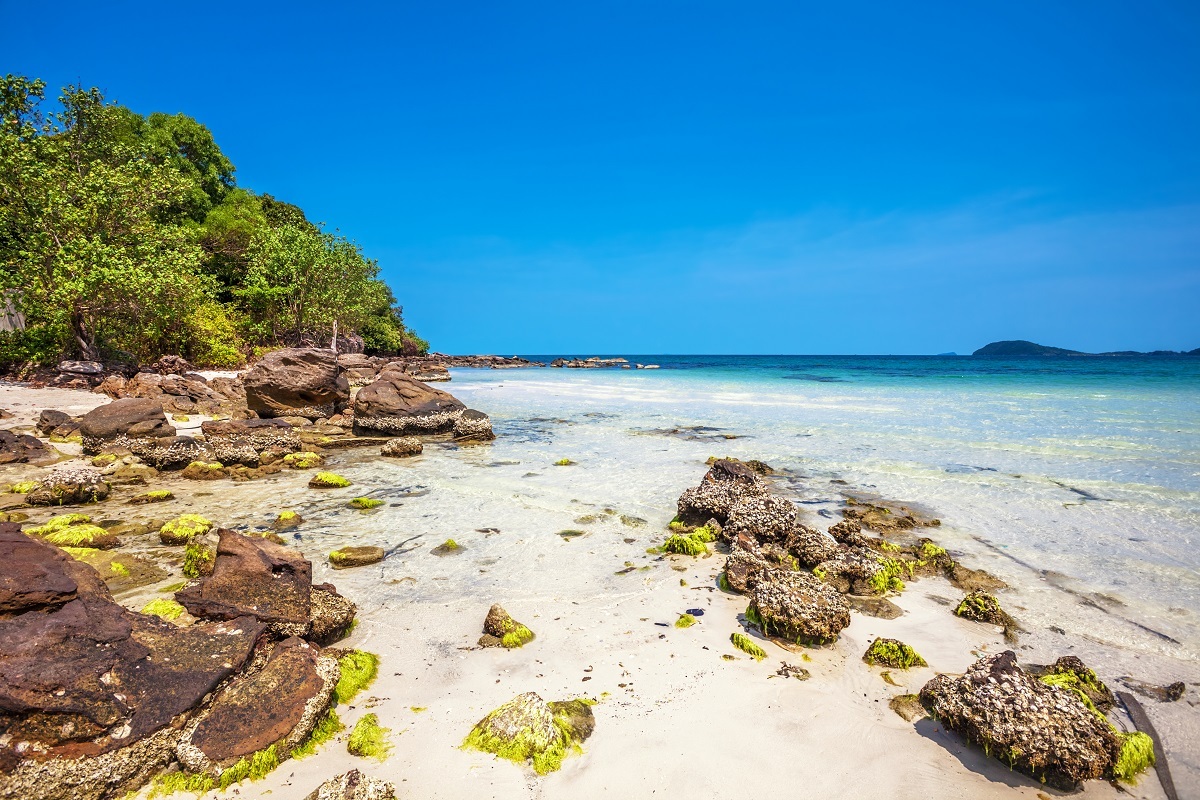
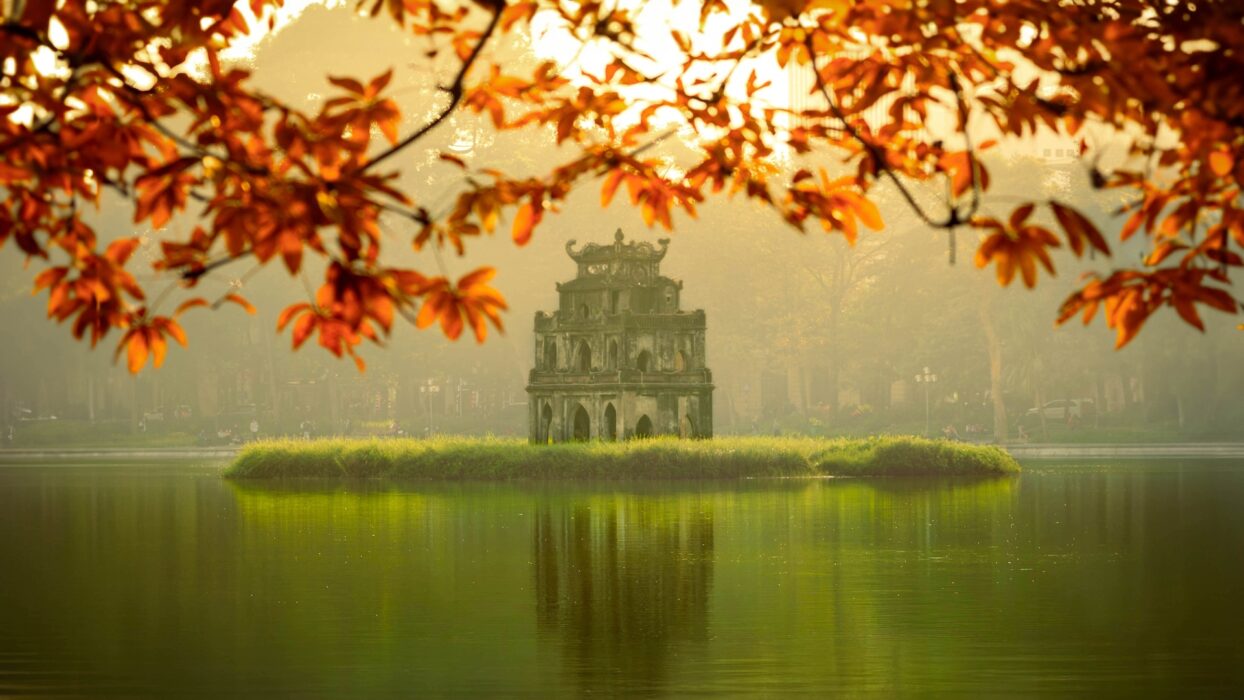
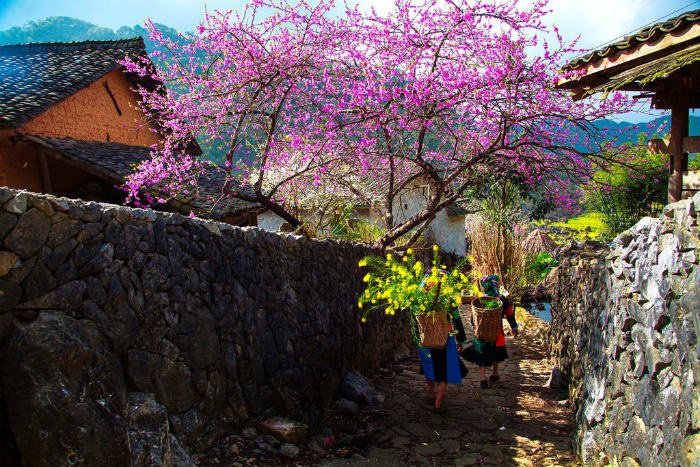
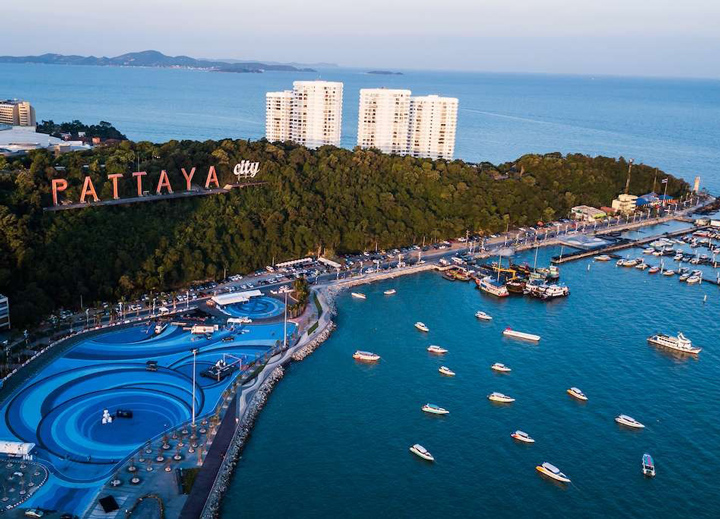
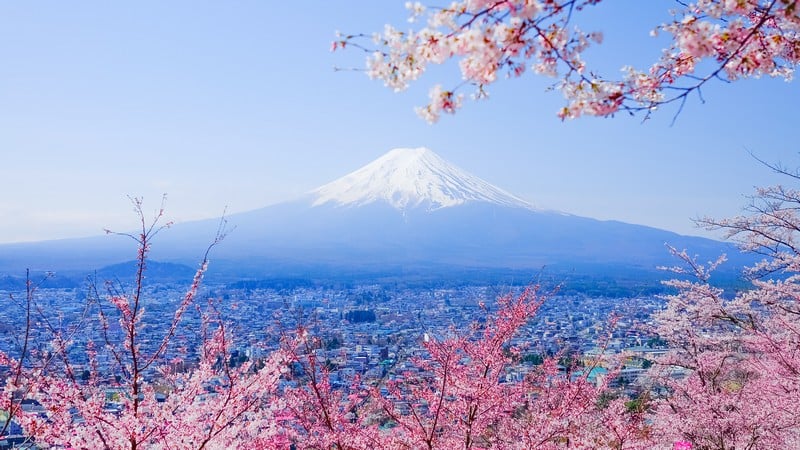
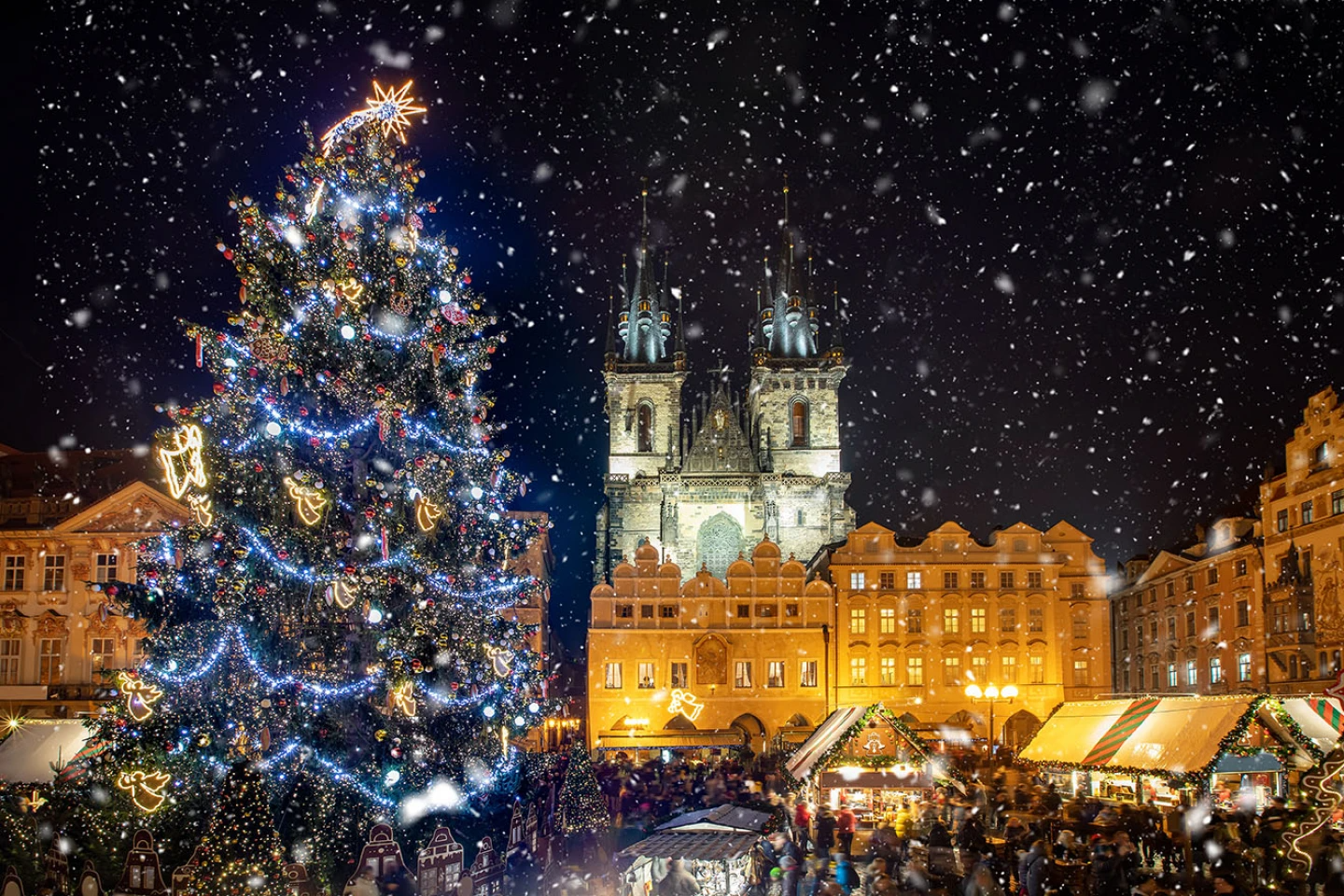
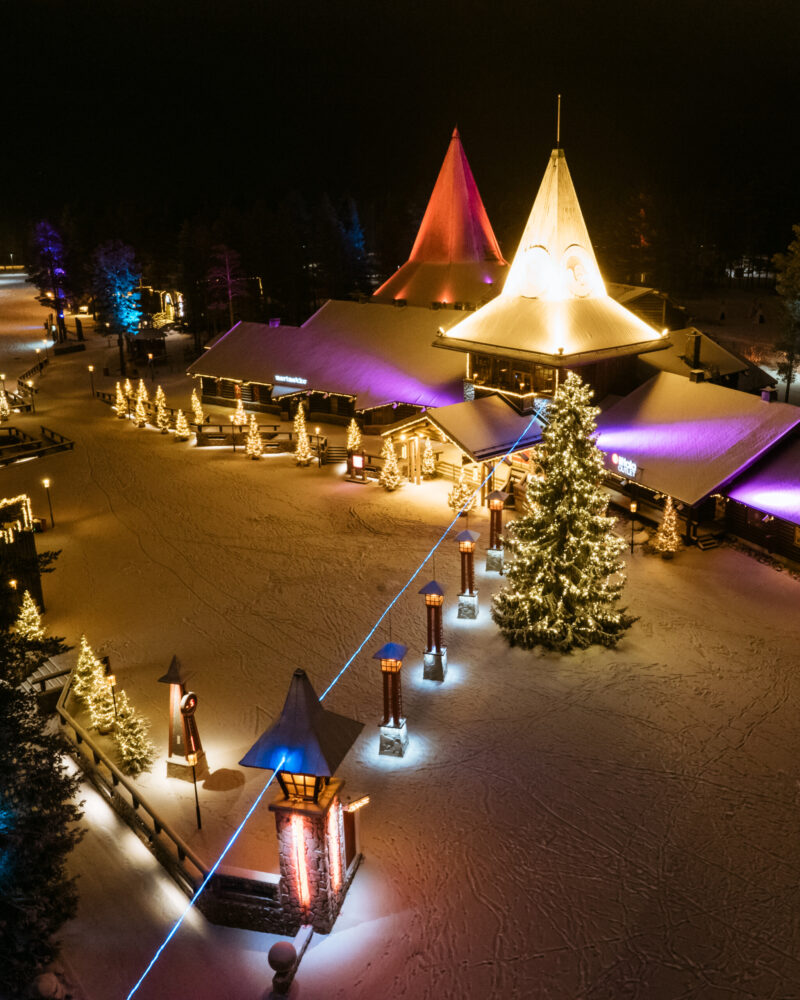
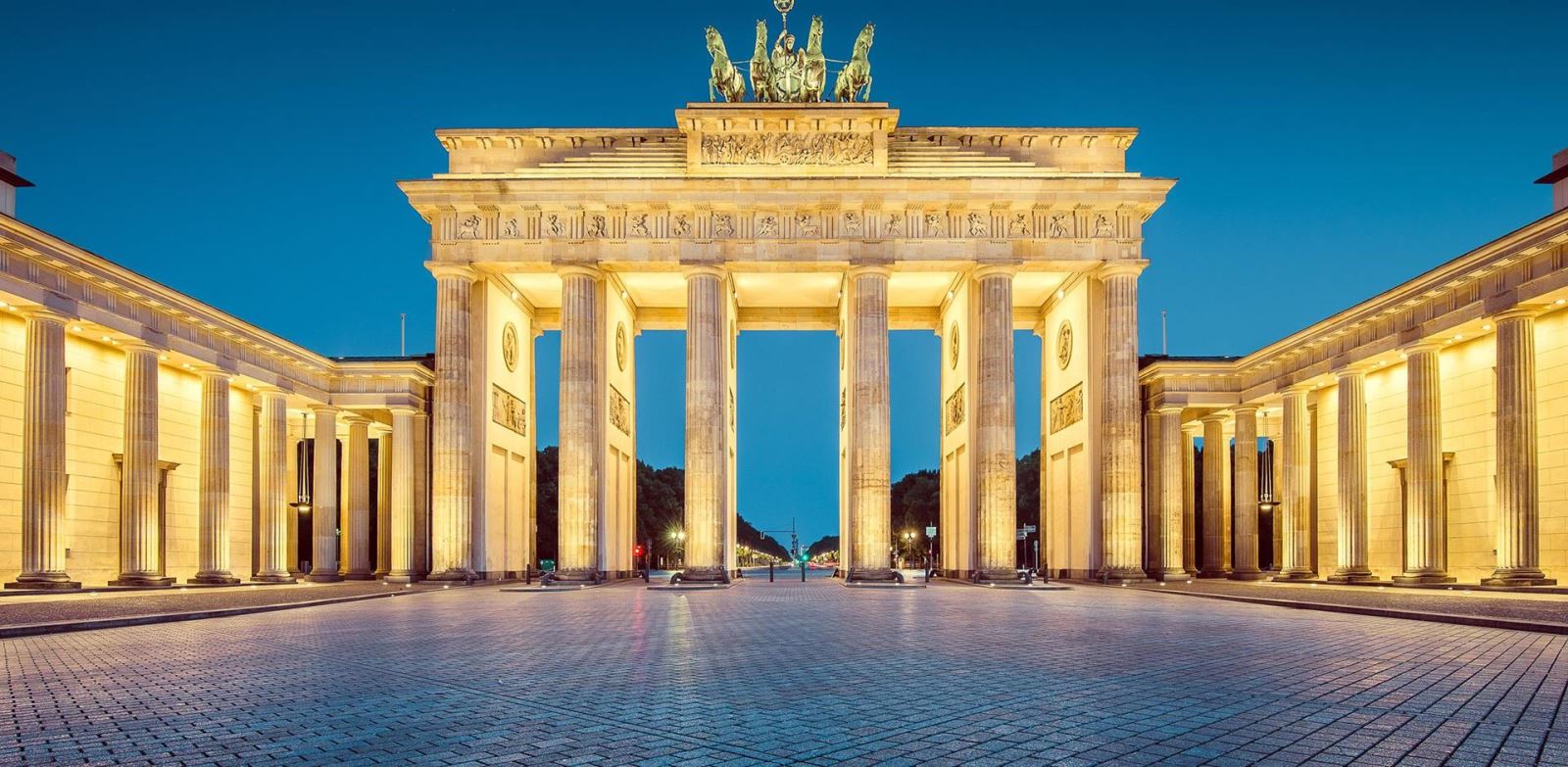
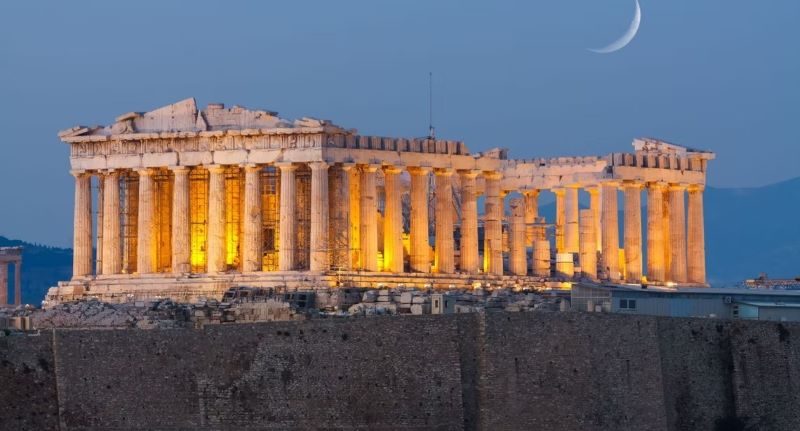
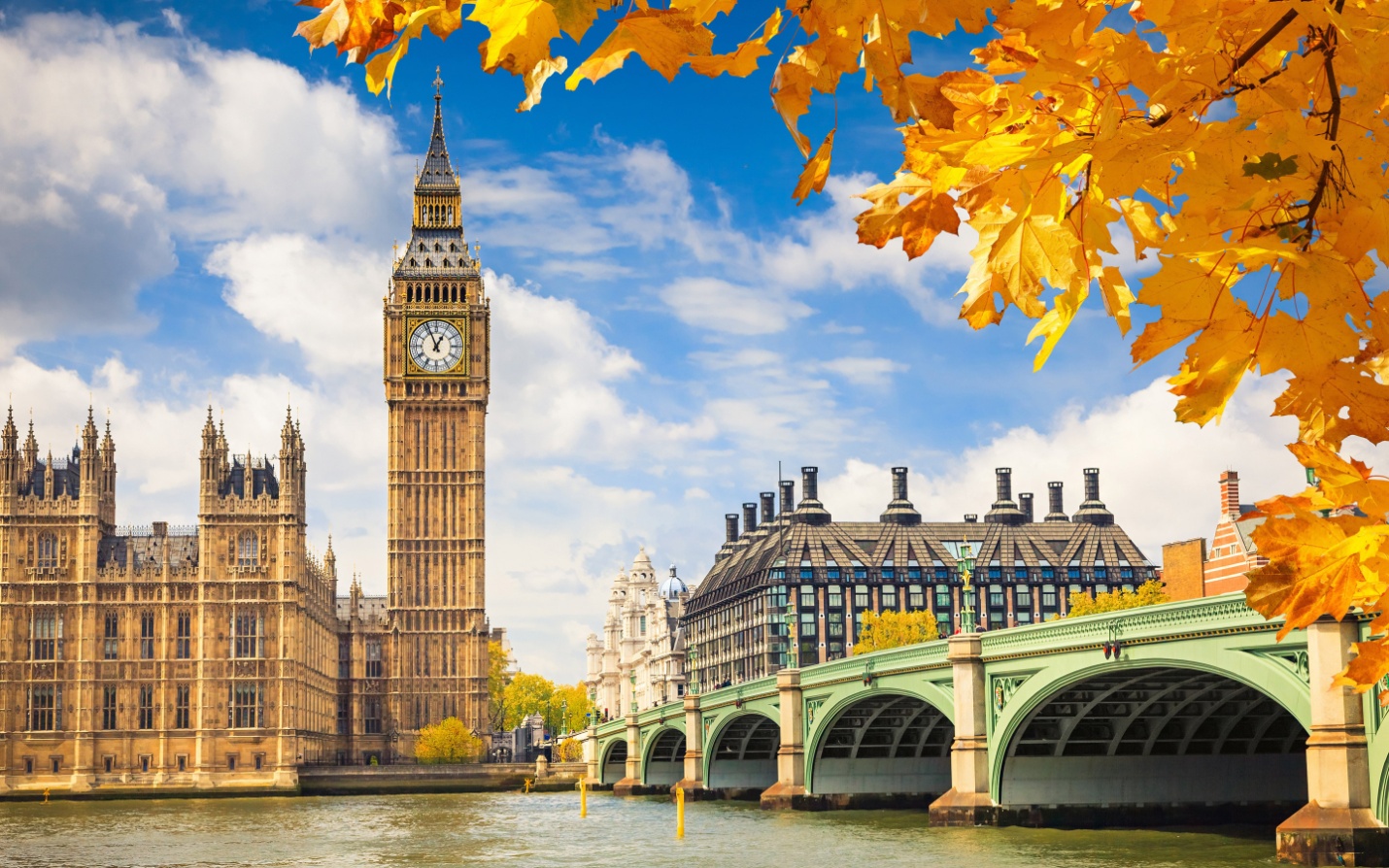
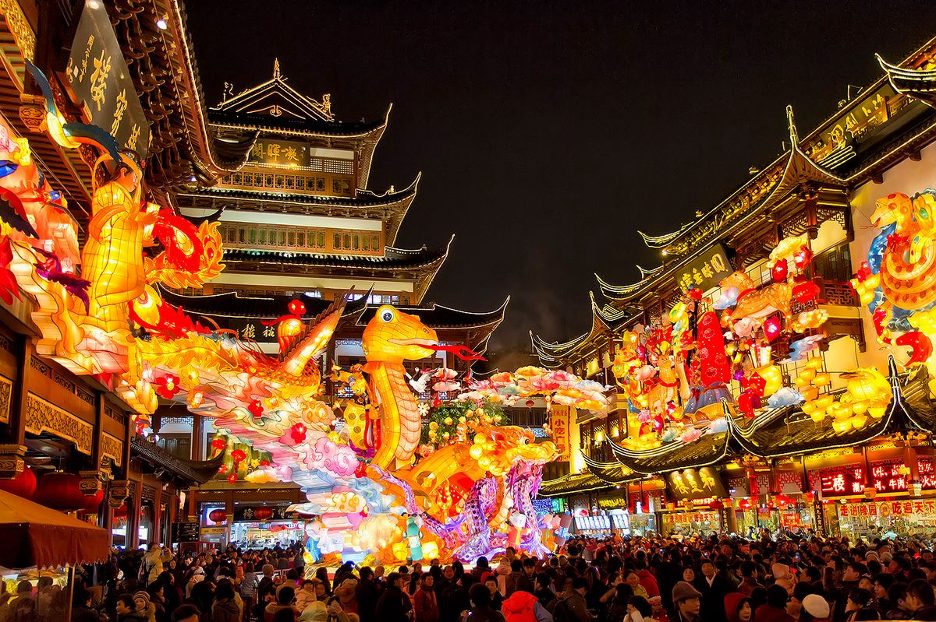
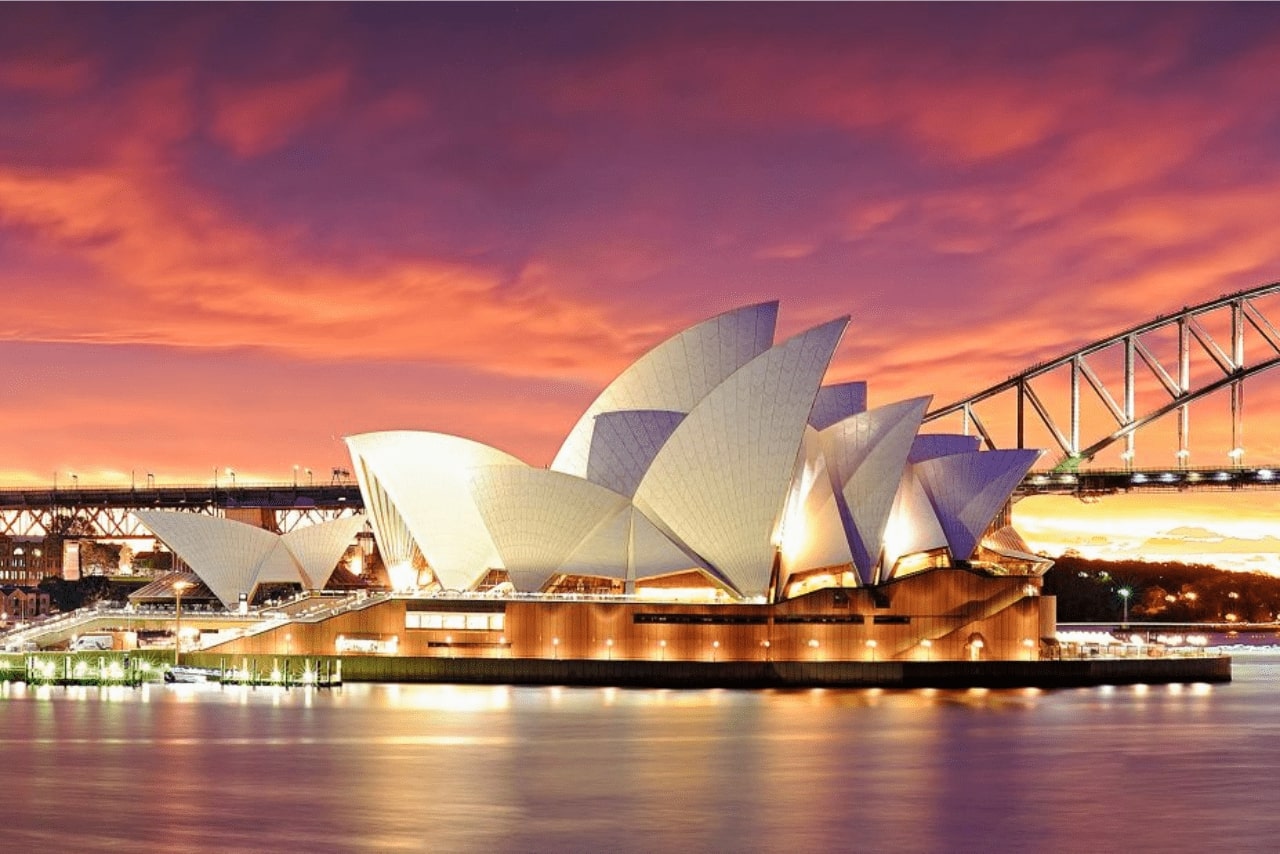
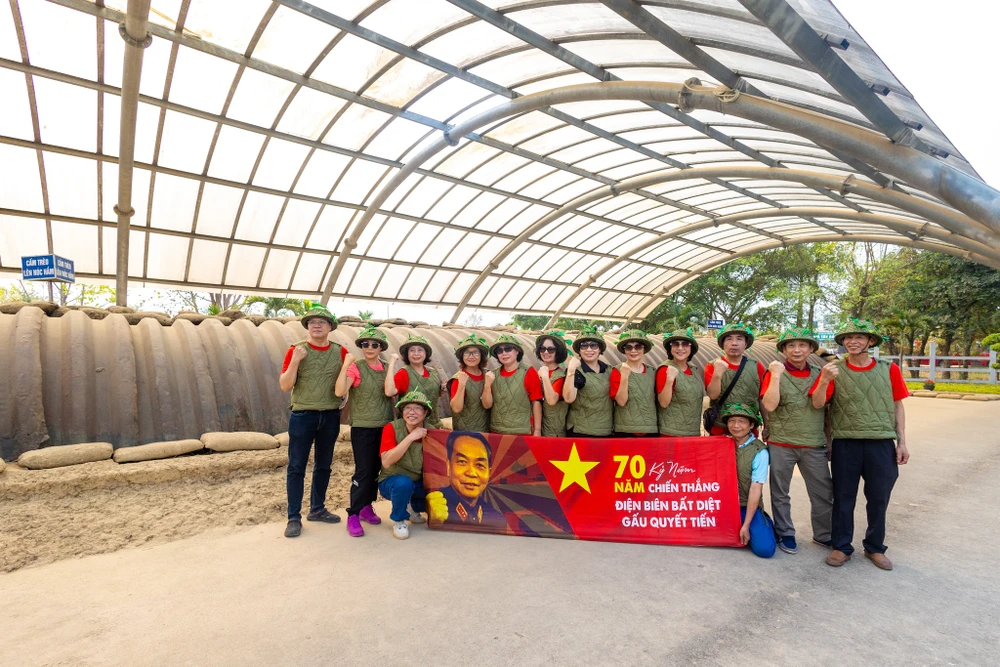
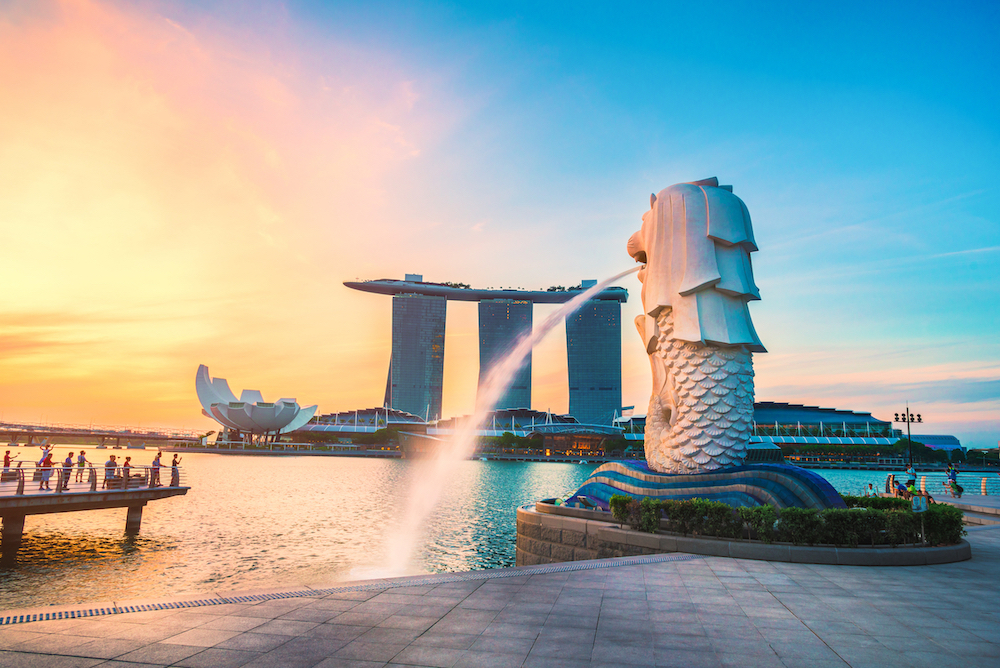
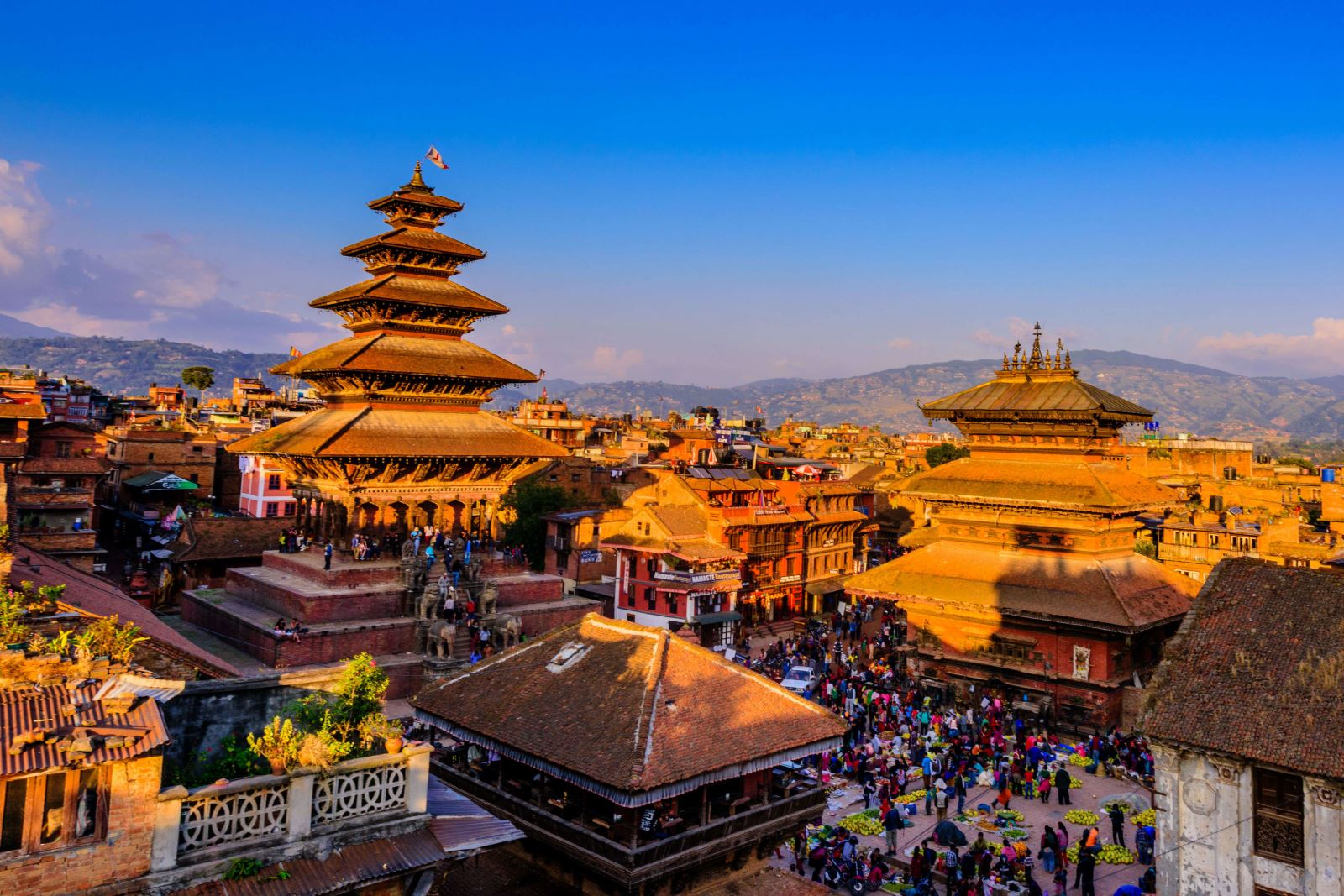
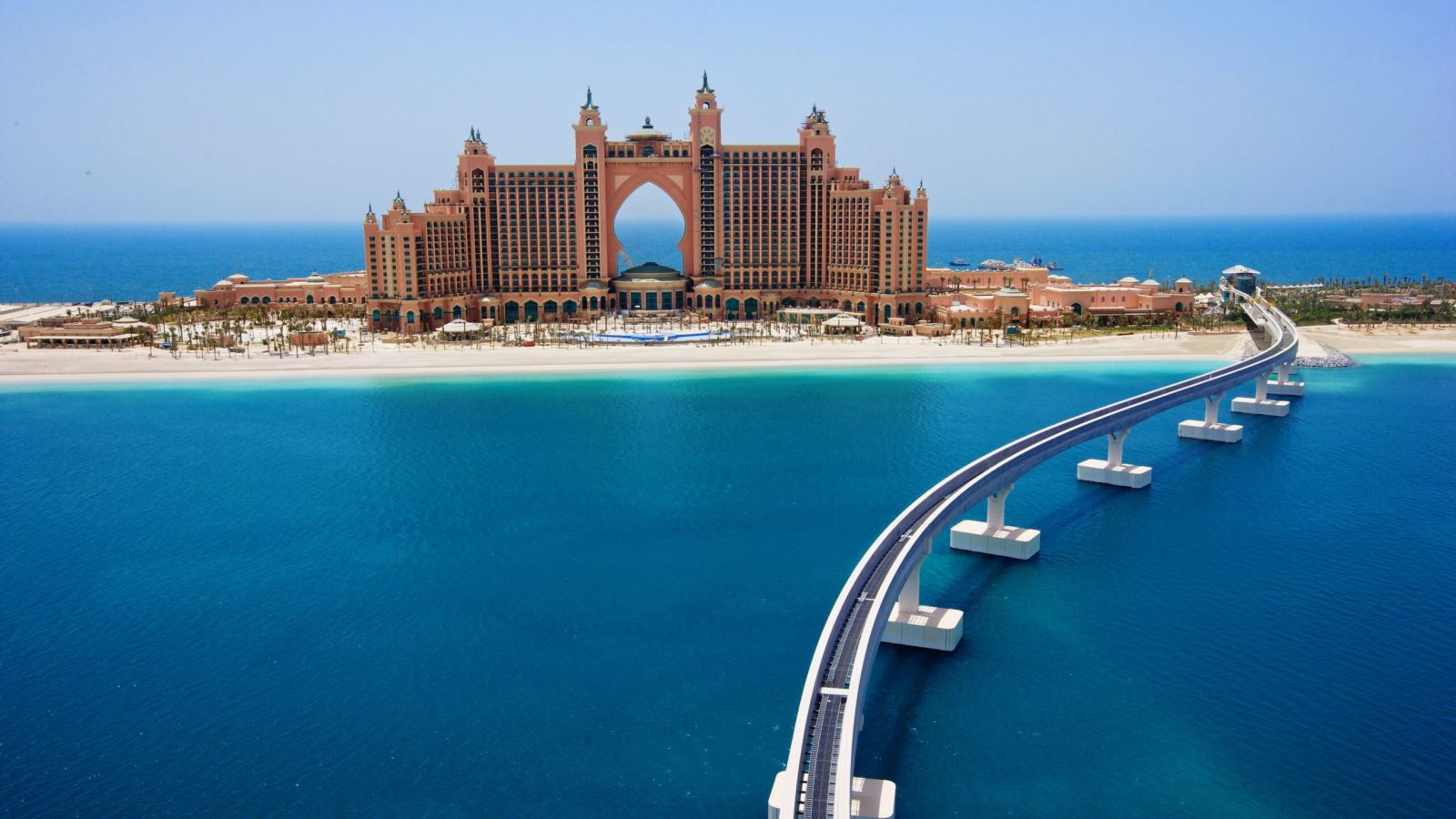
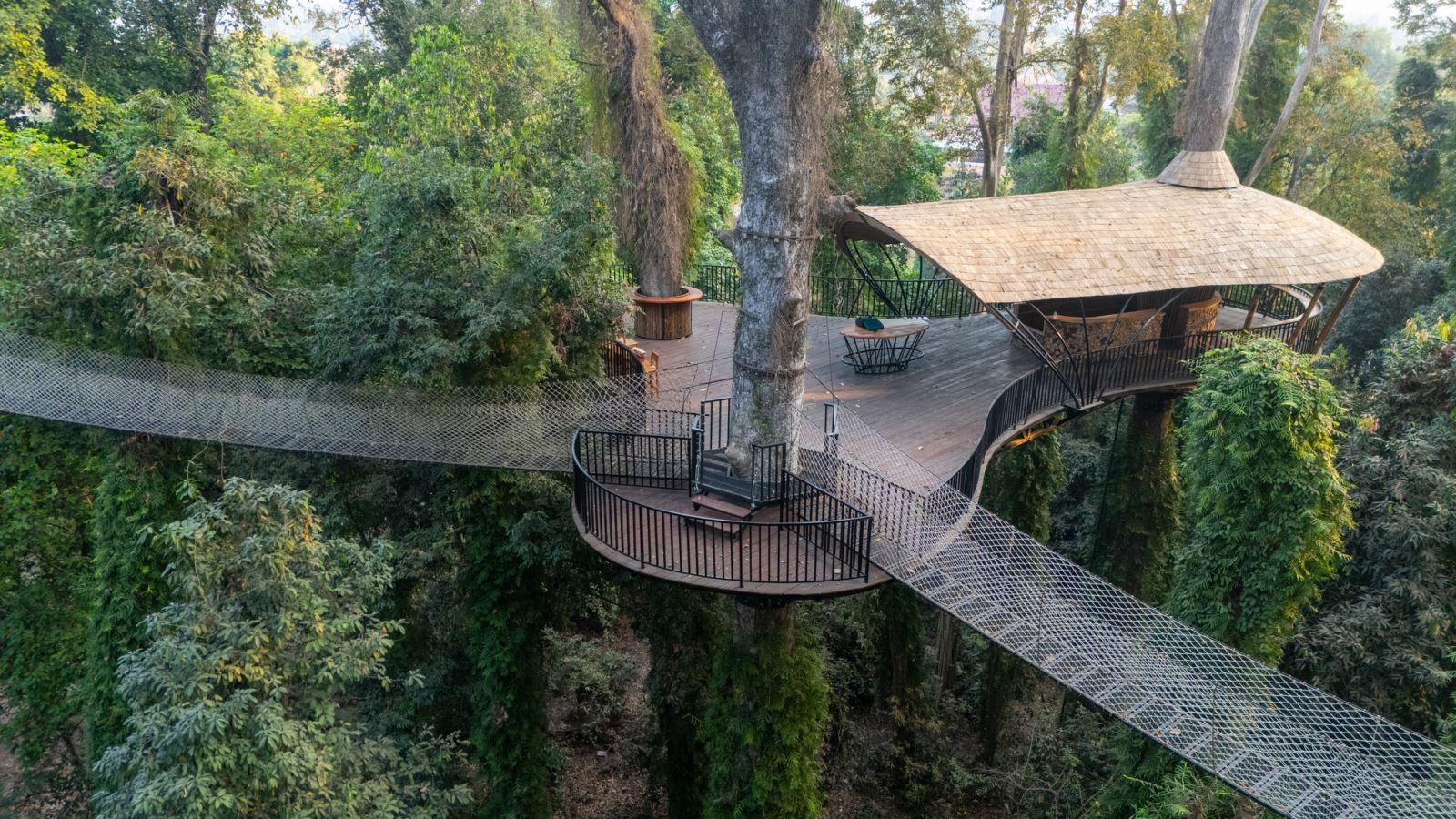
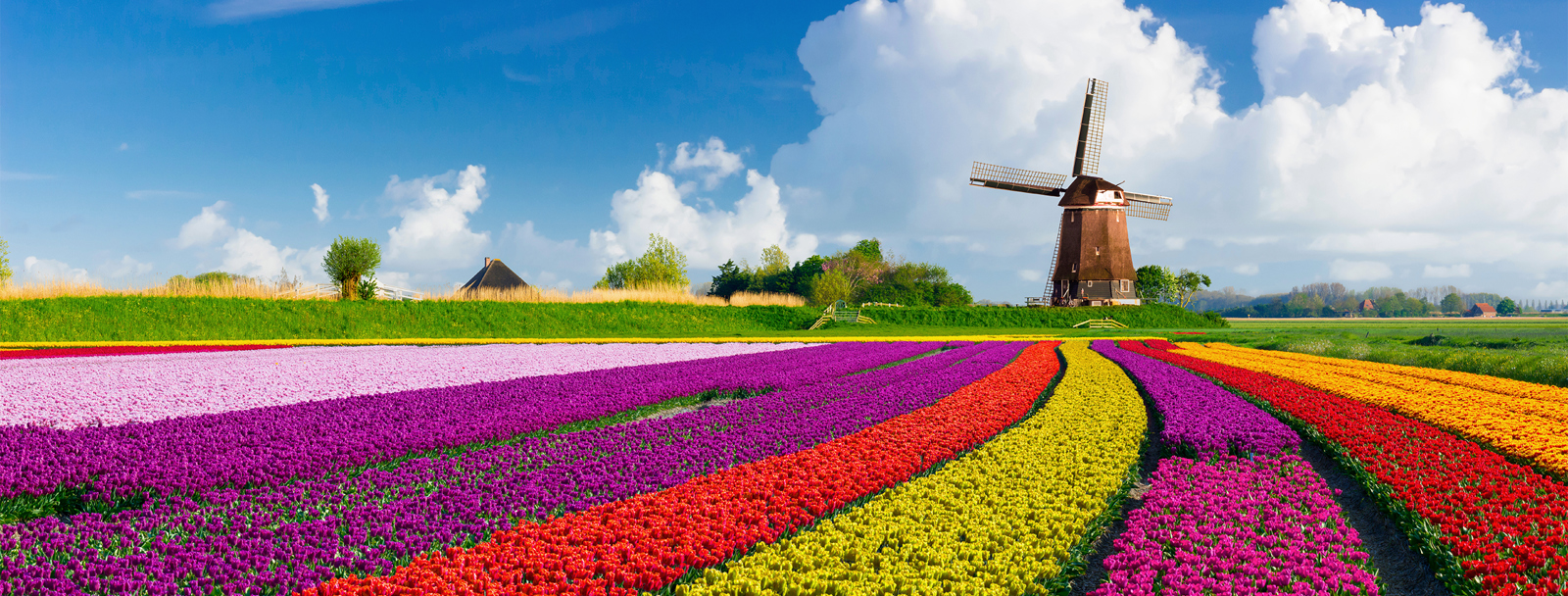
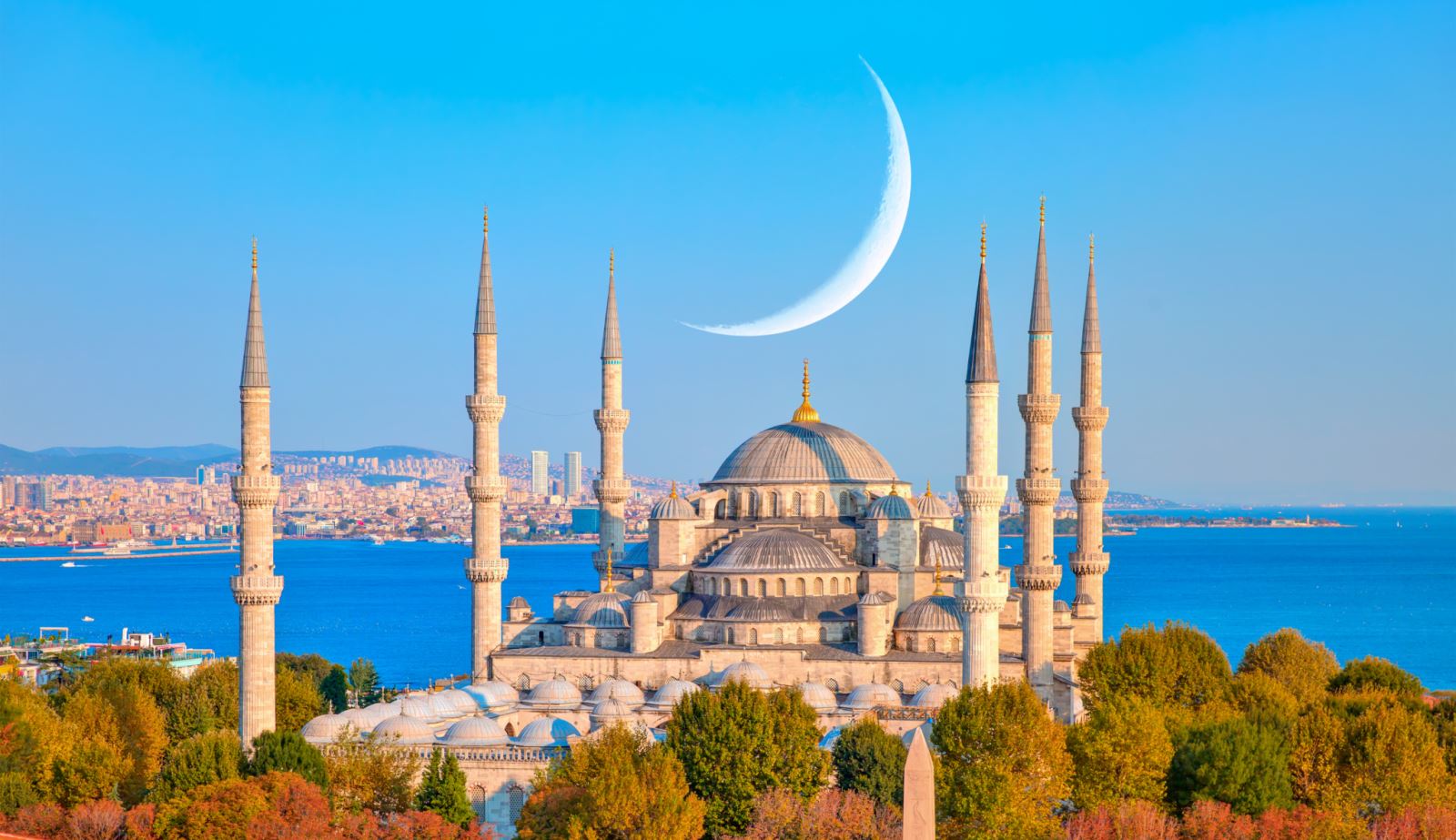
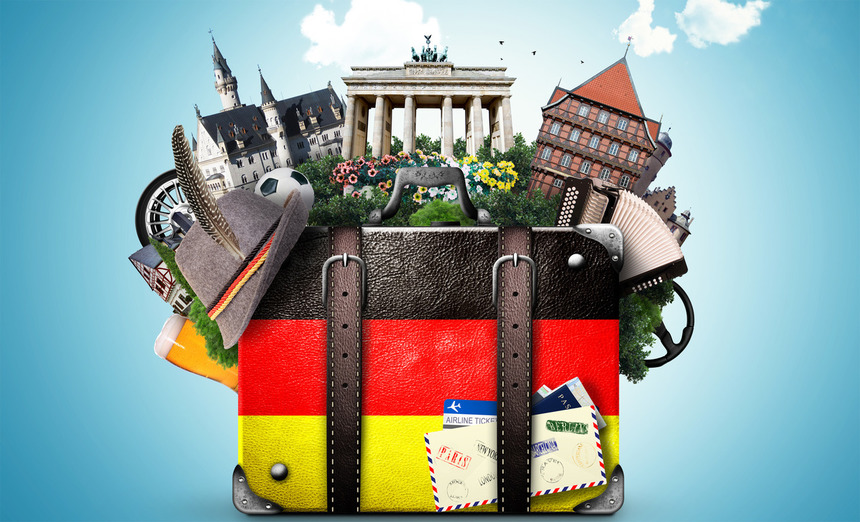
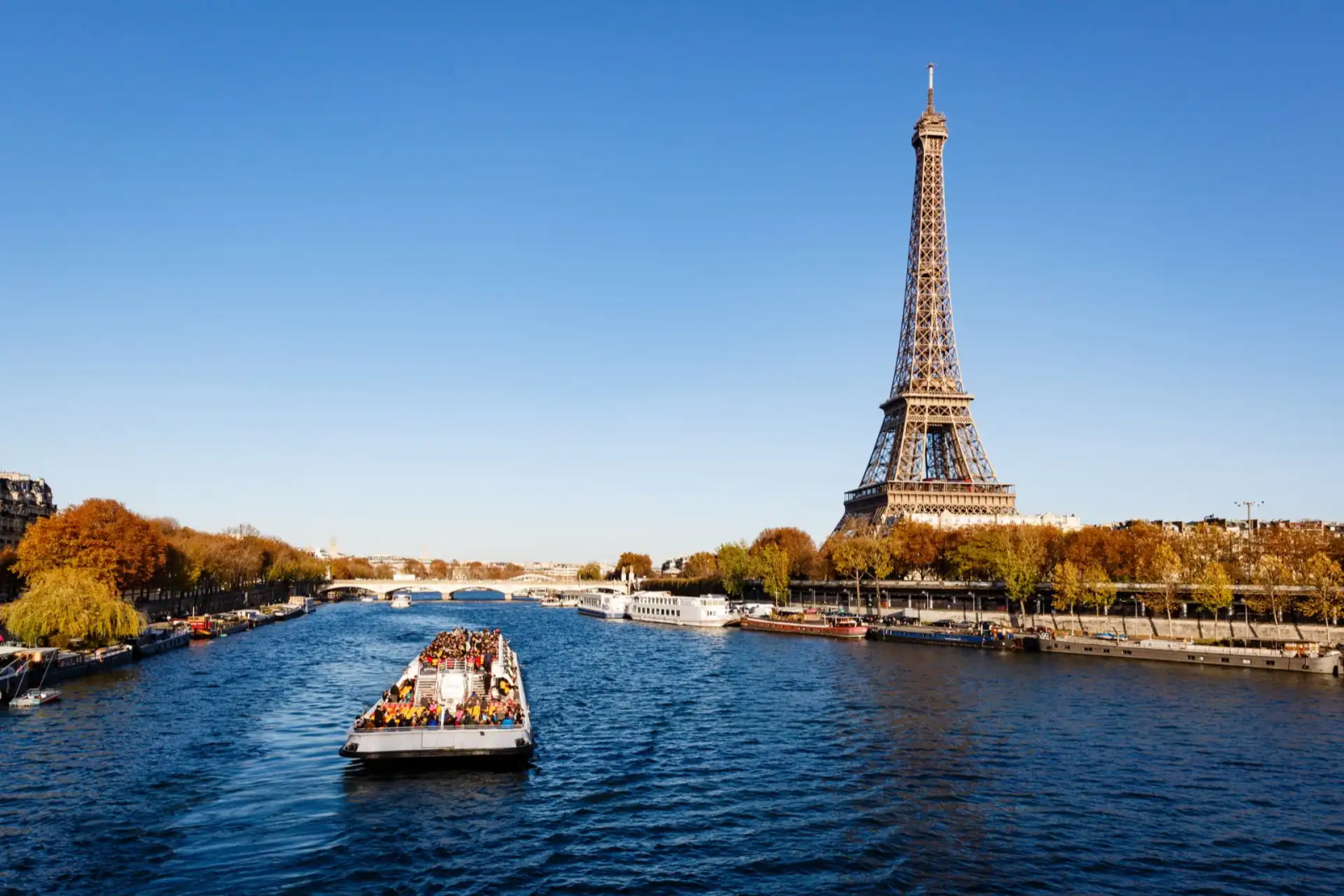
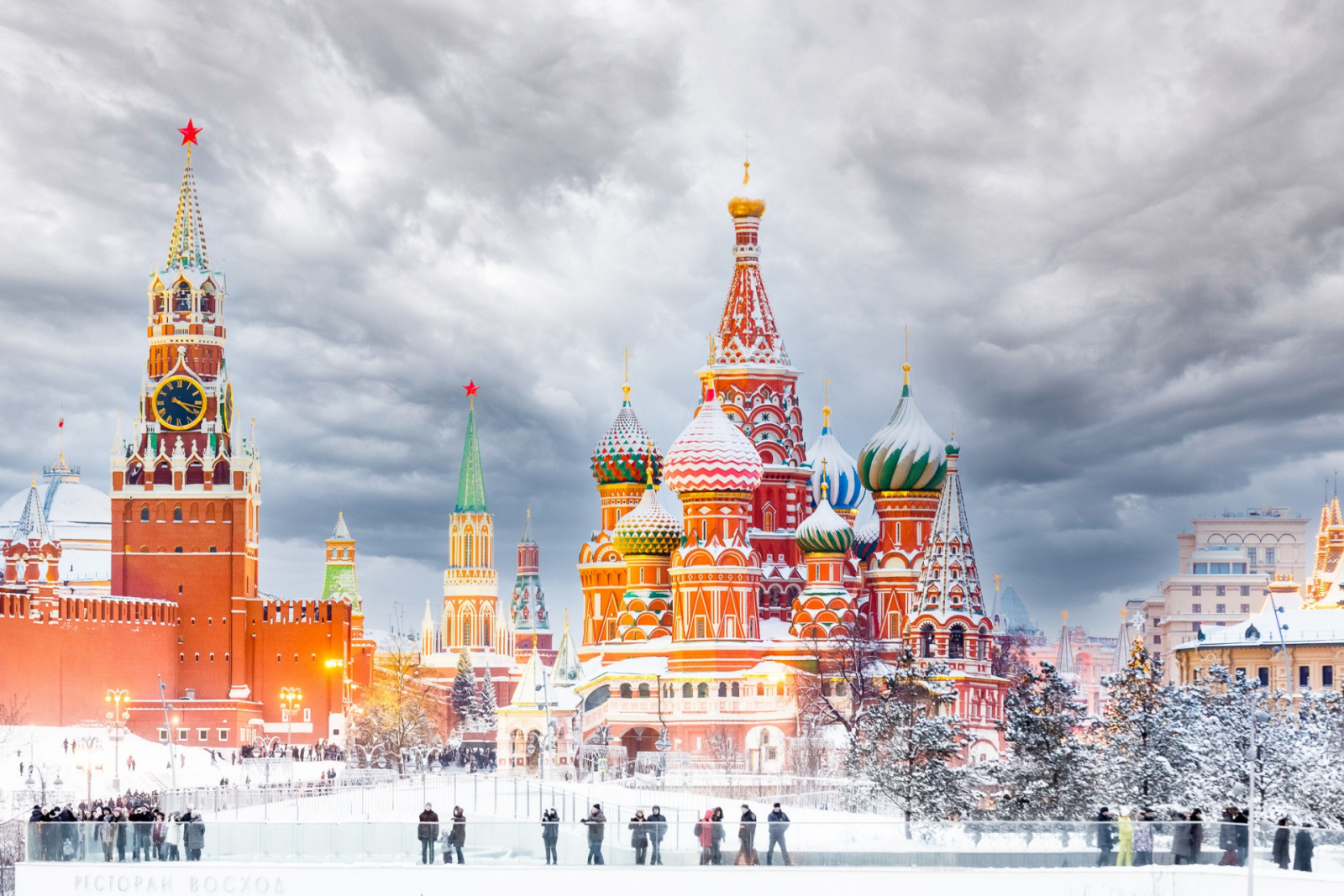
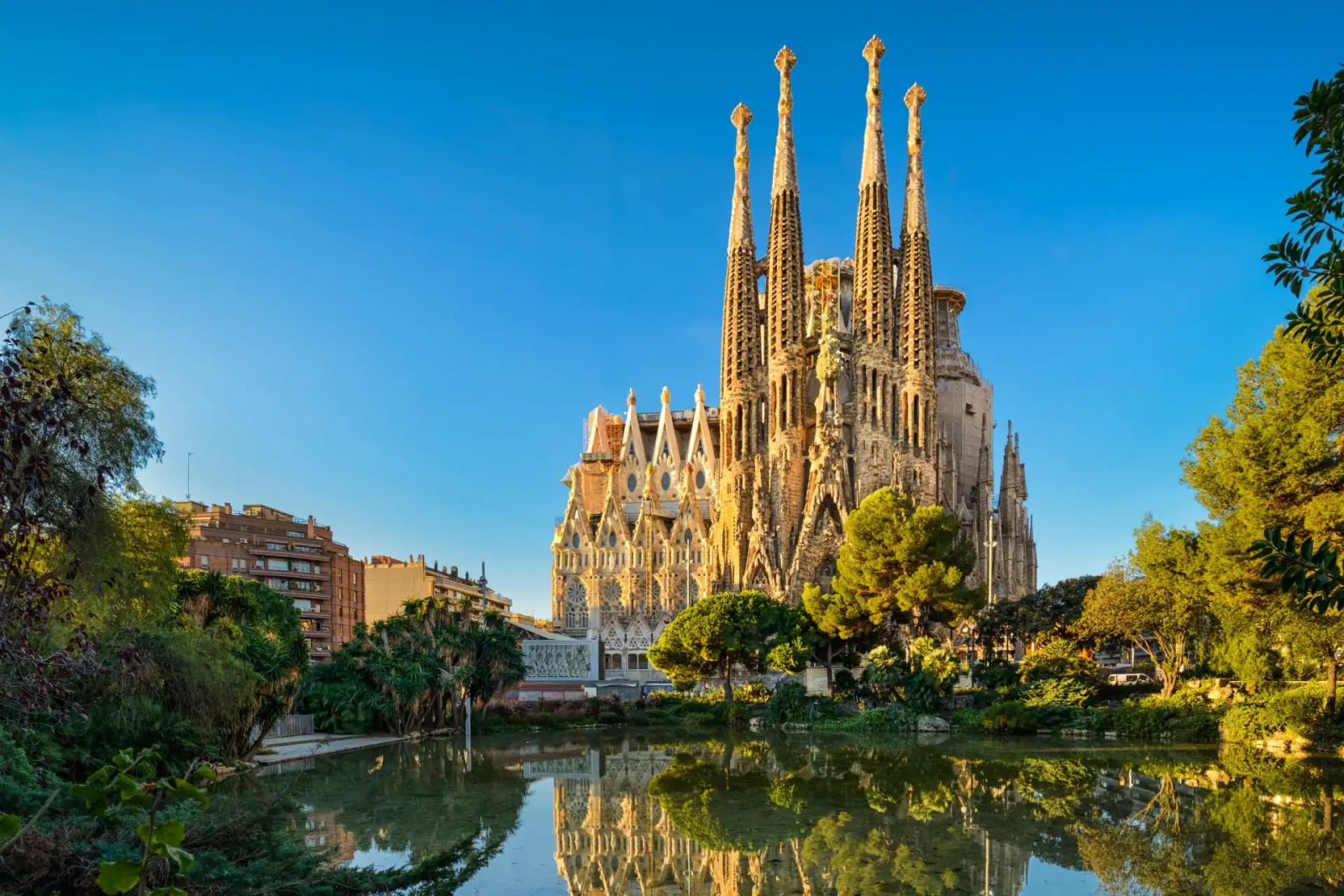
.jpg)
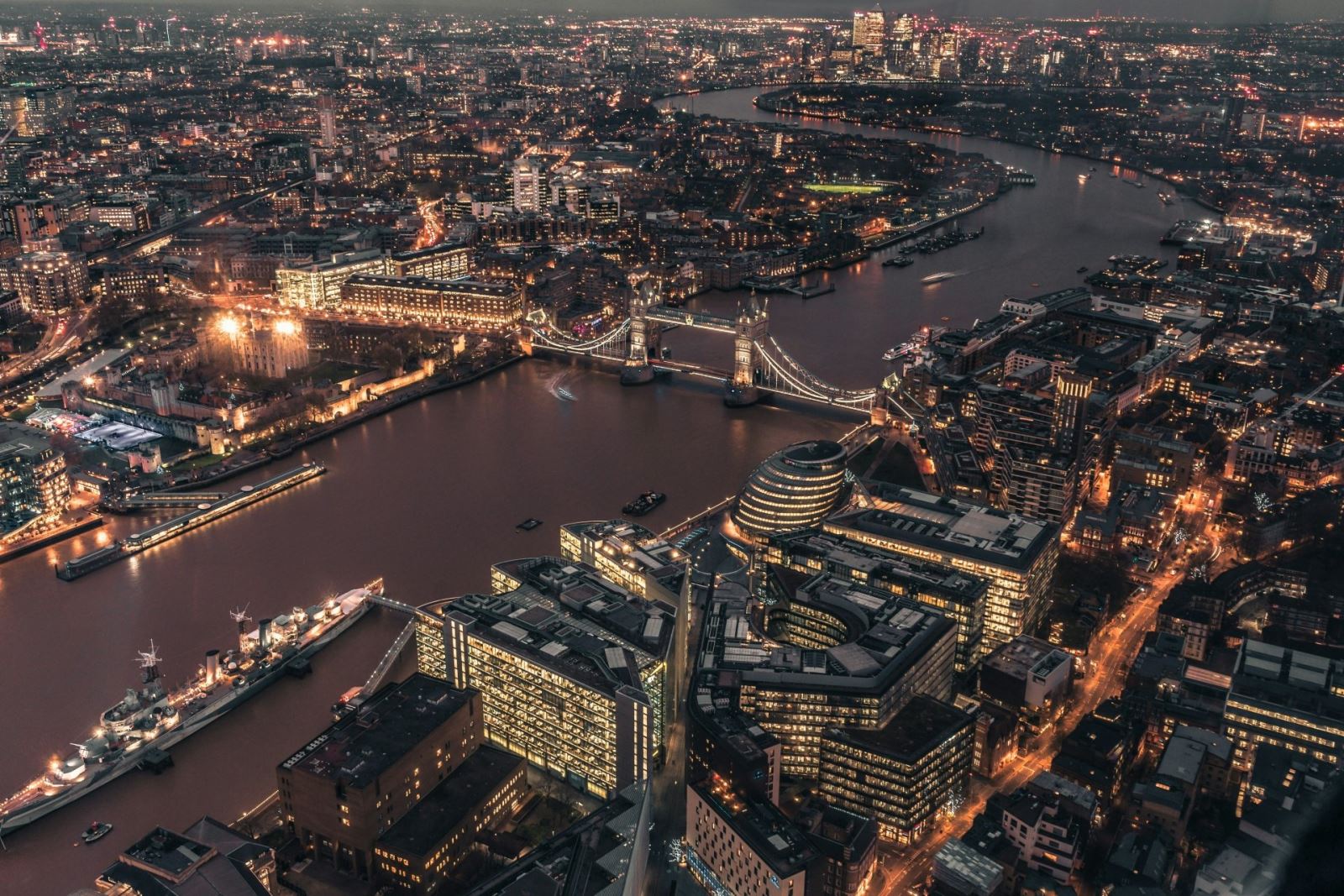
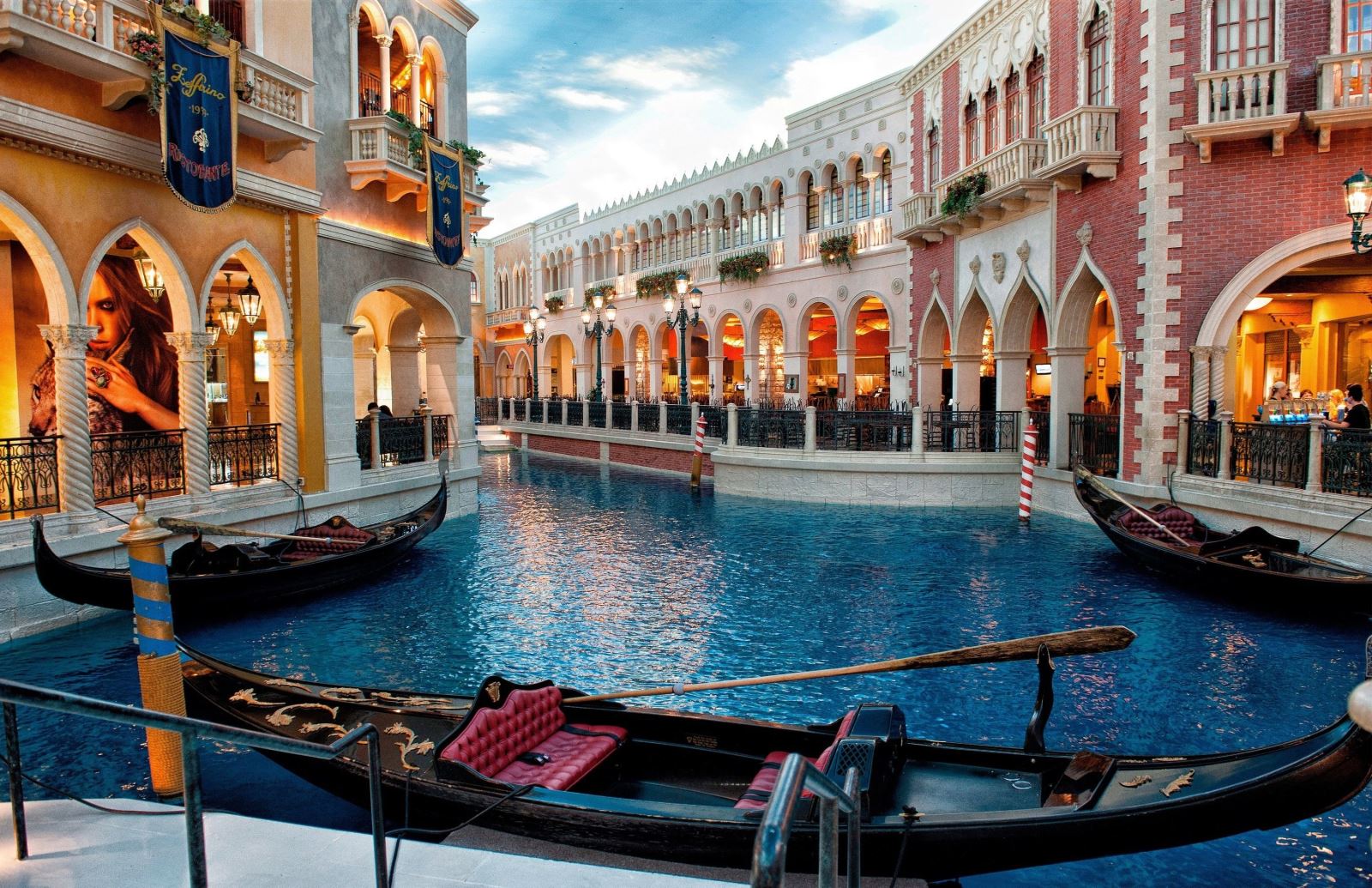

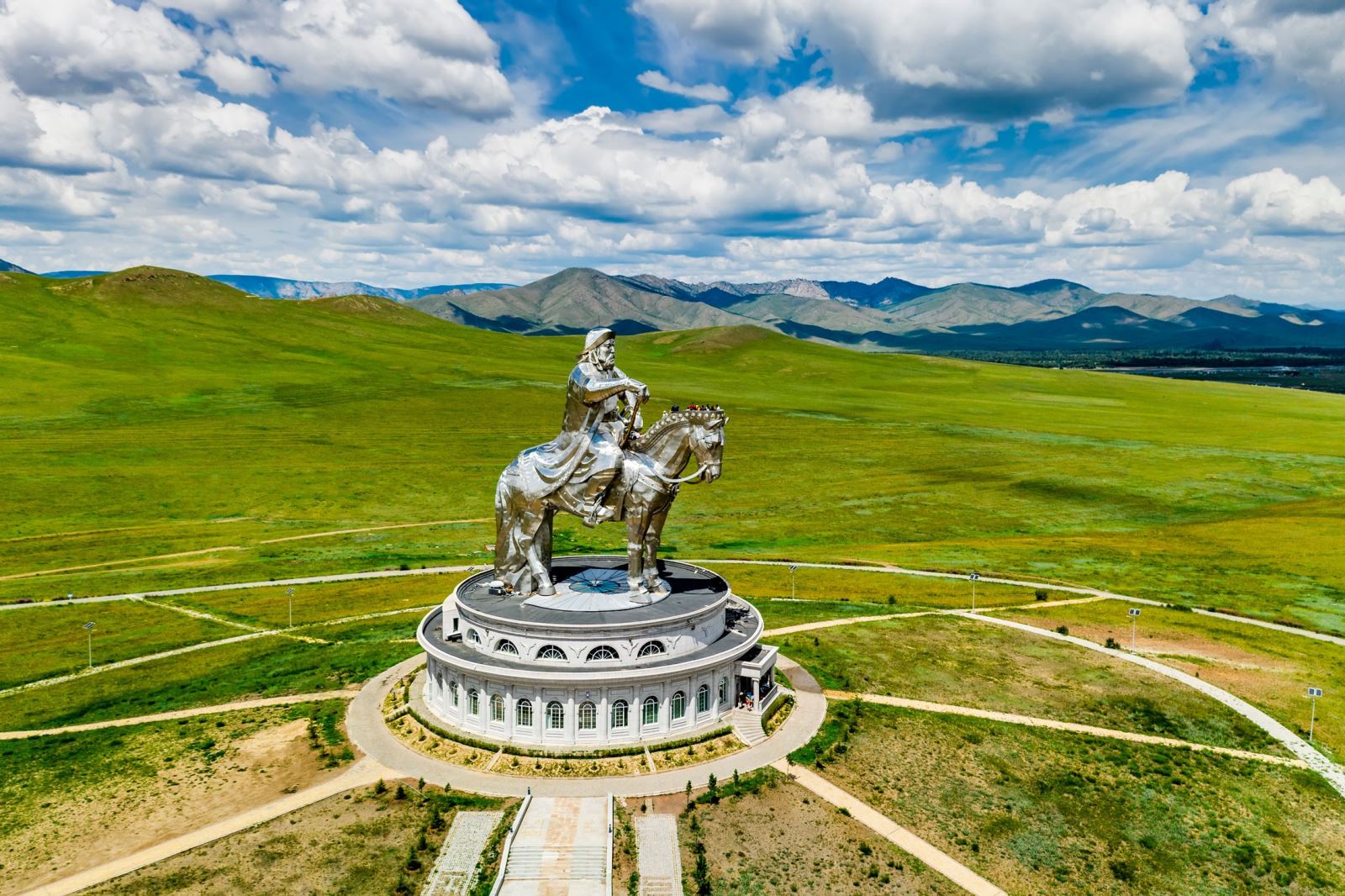
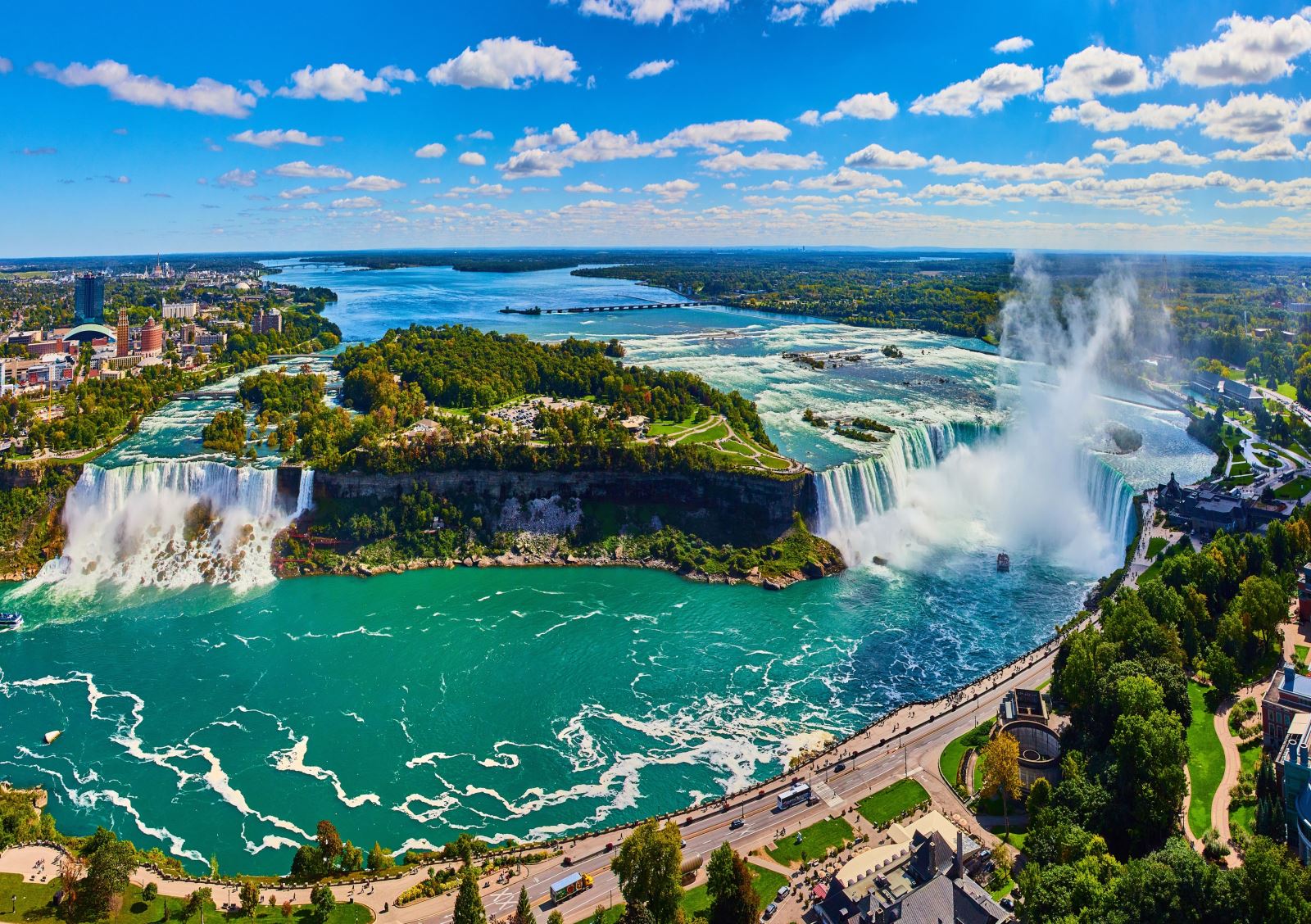
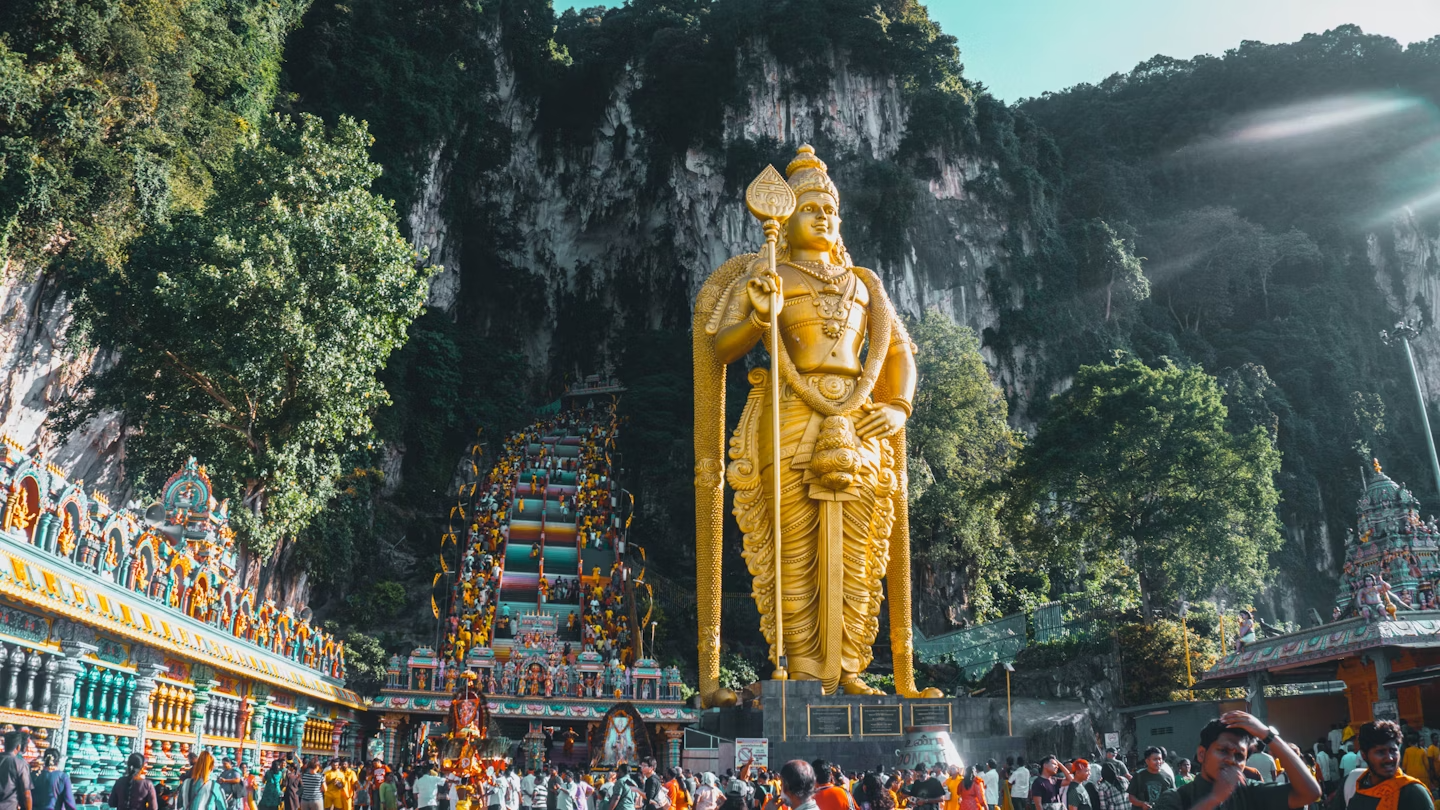
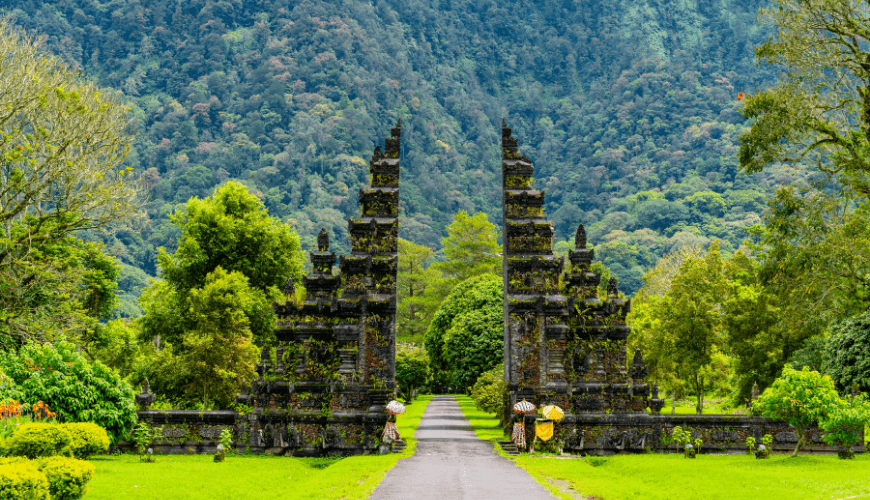
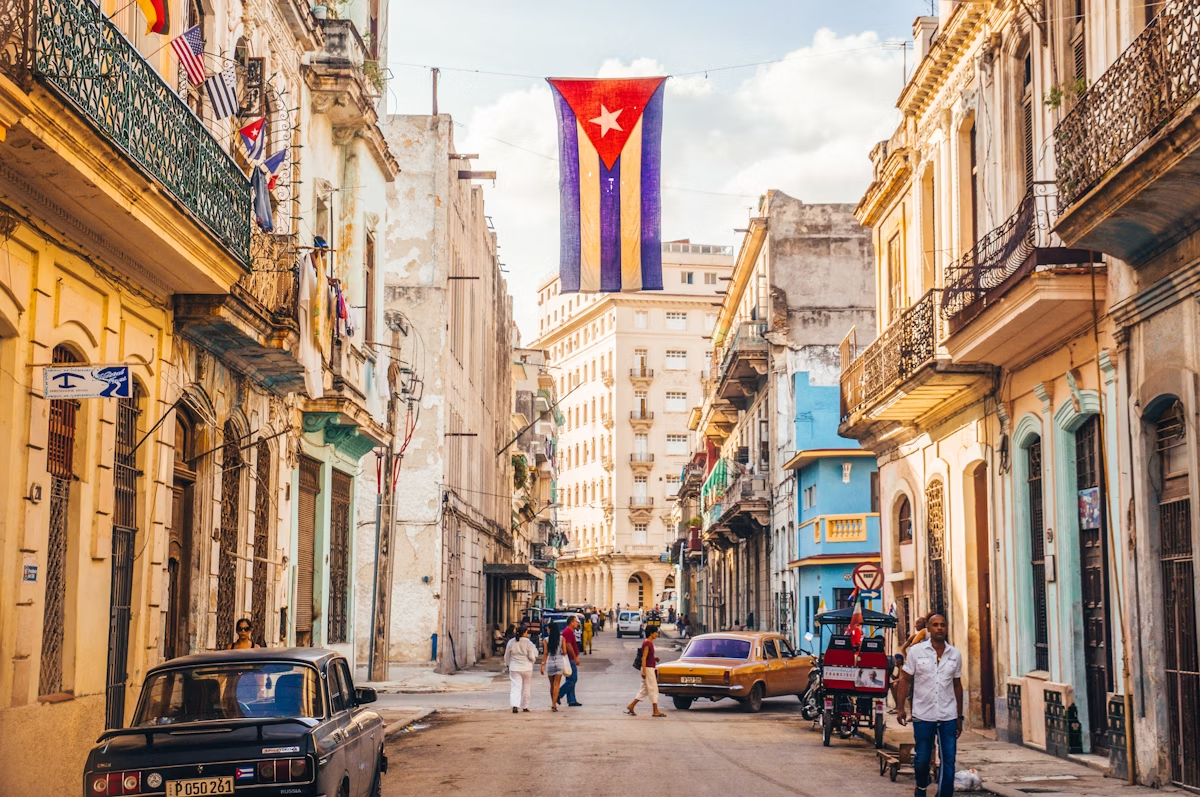
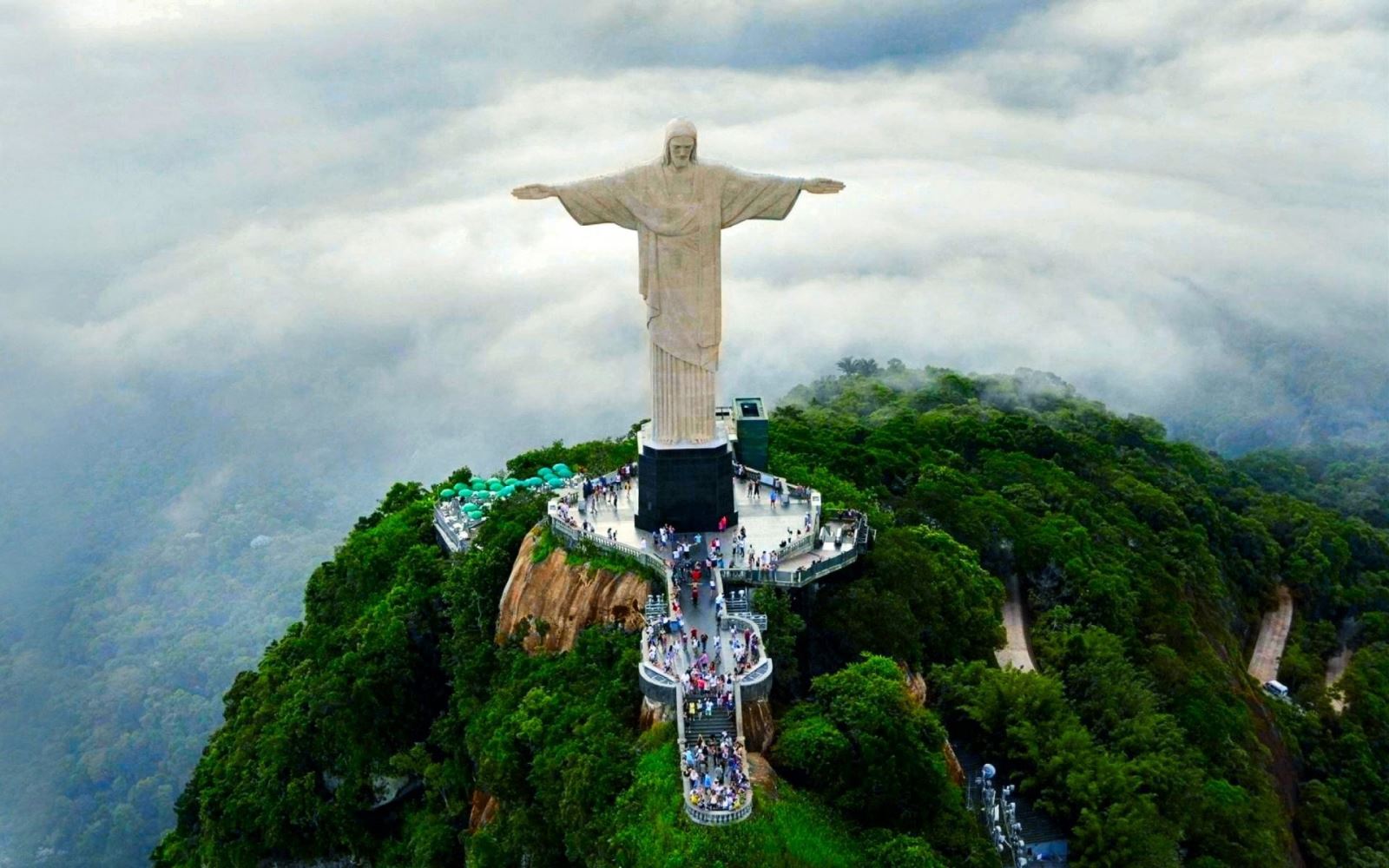
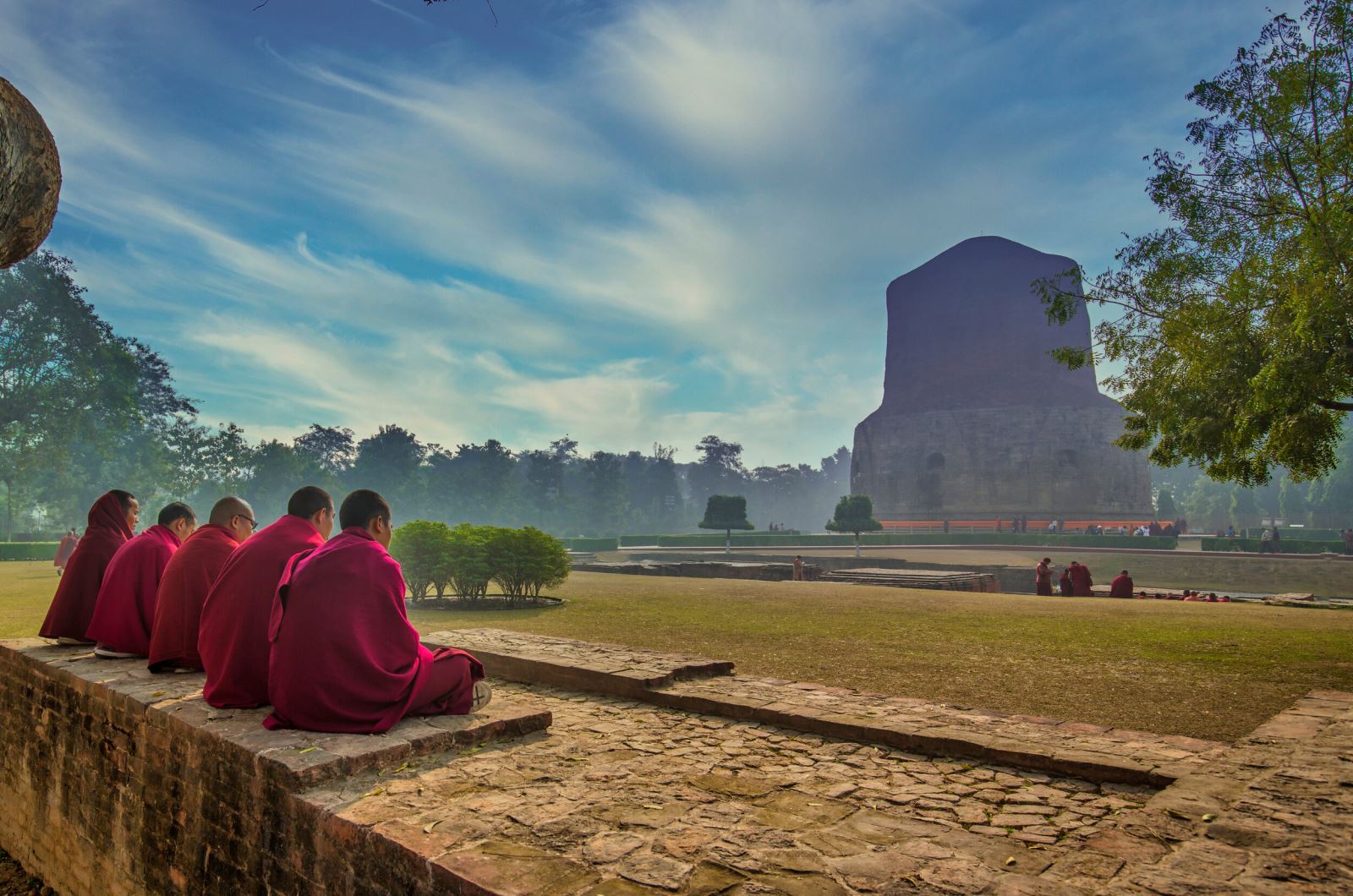
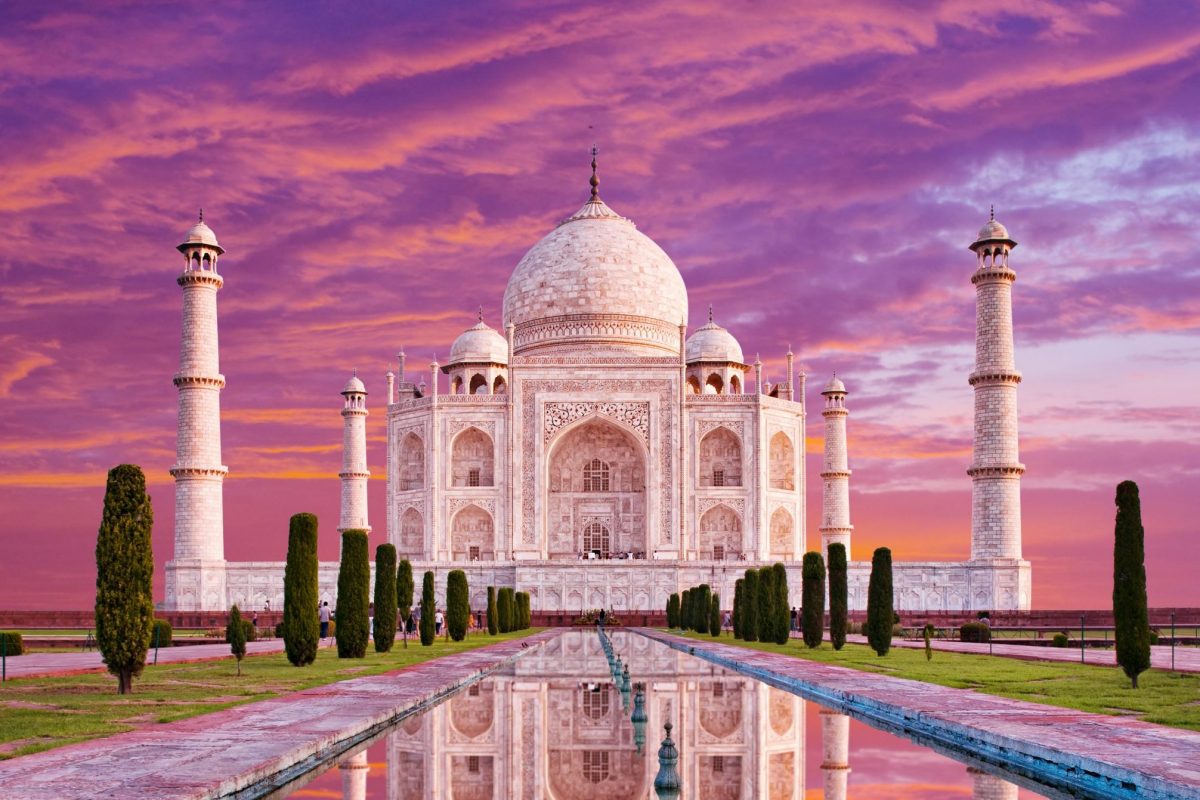


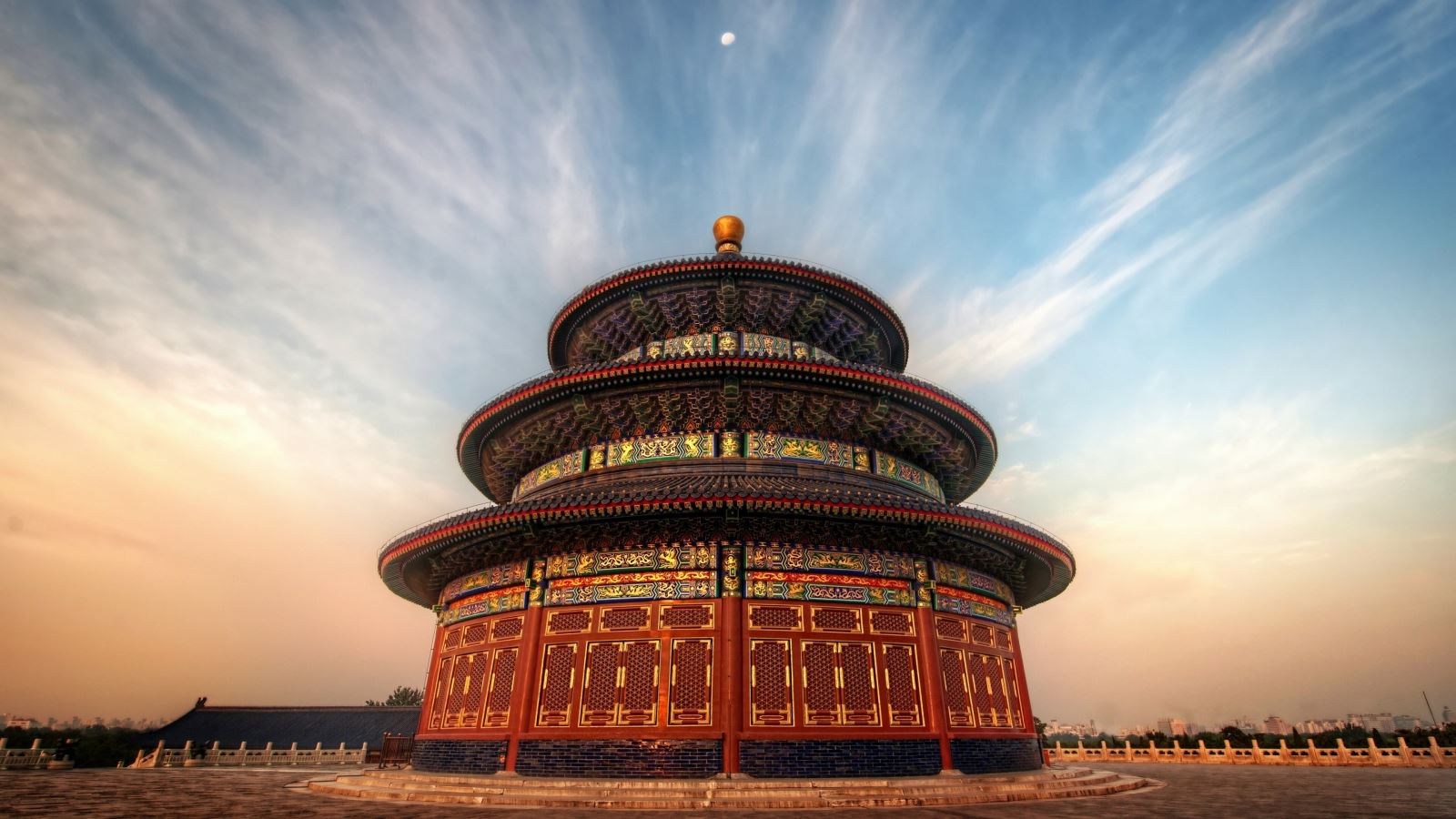
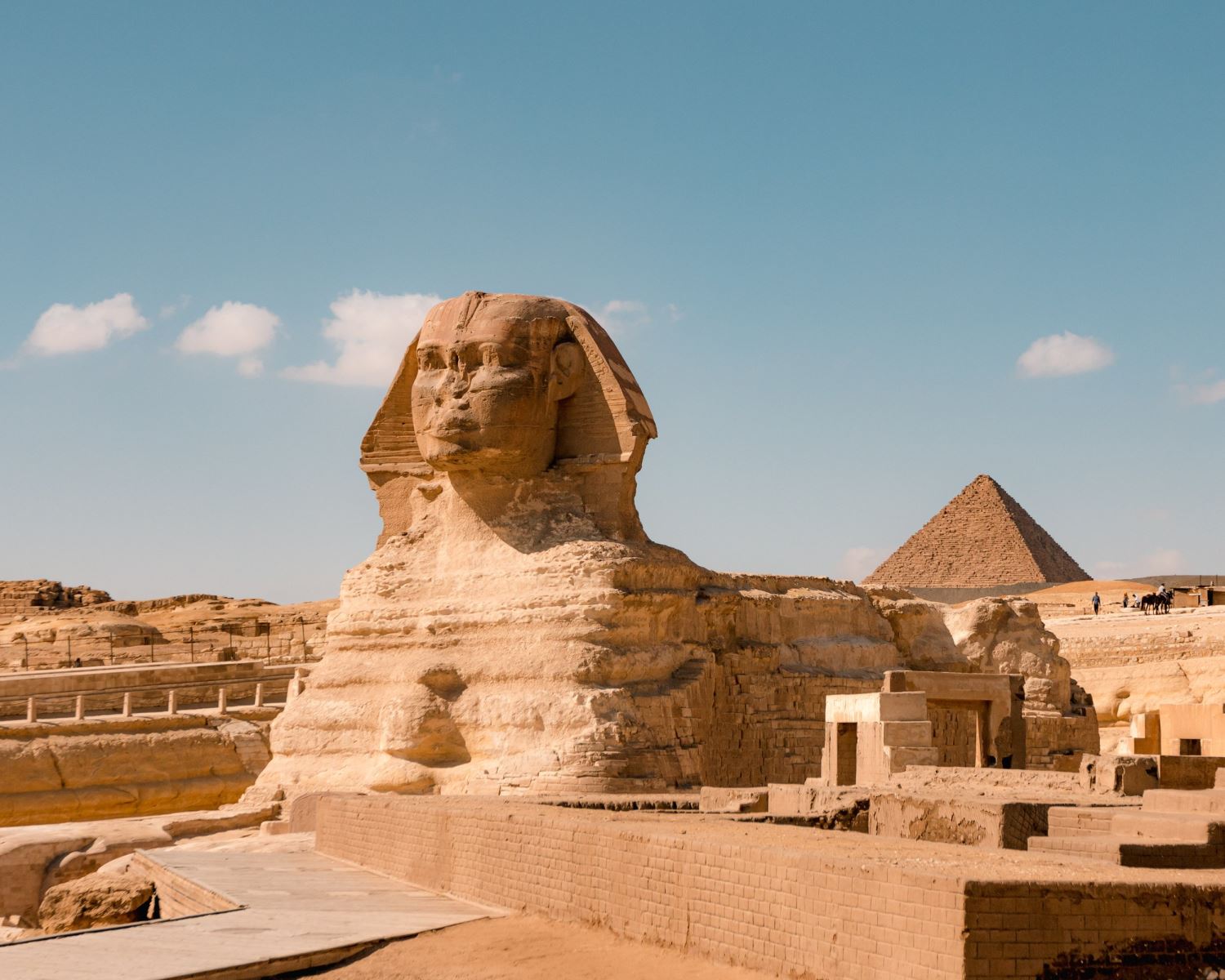

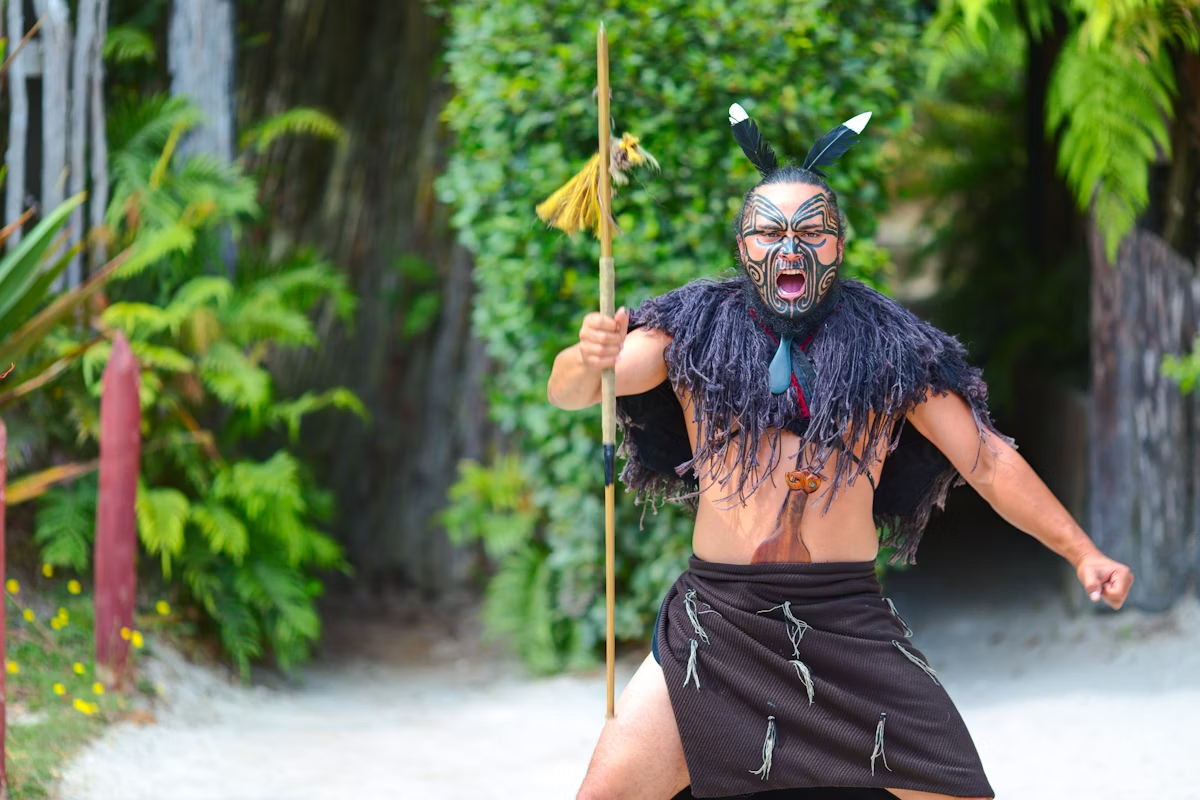
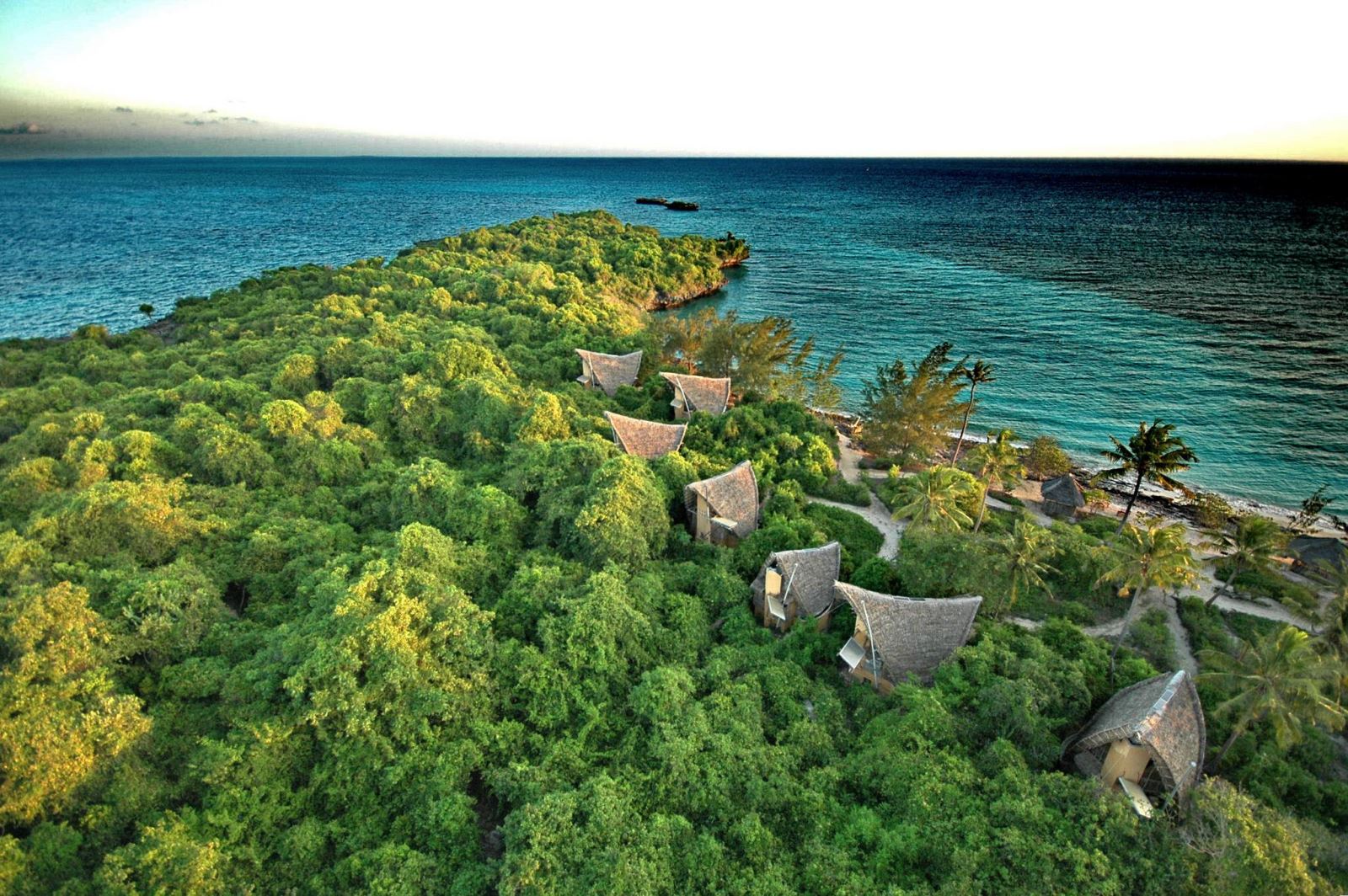
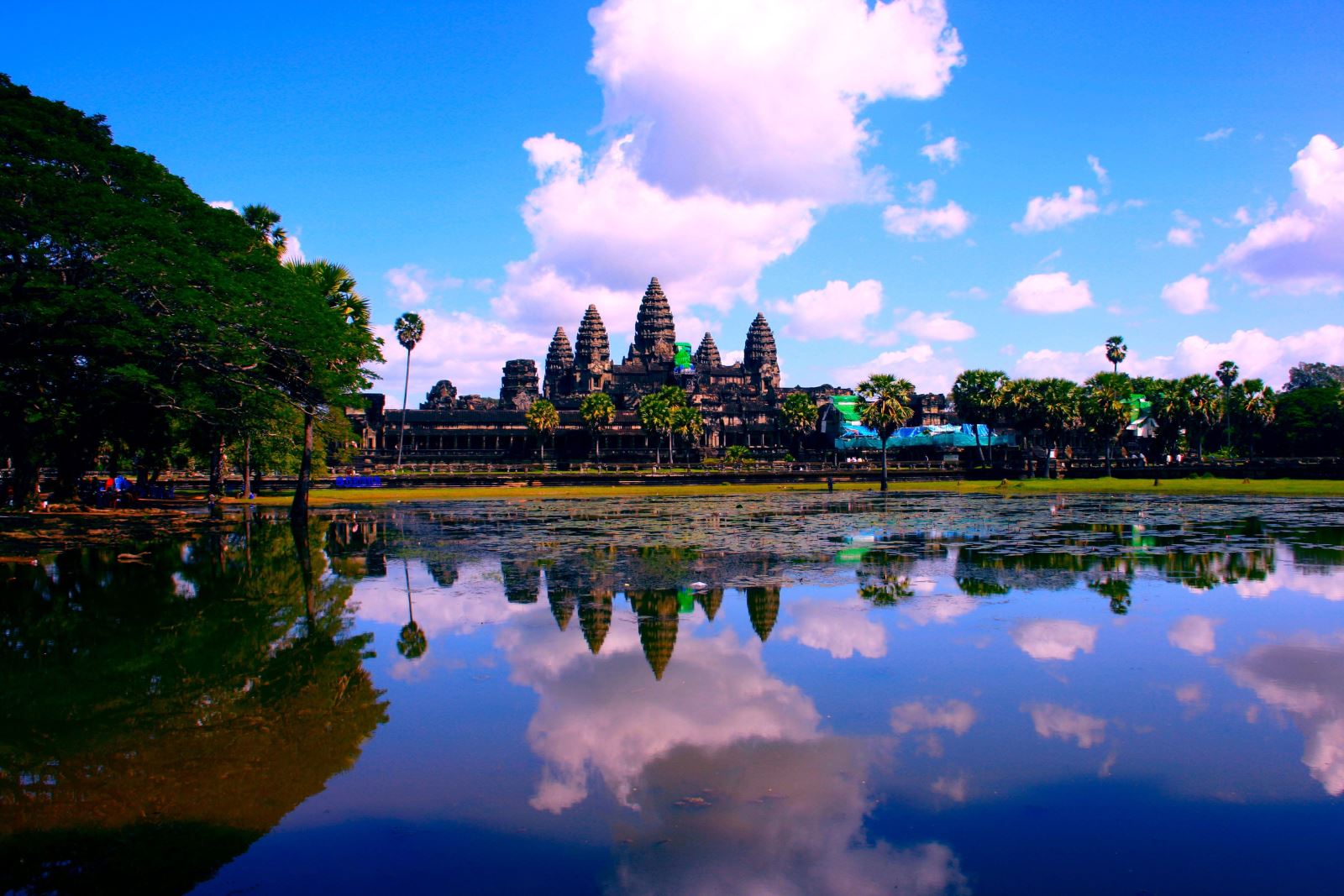
.png)
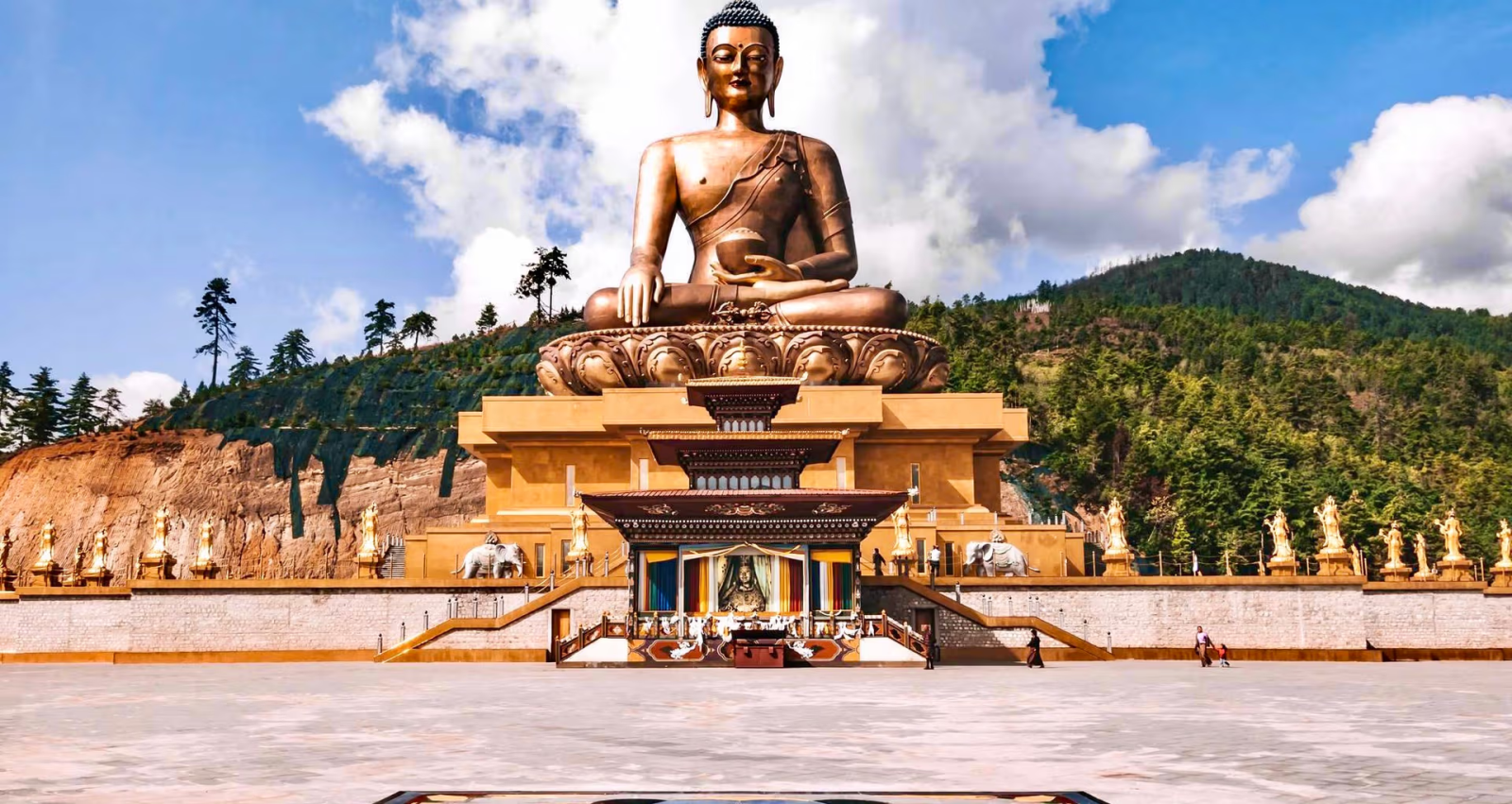

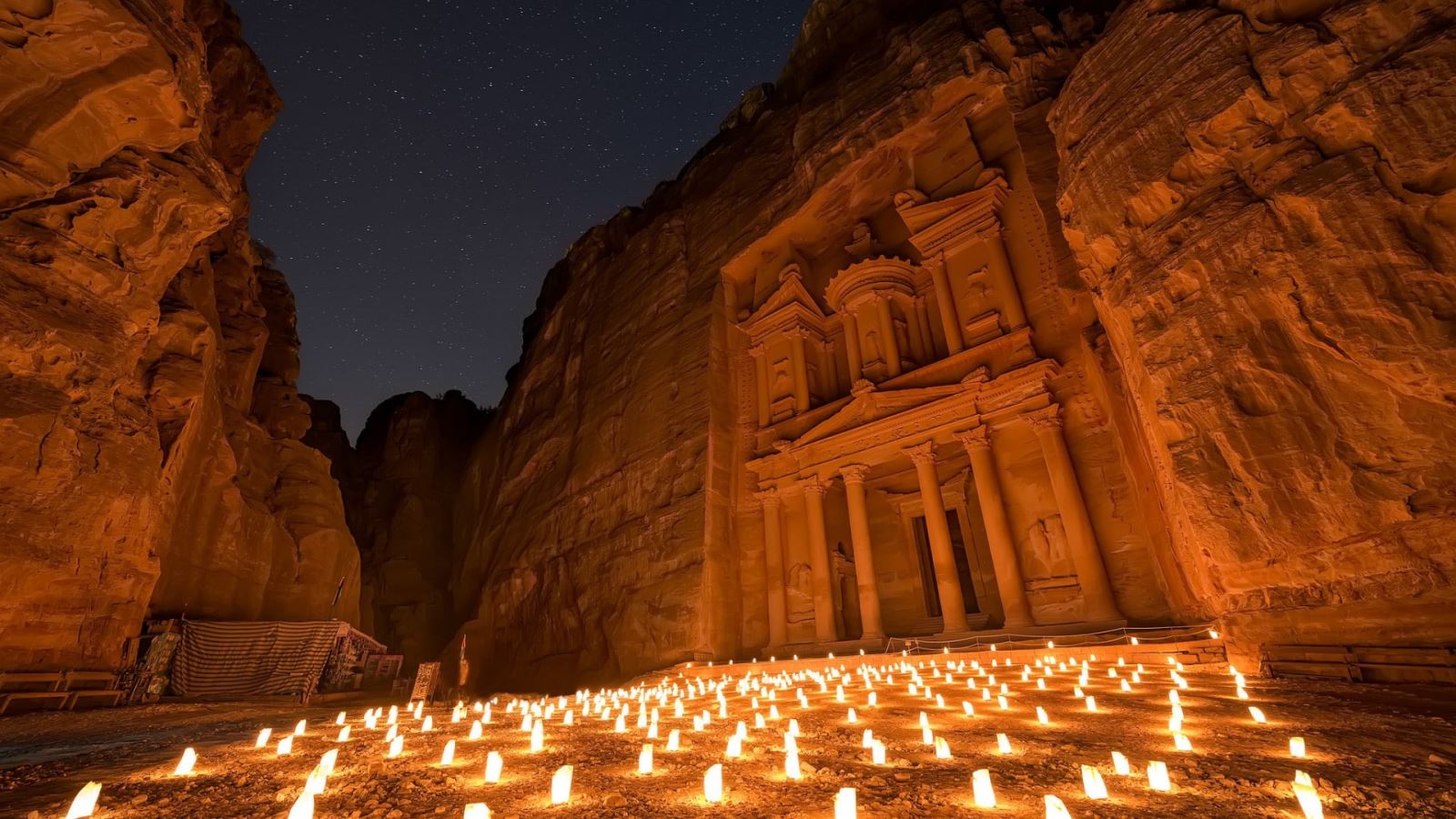
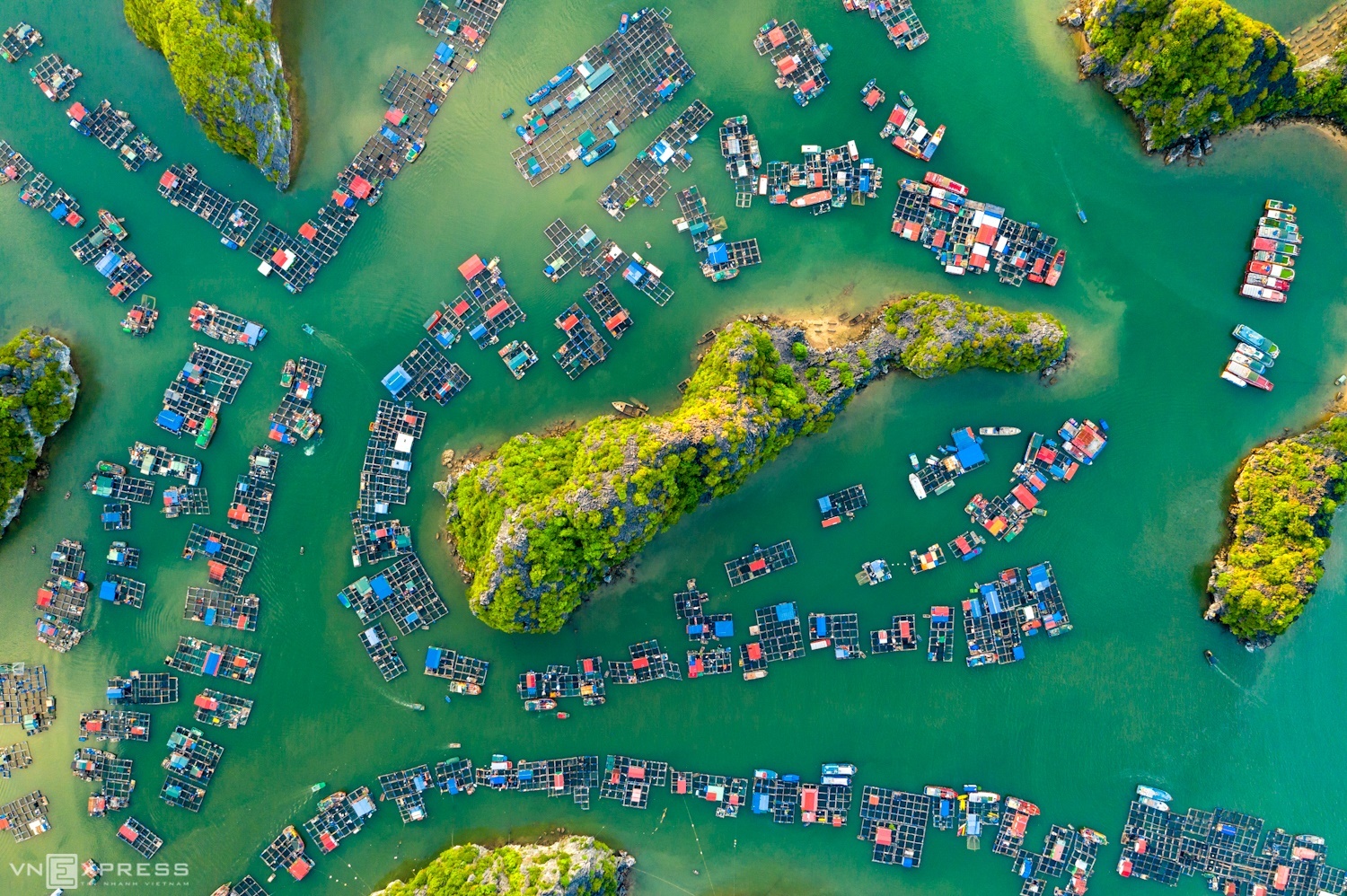
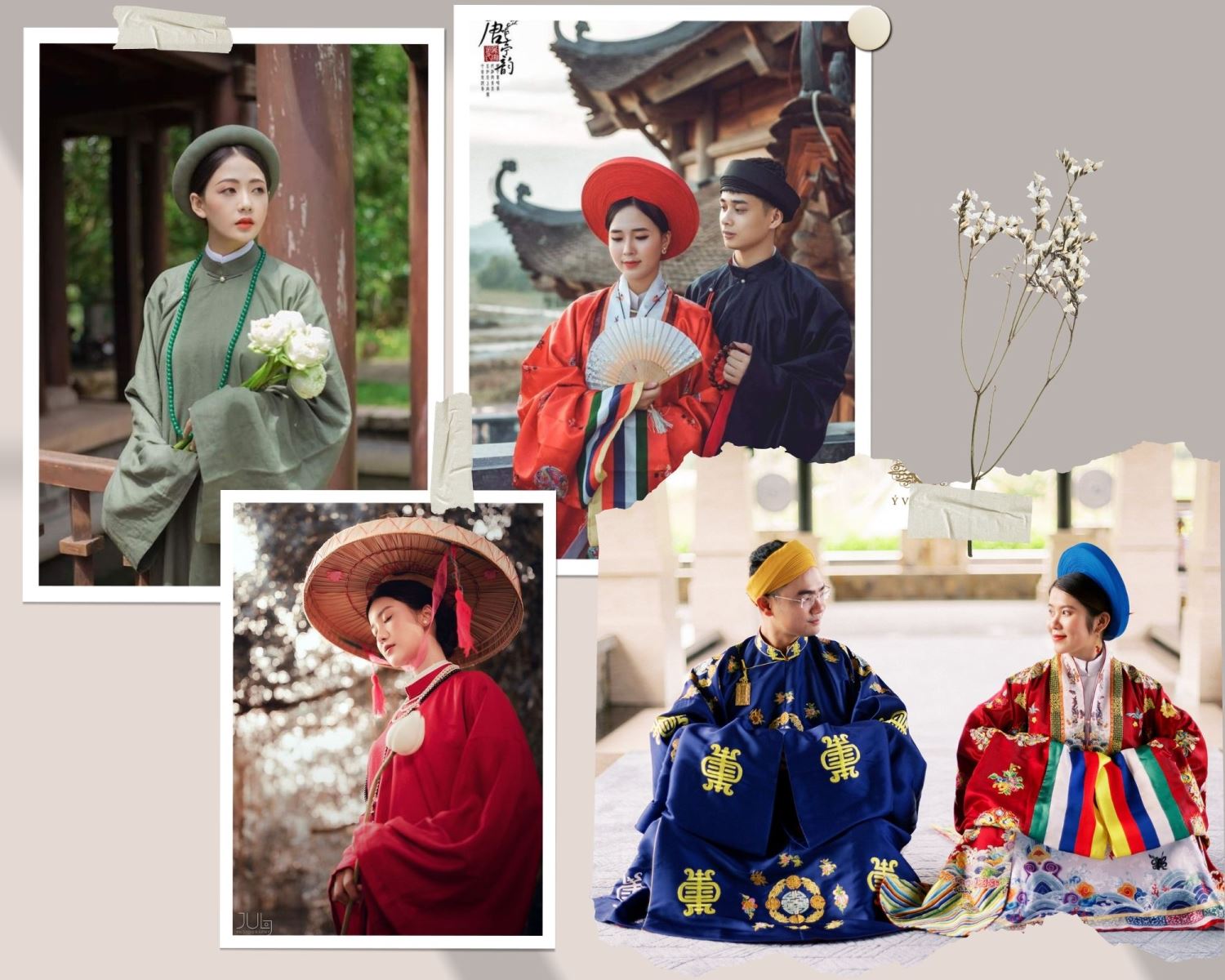
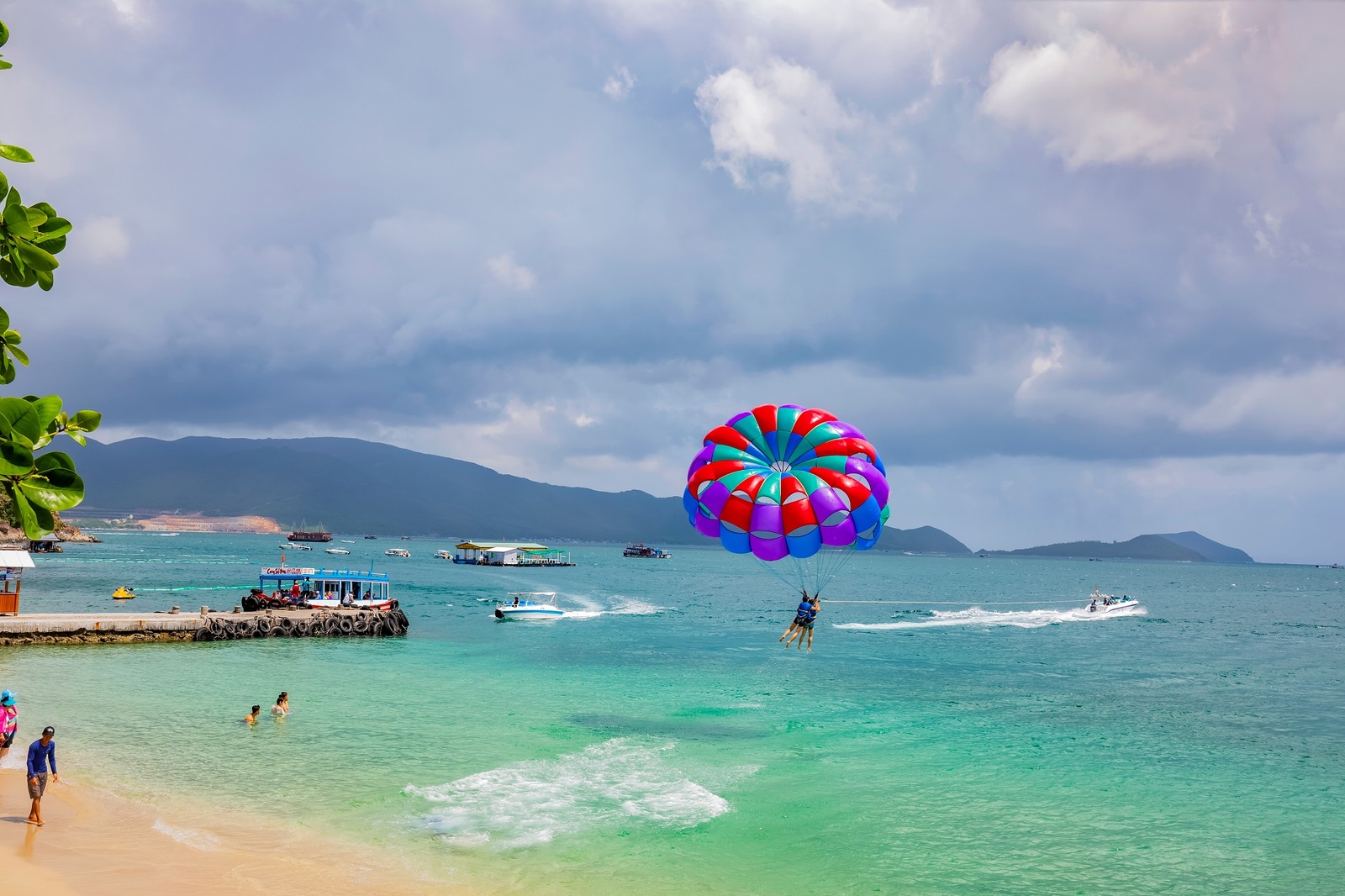
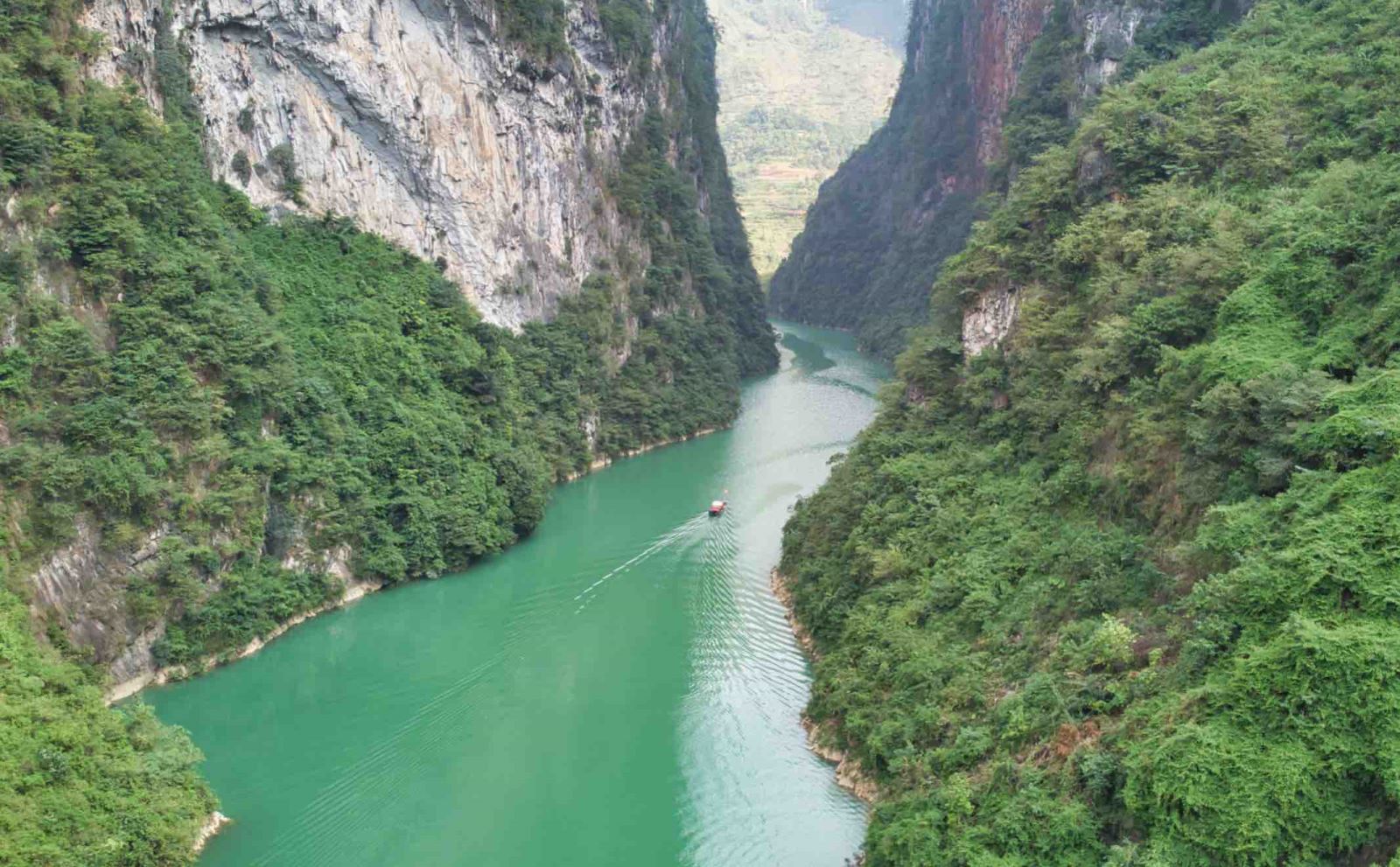

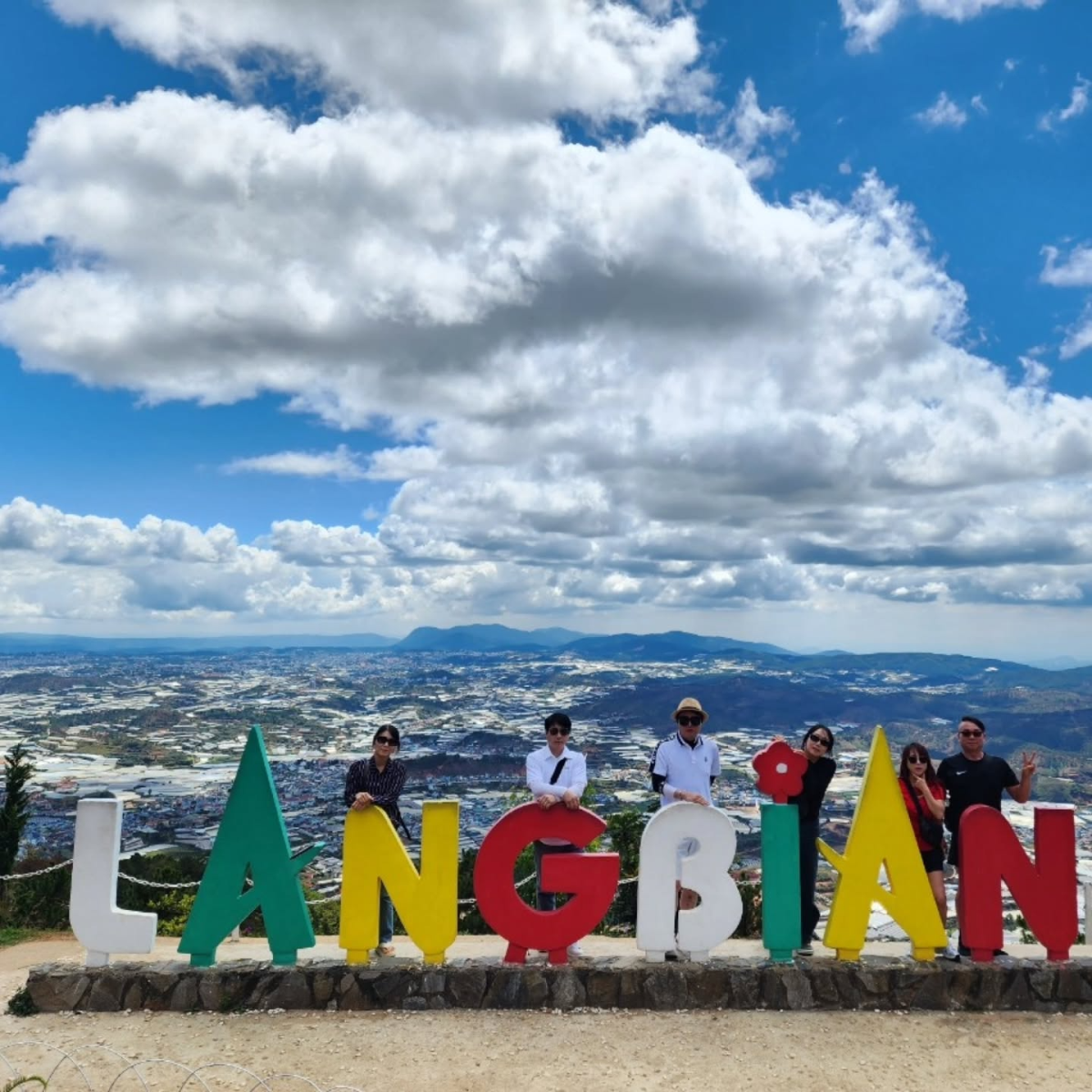
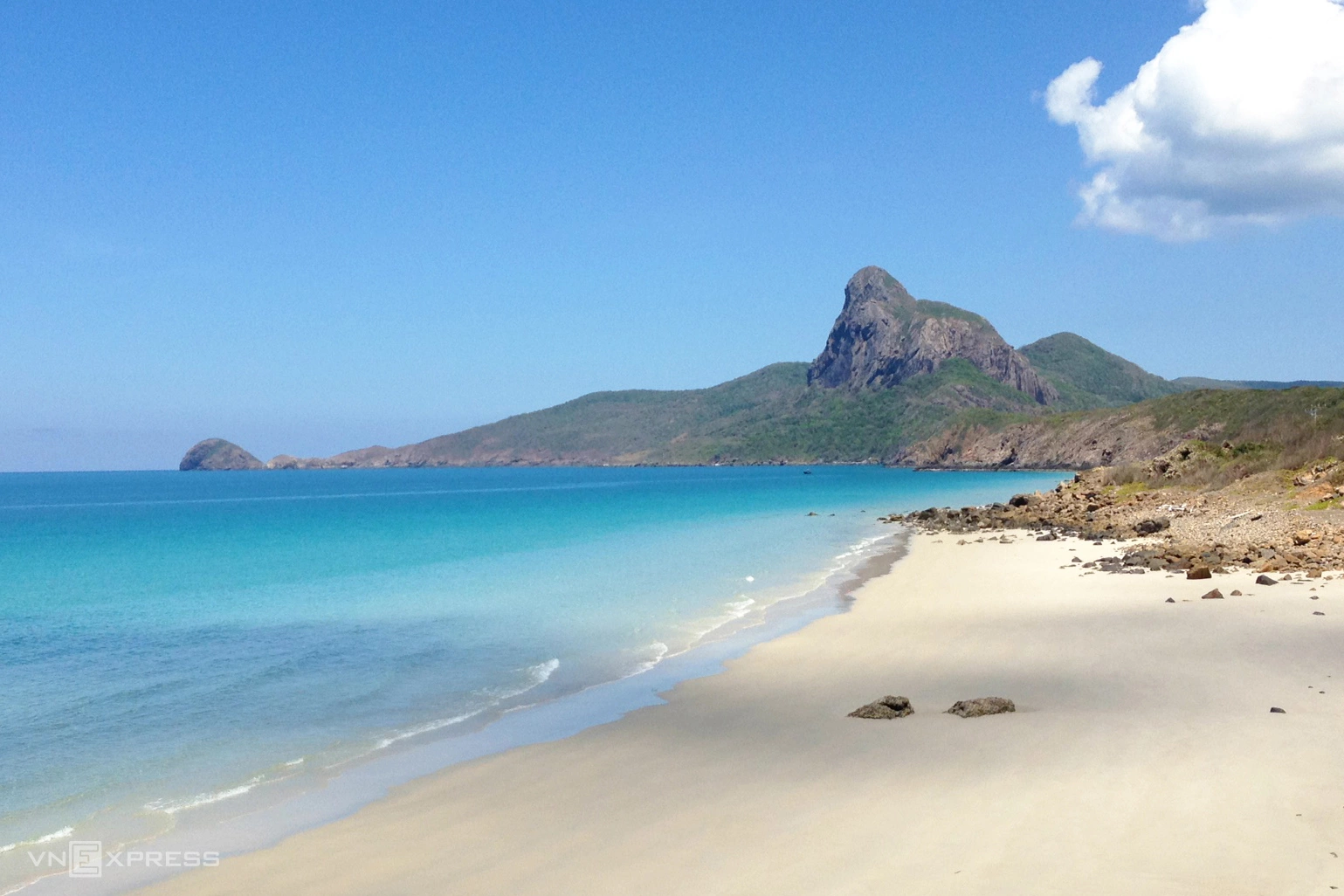
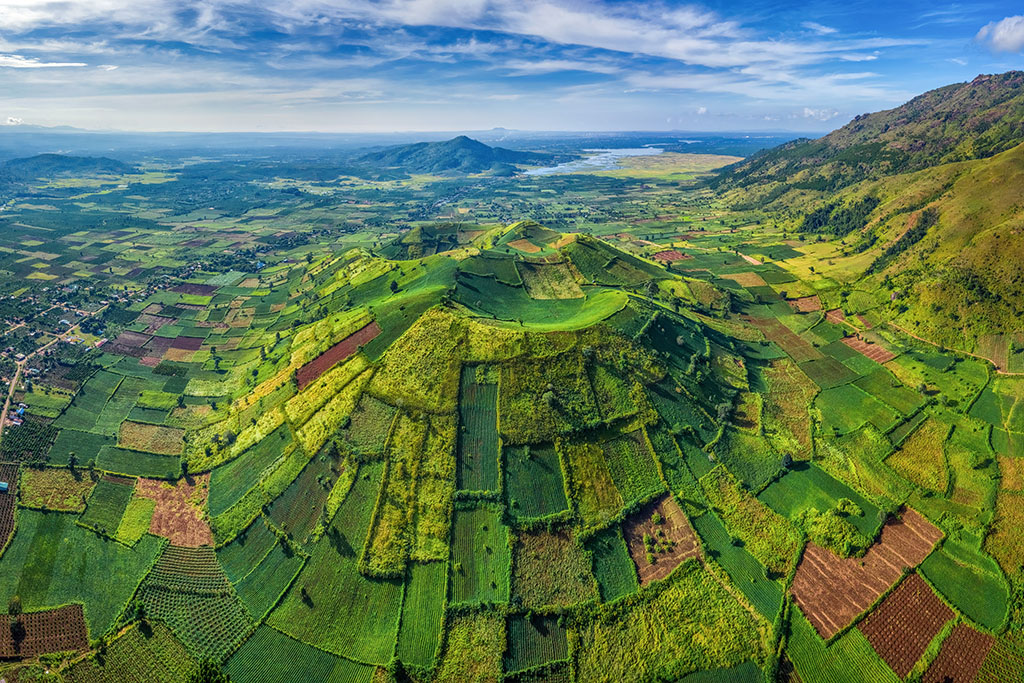
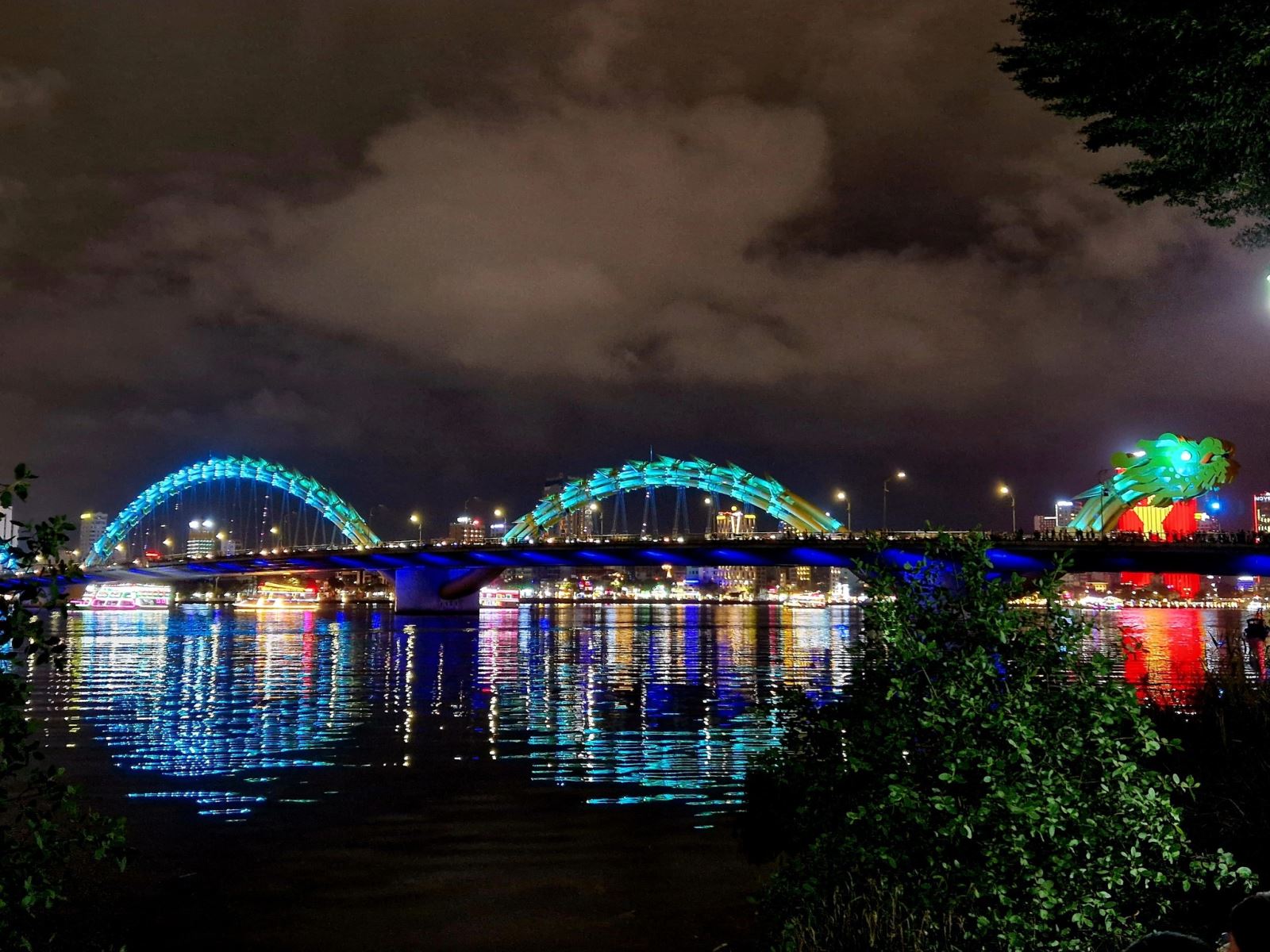
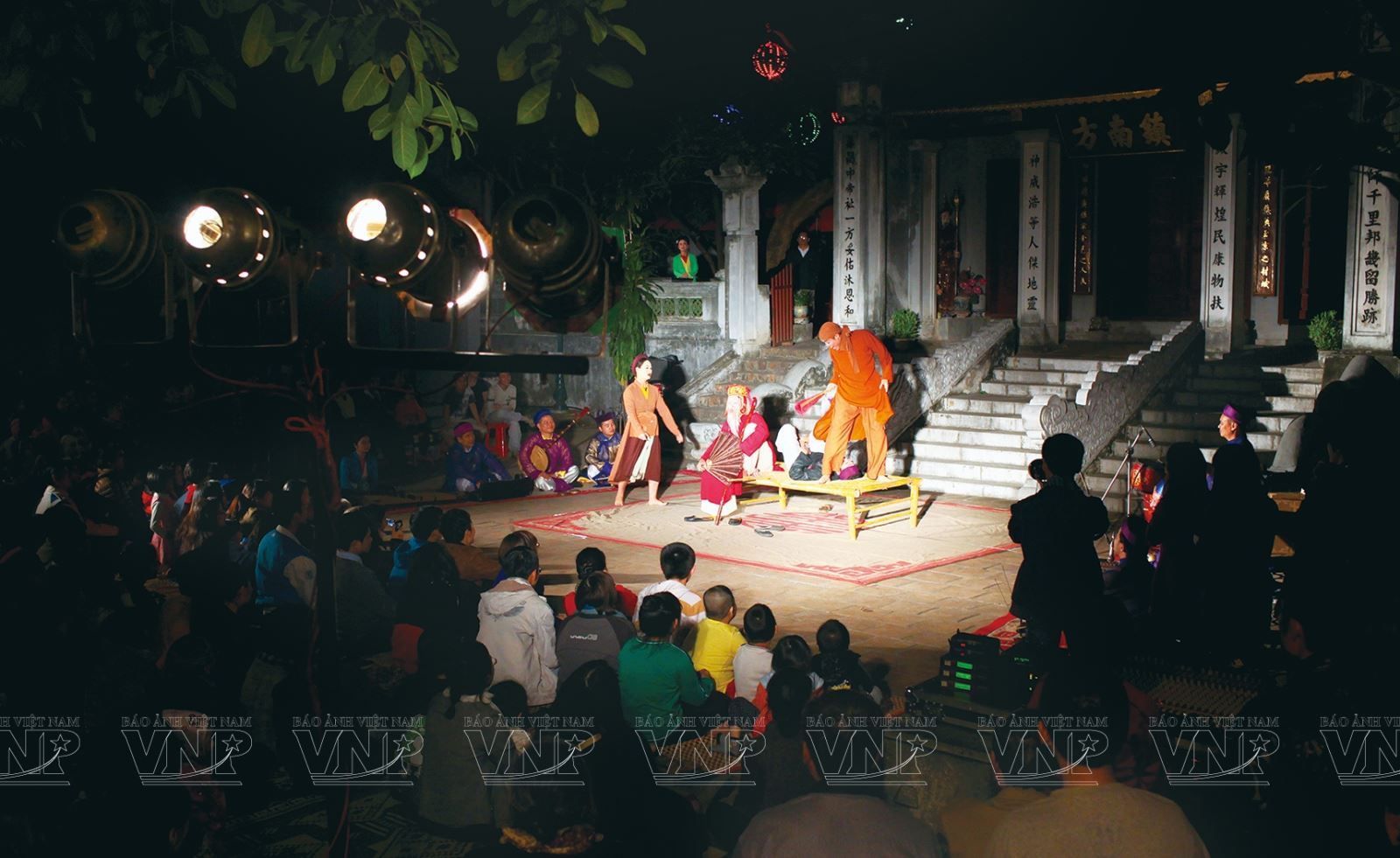
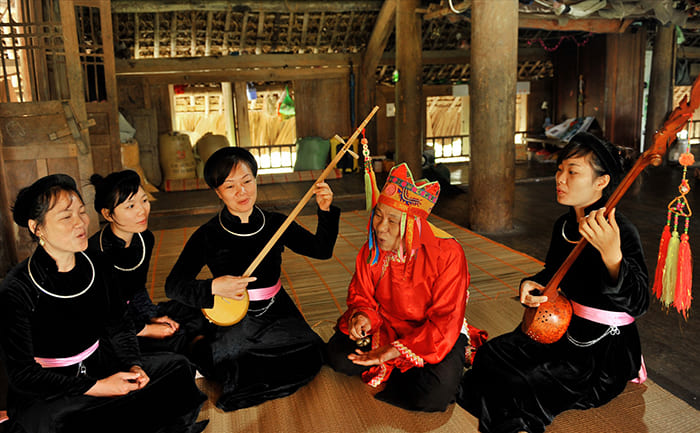
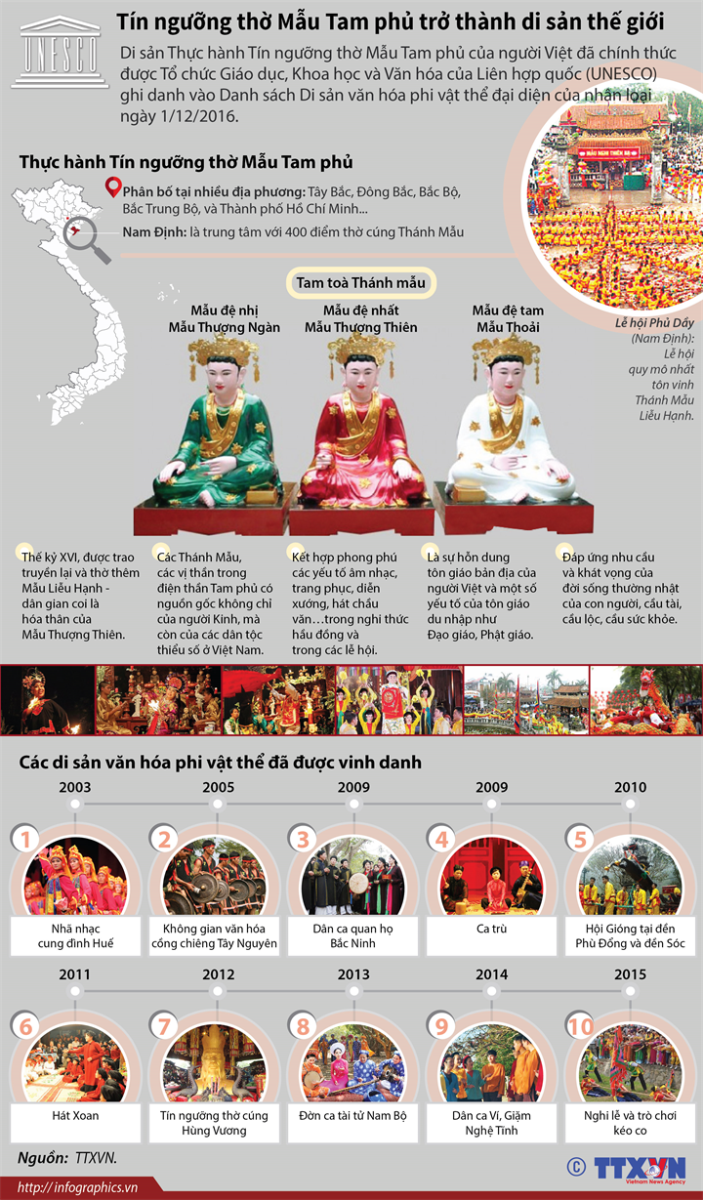
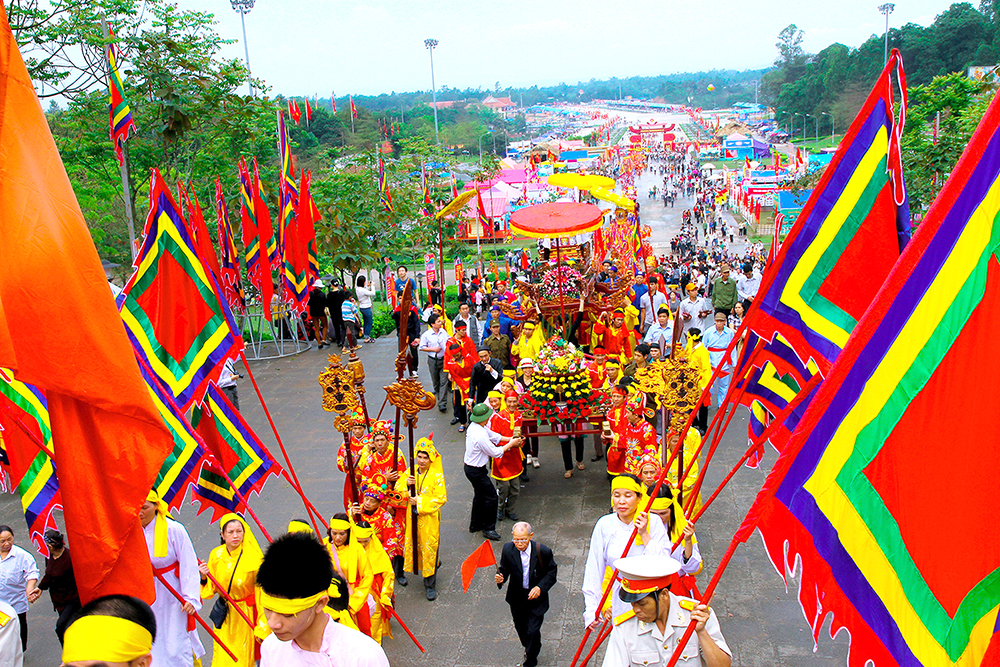
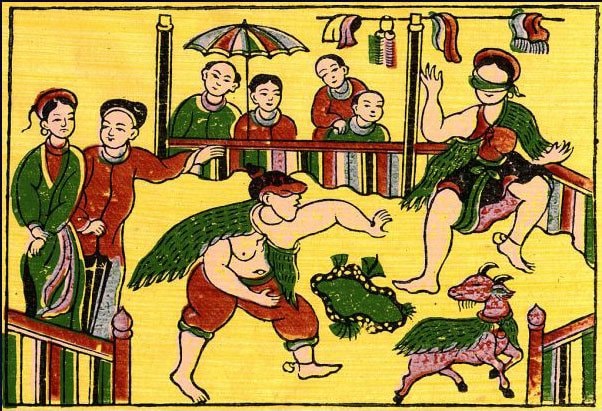

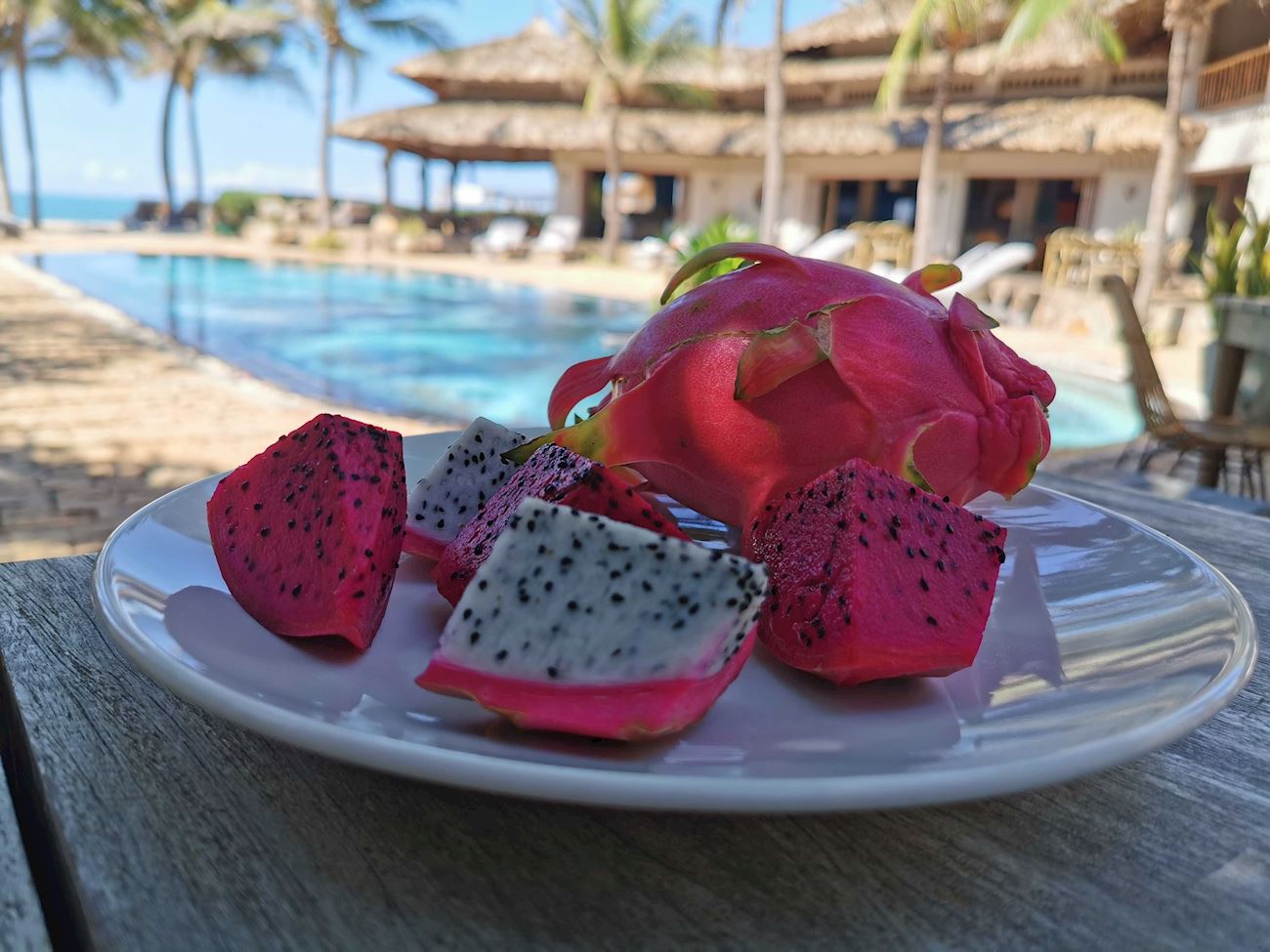
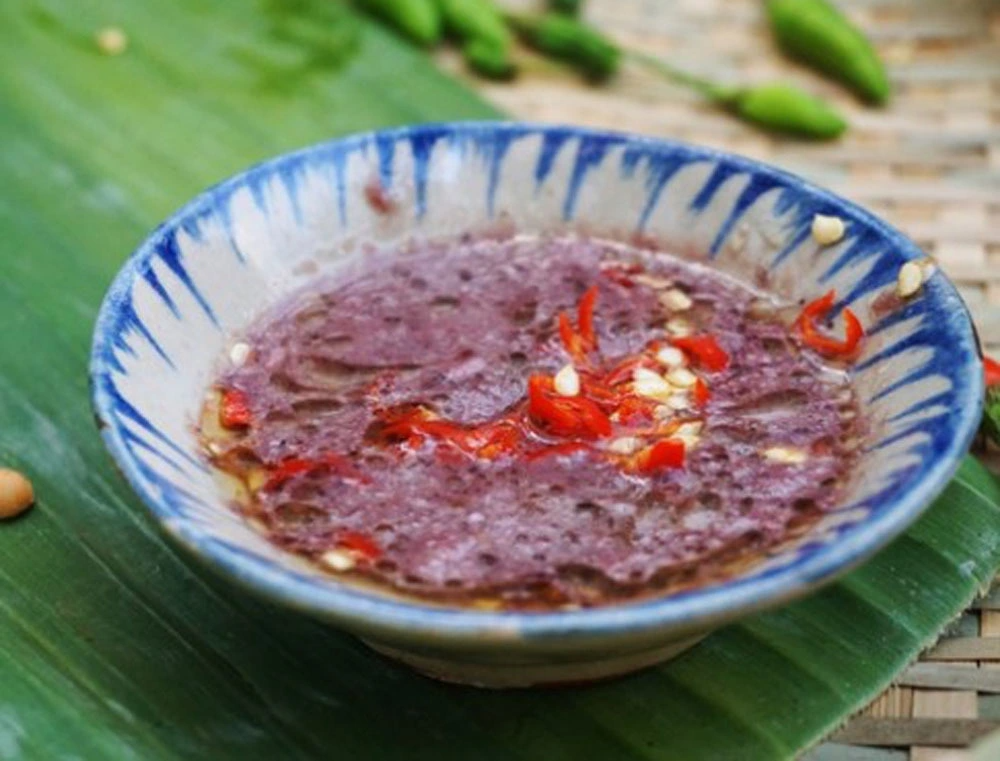
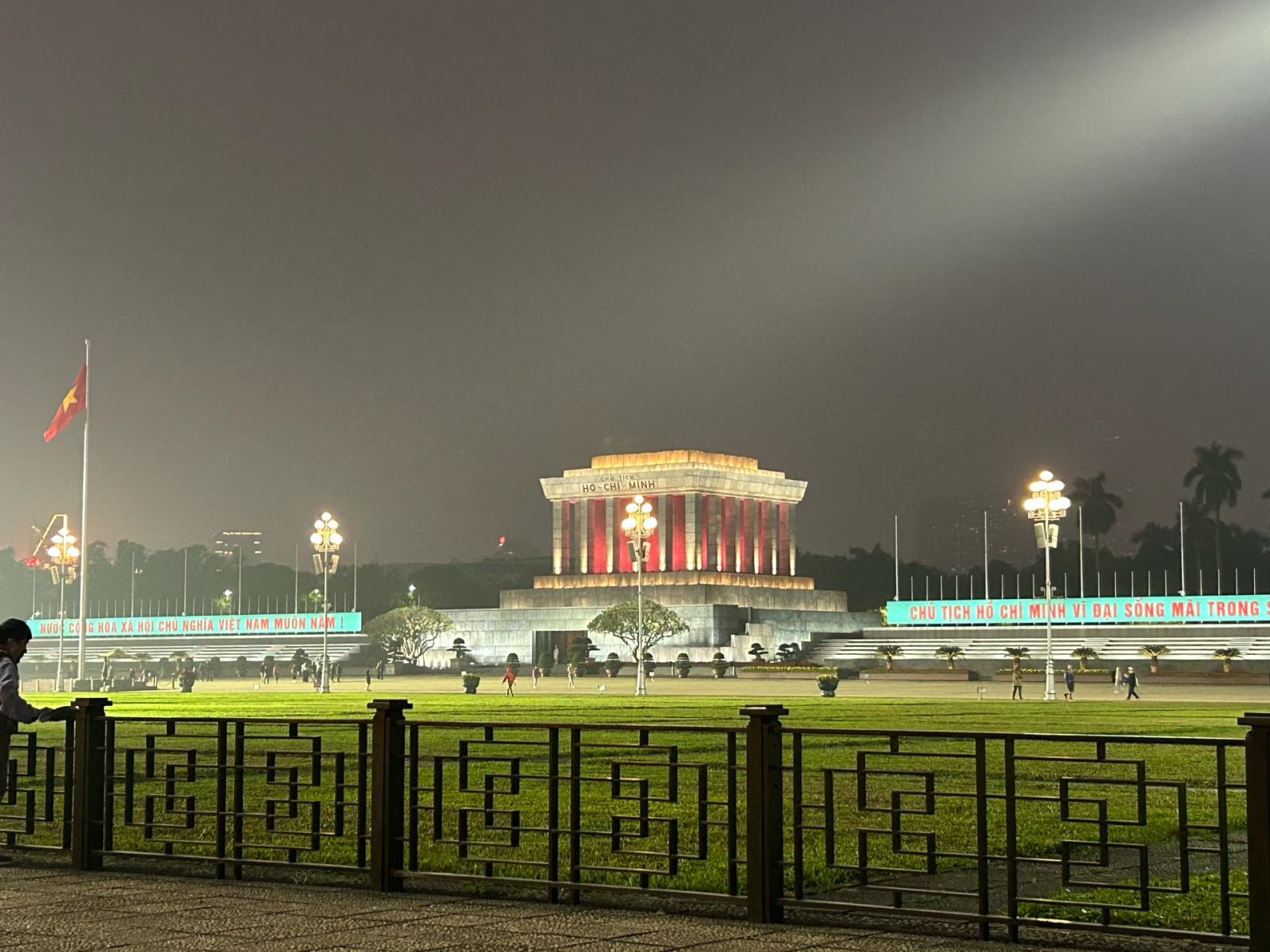
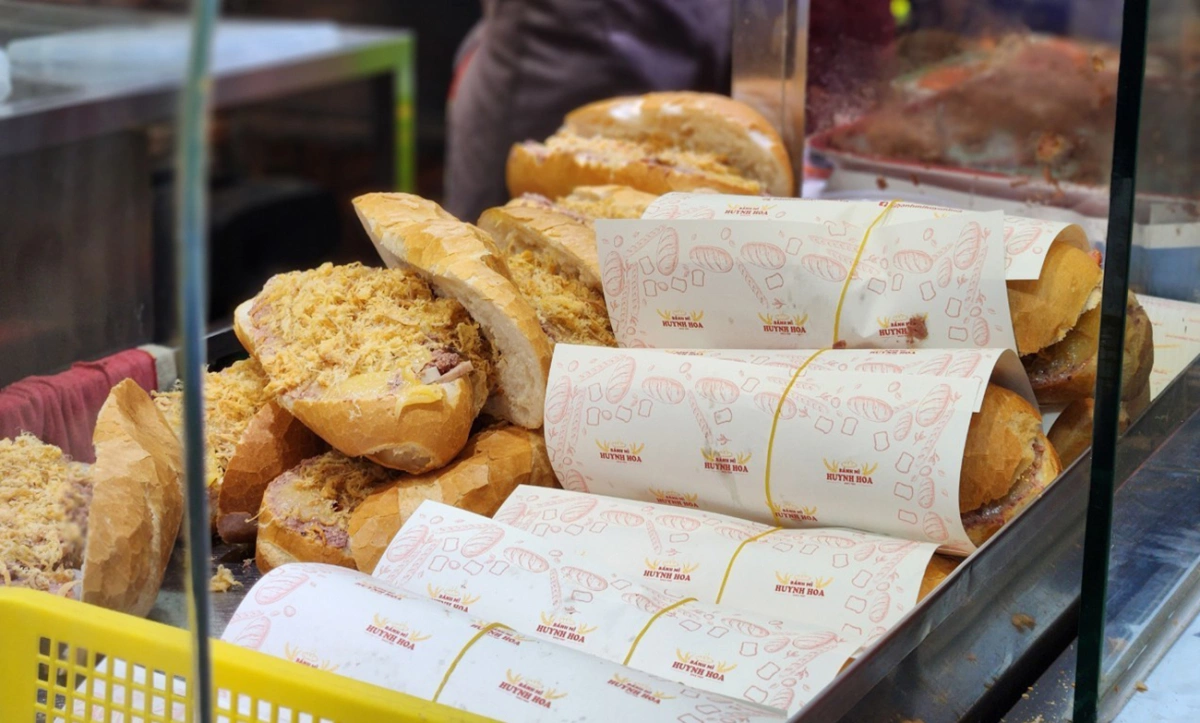
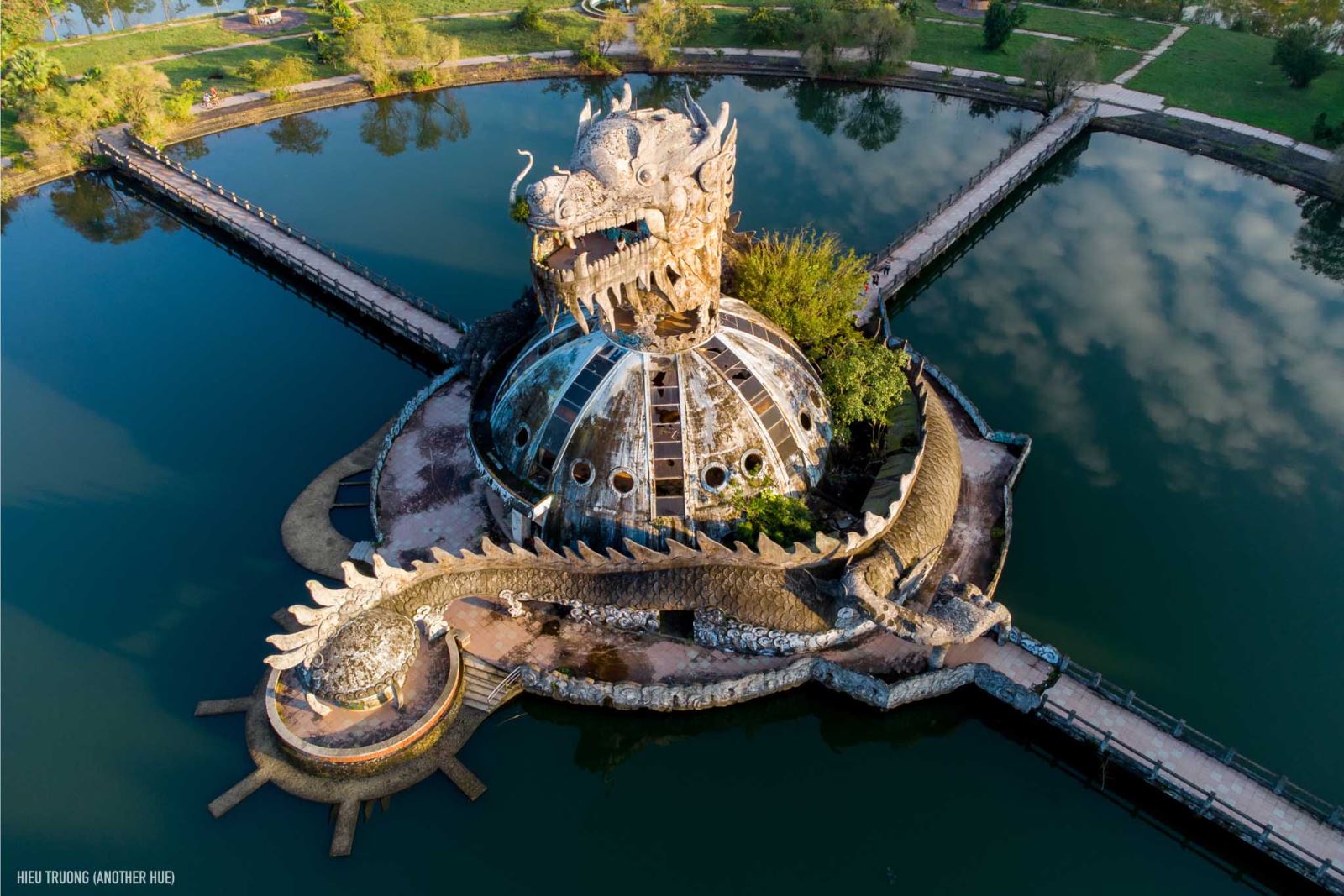
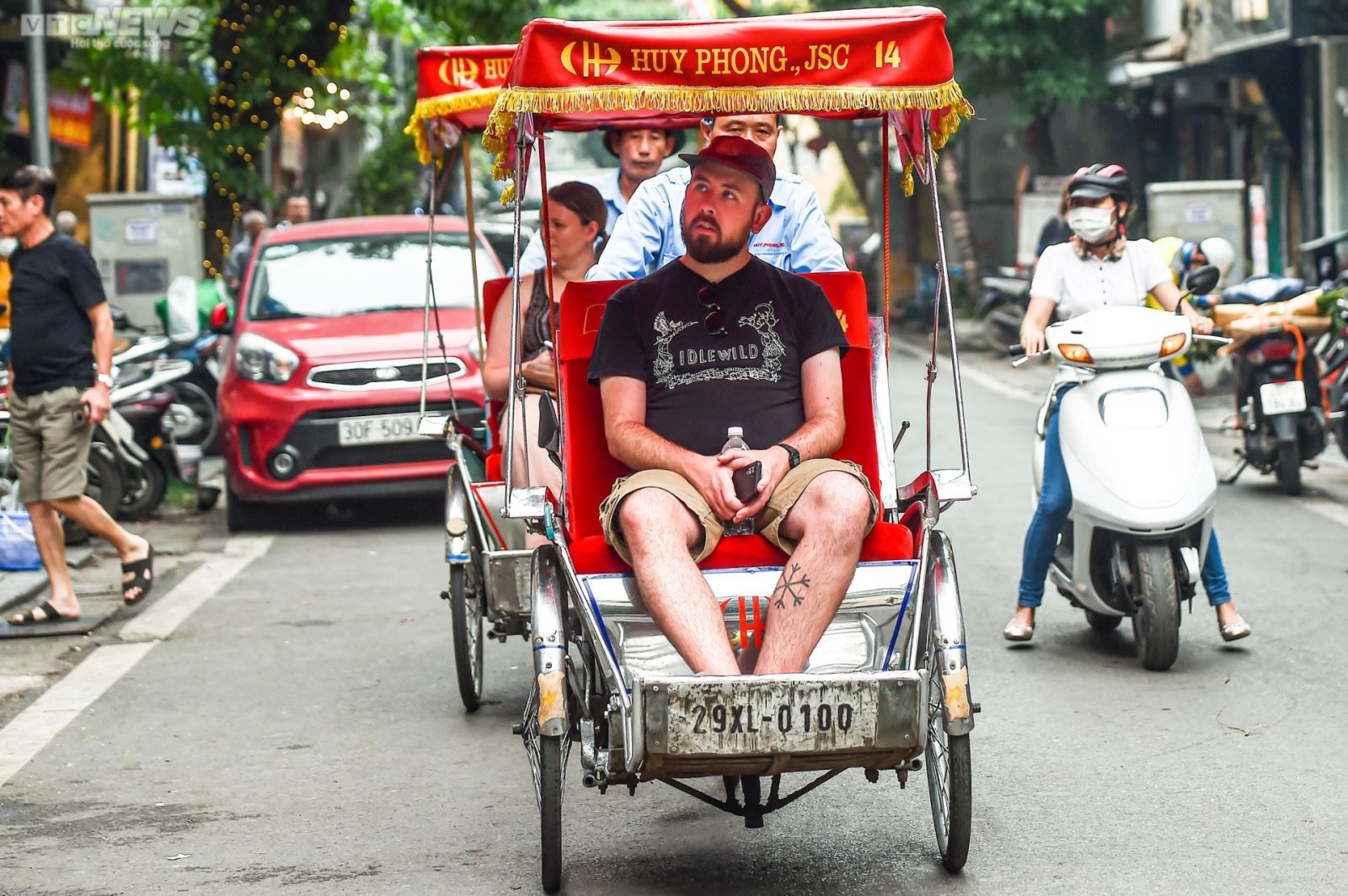
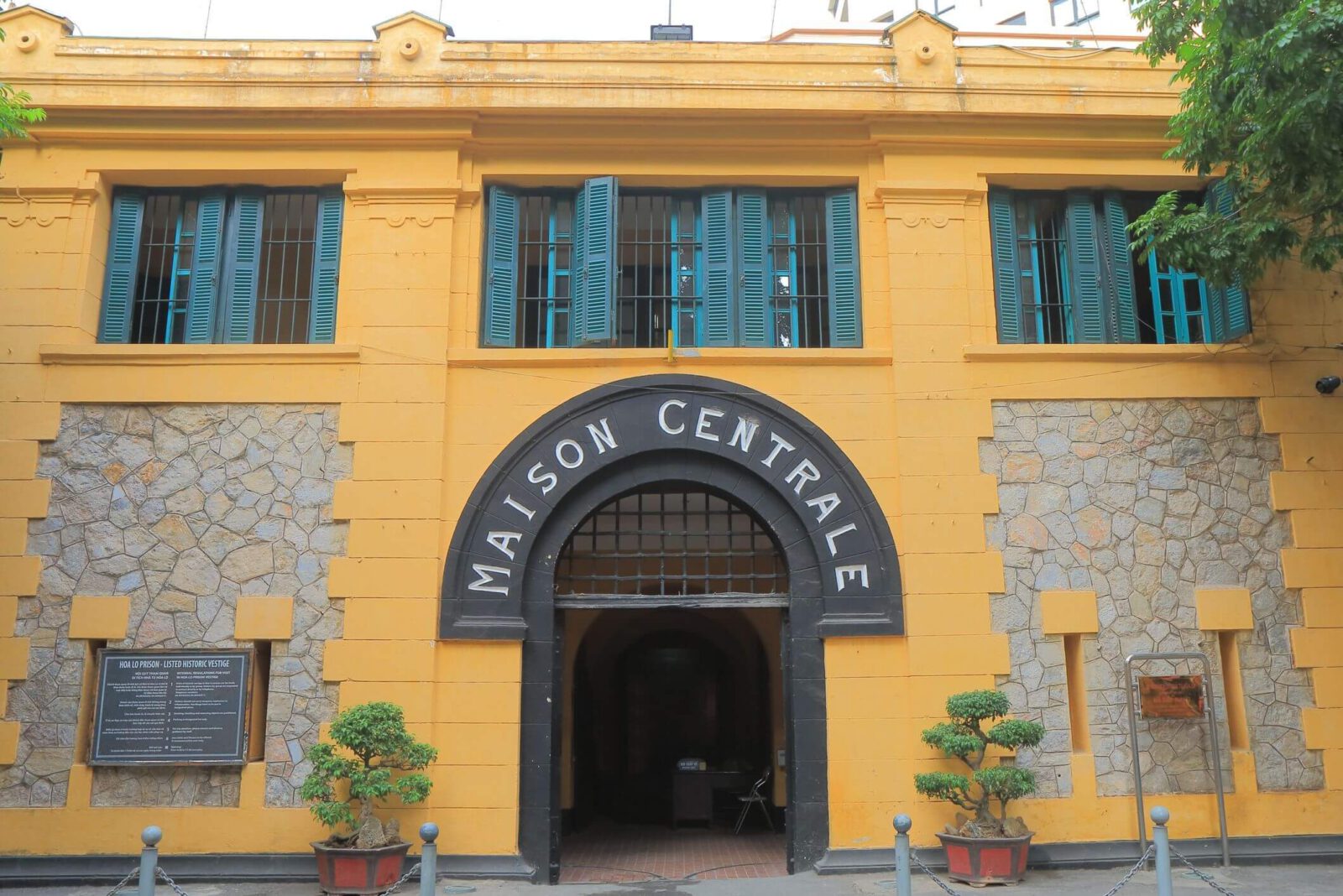
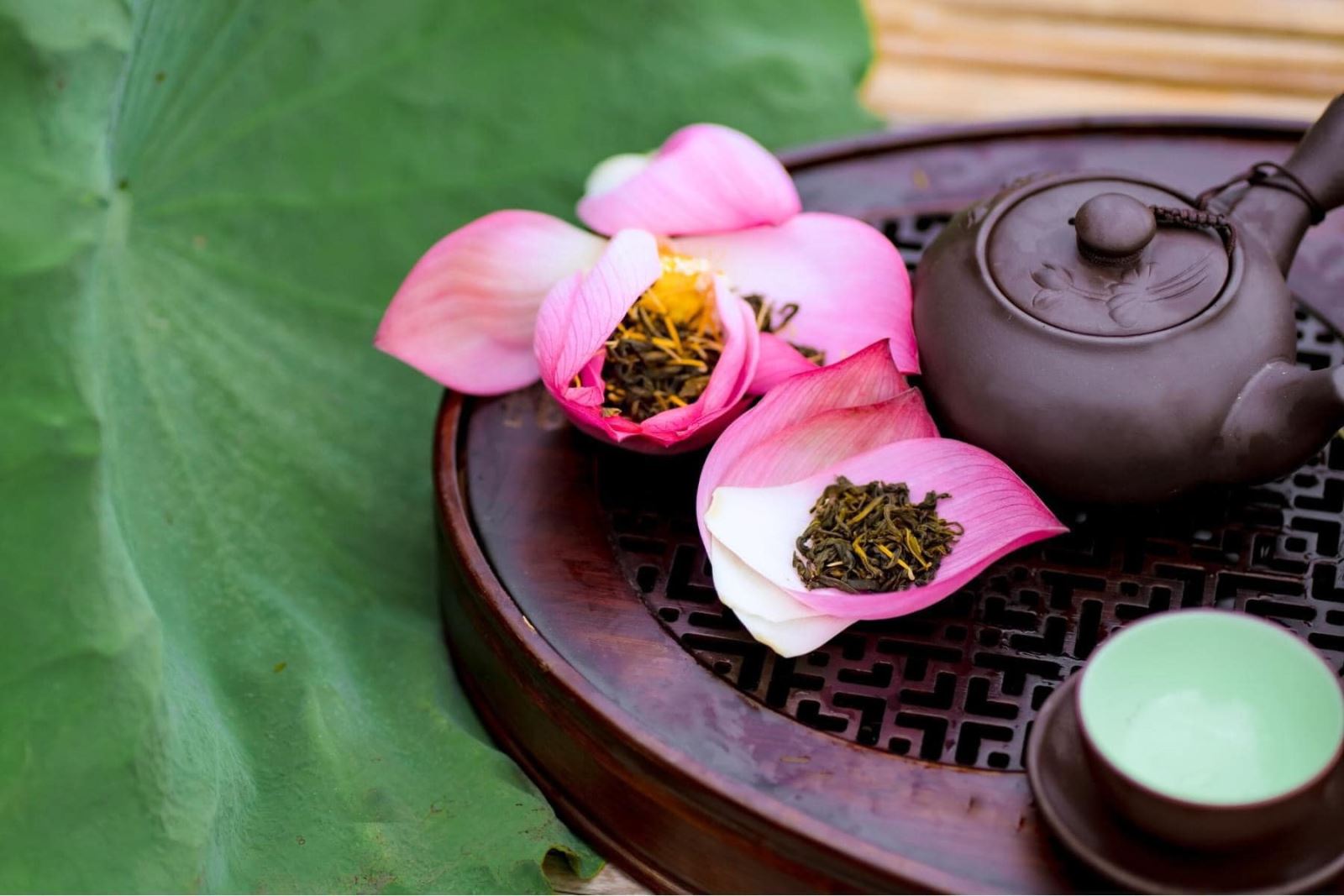
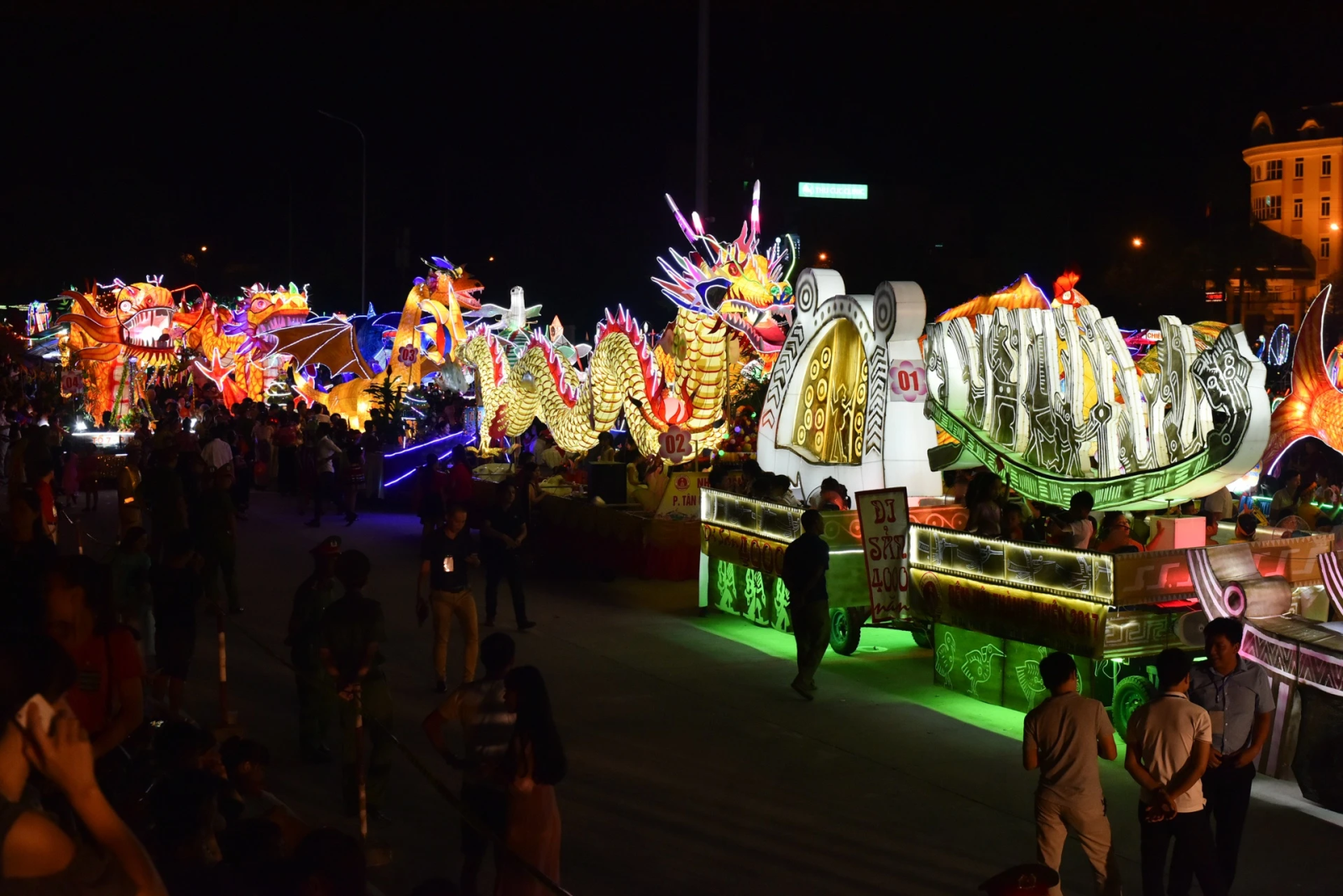
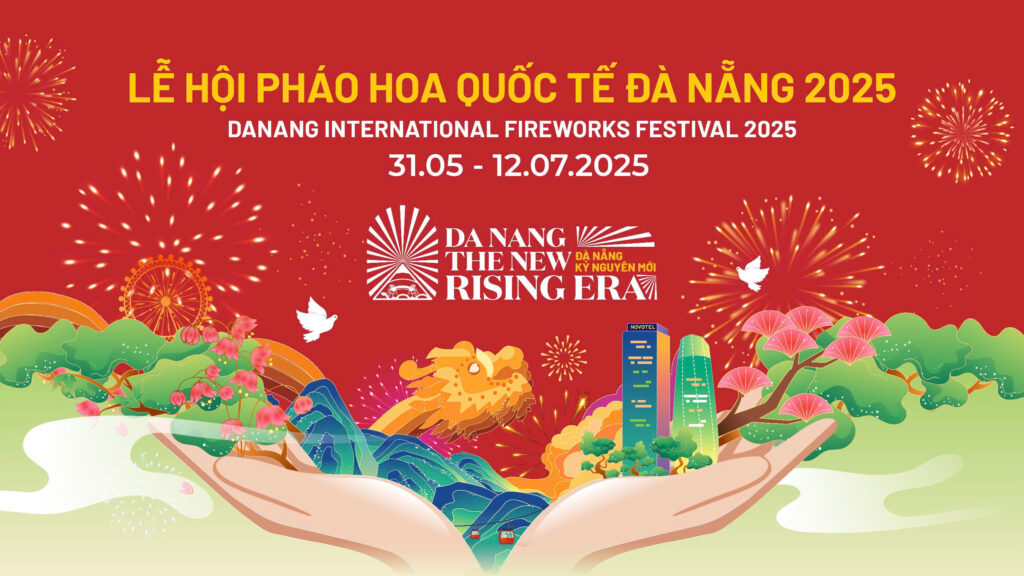
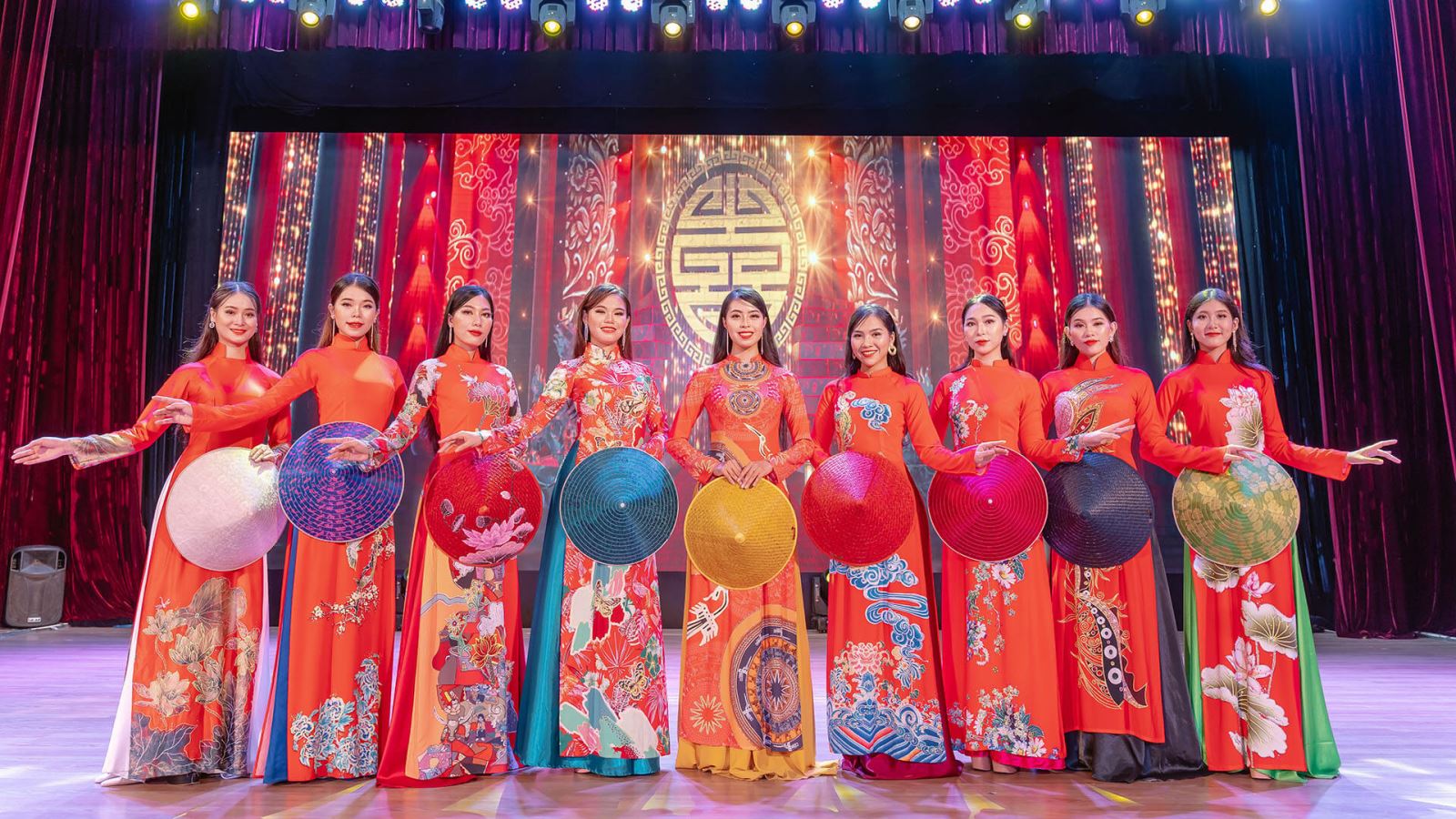

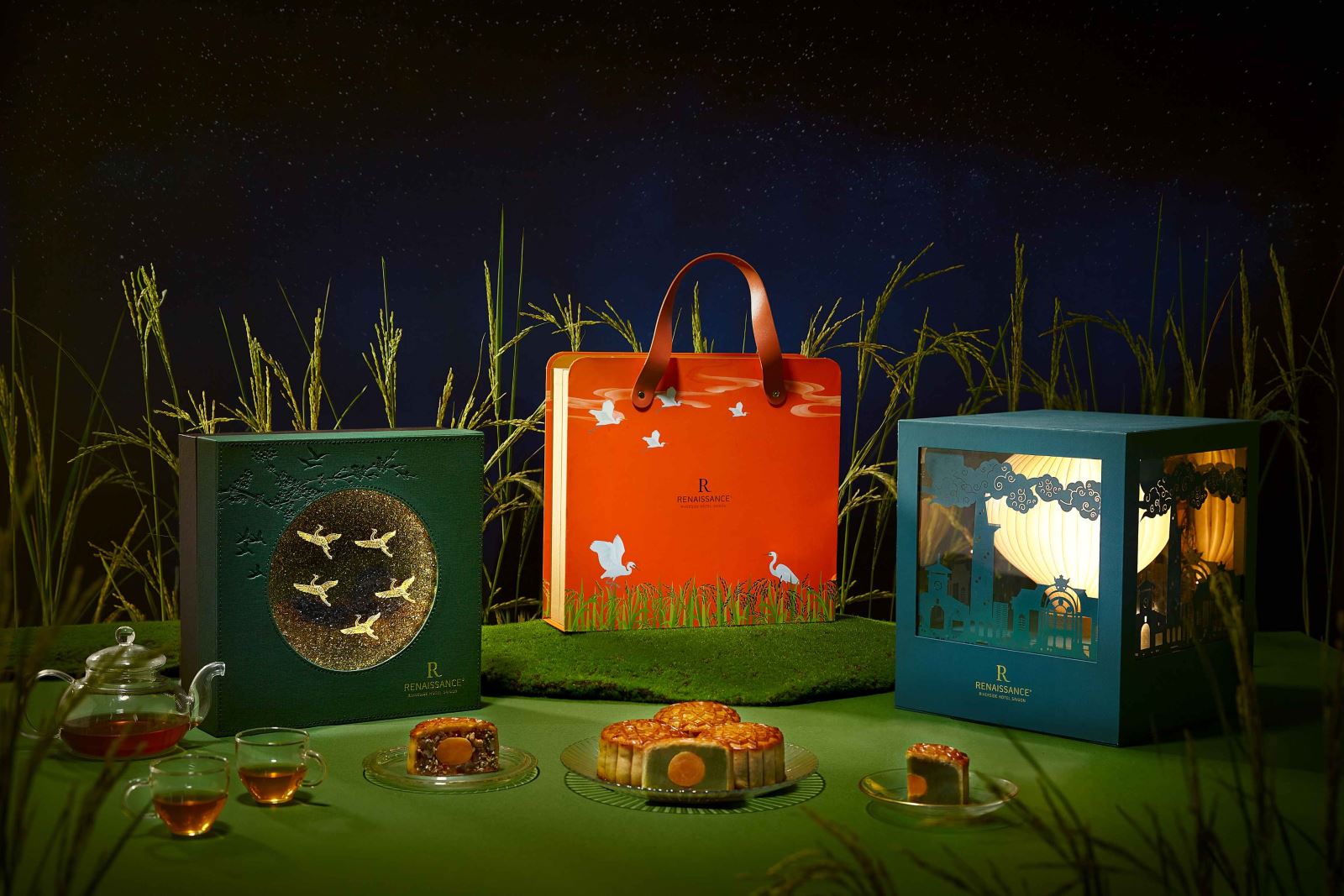
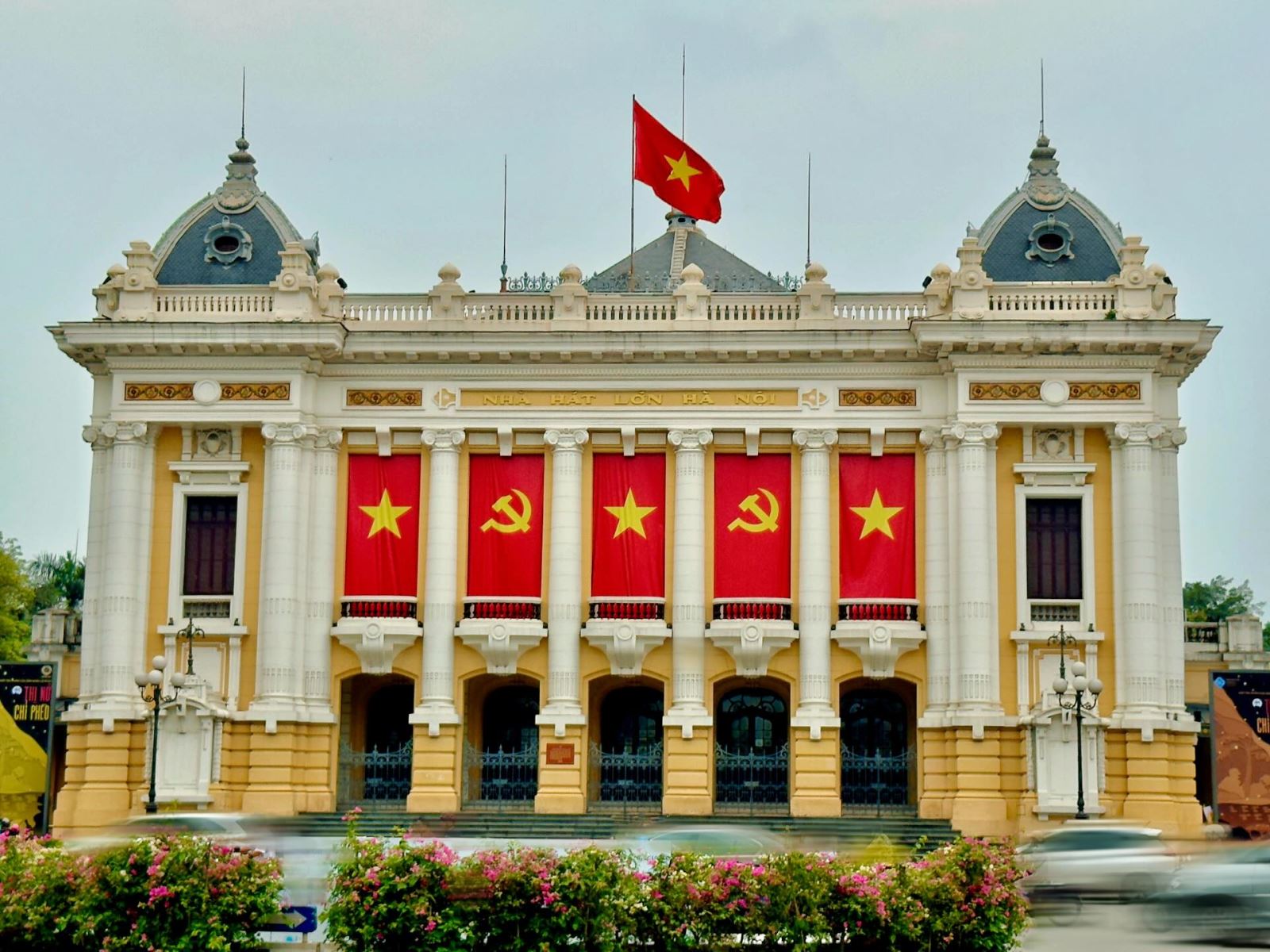
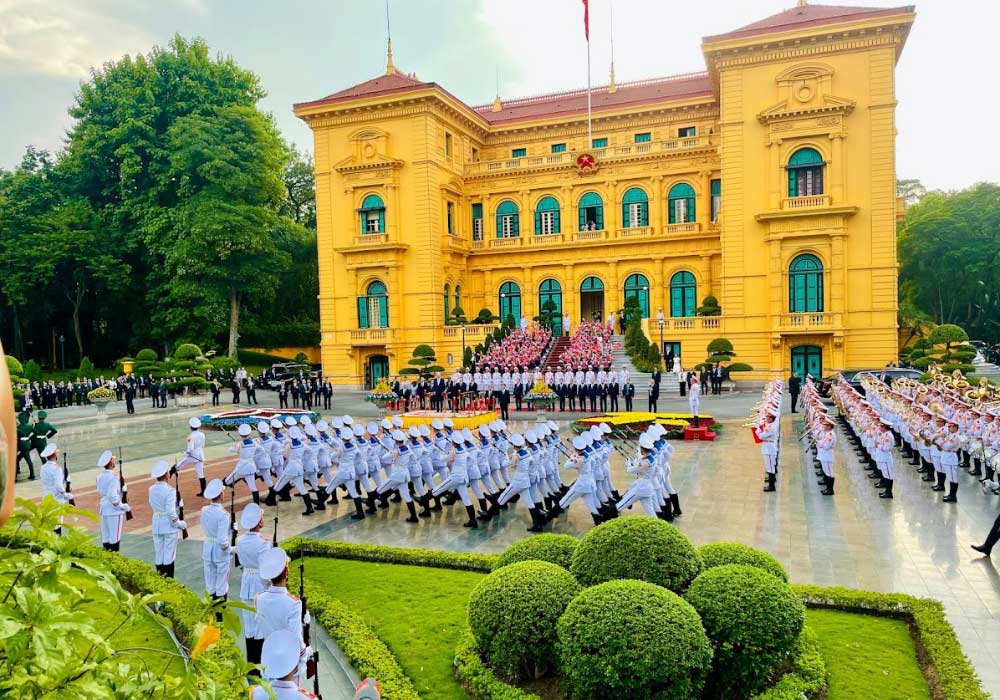
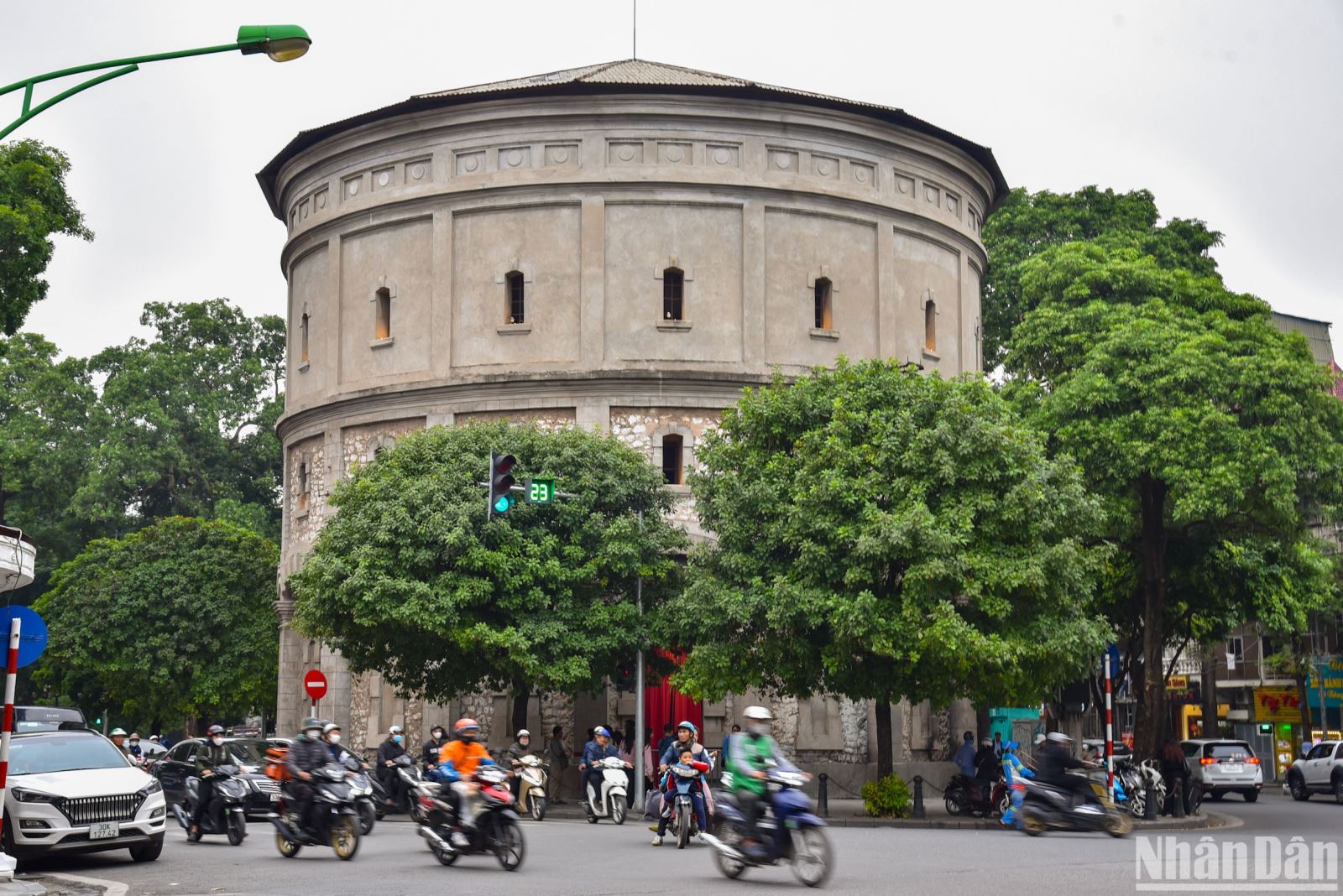
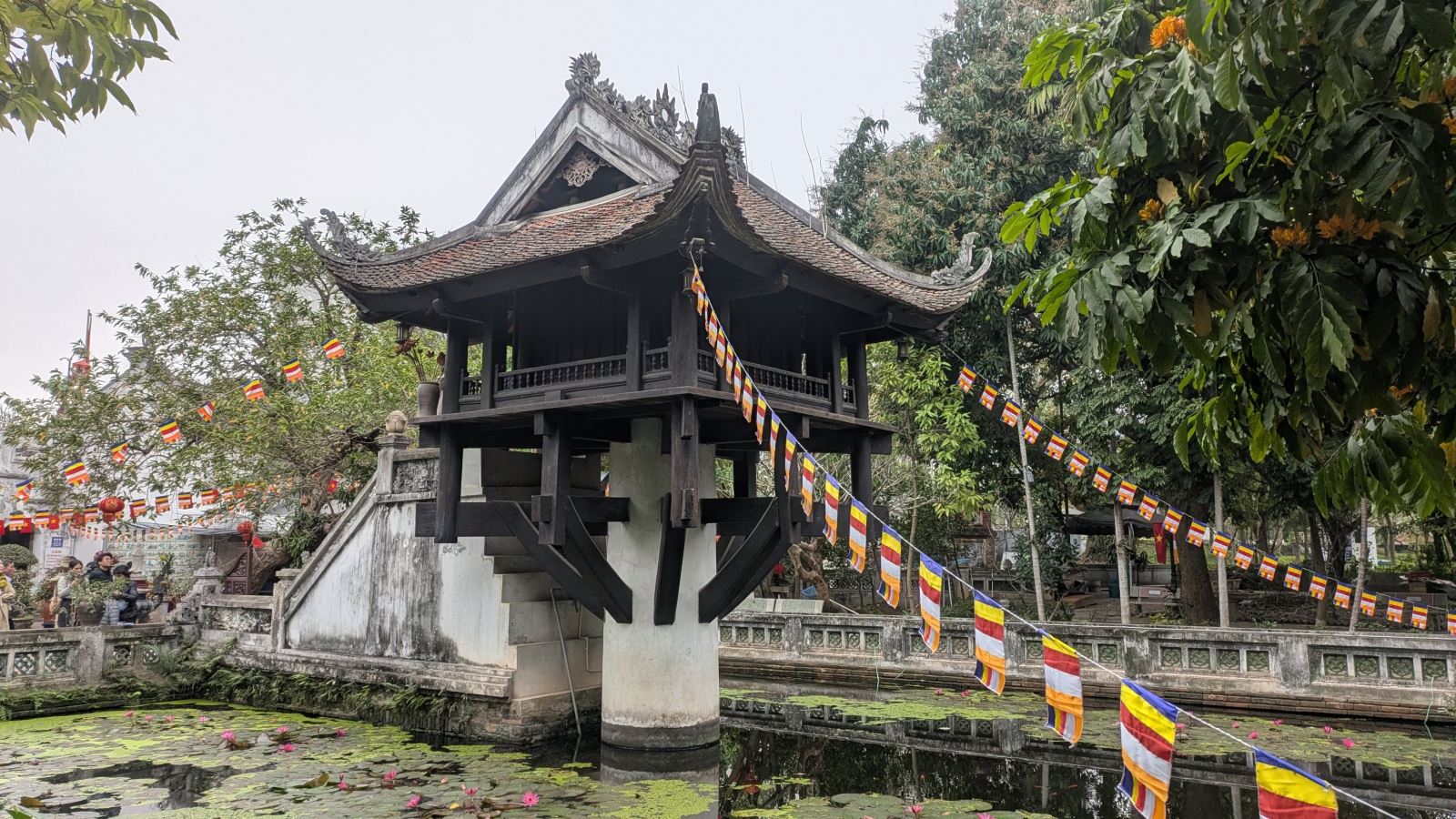
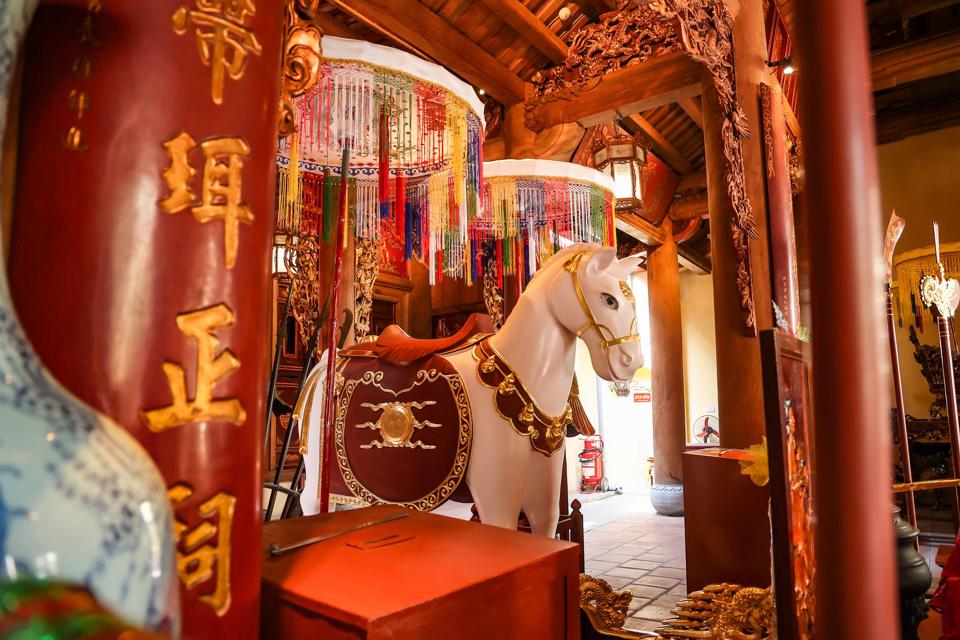
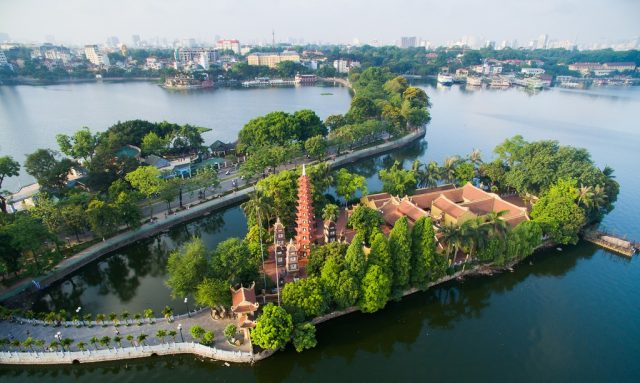
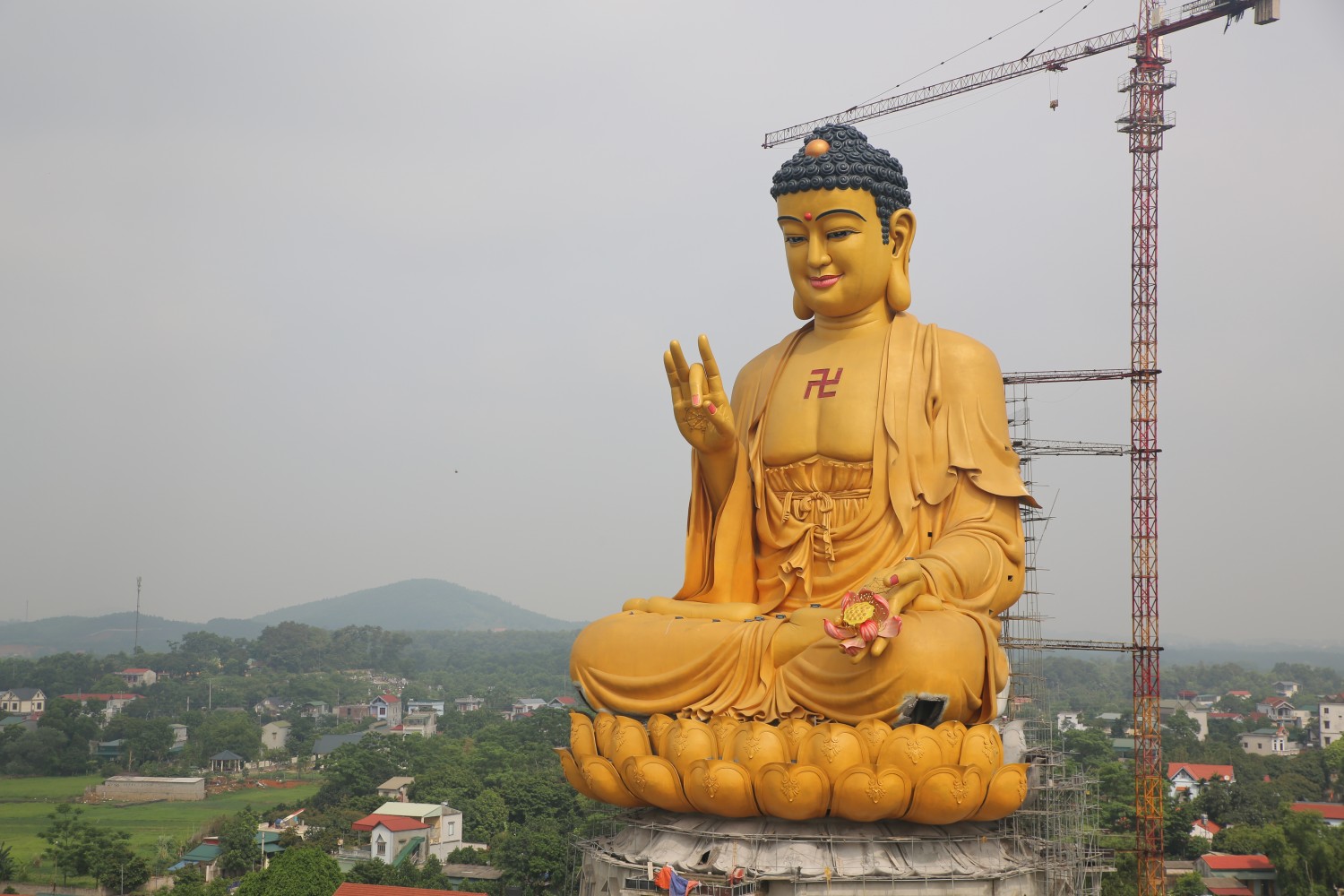
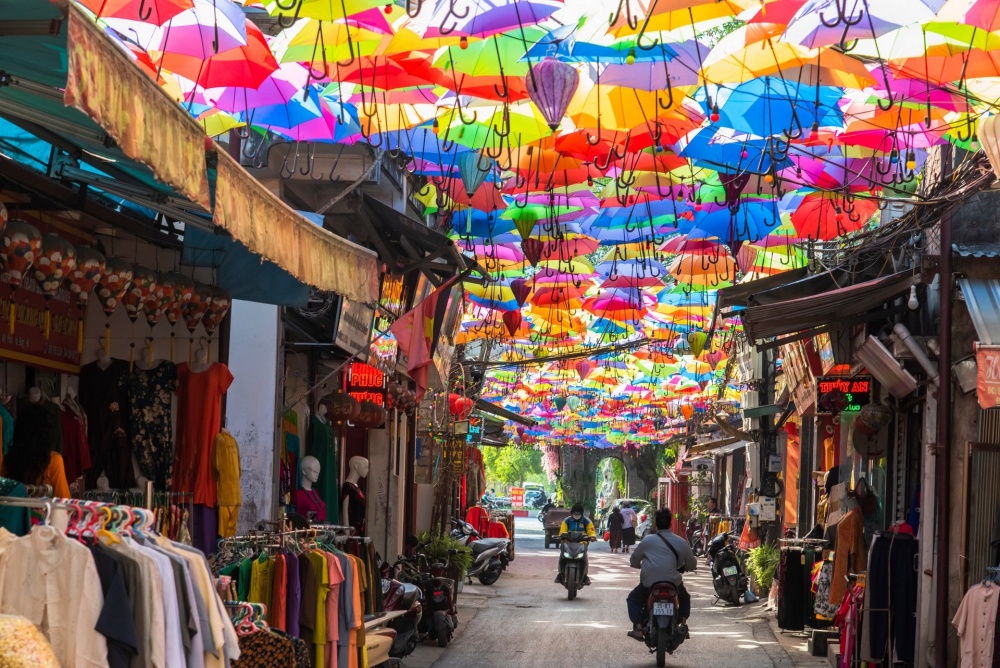
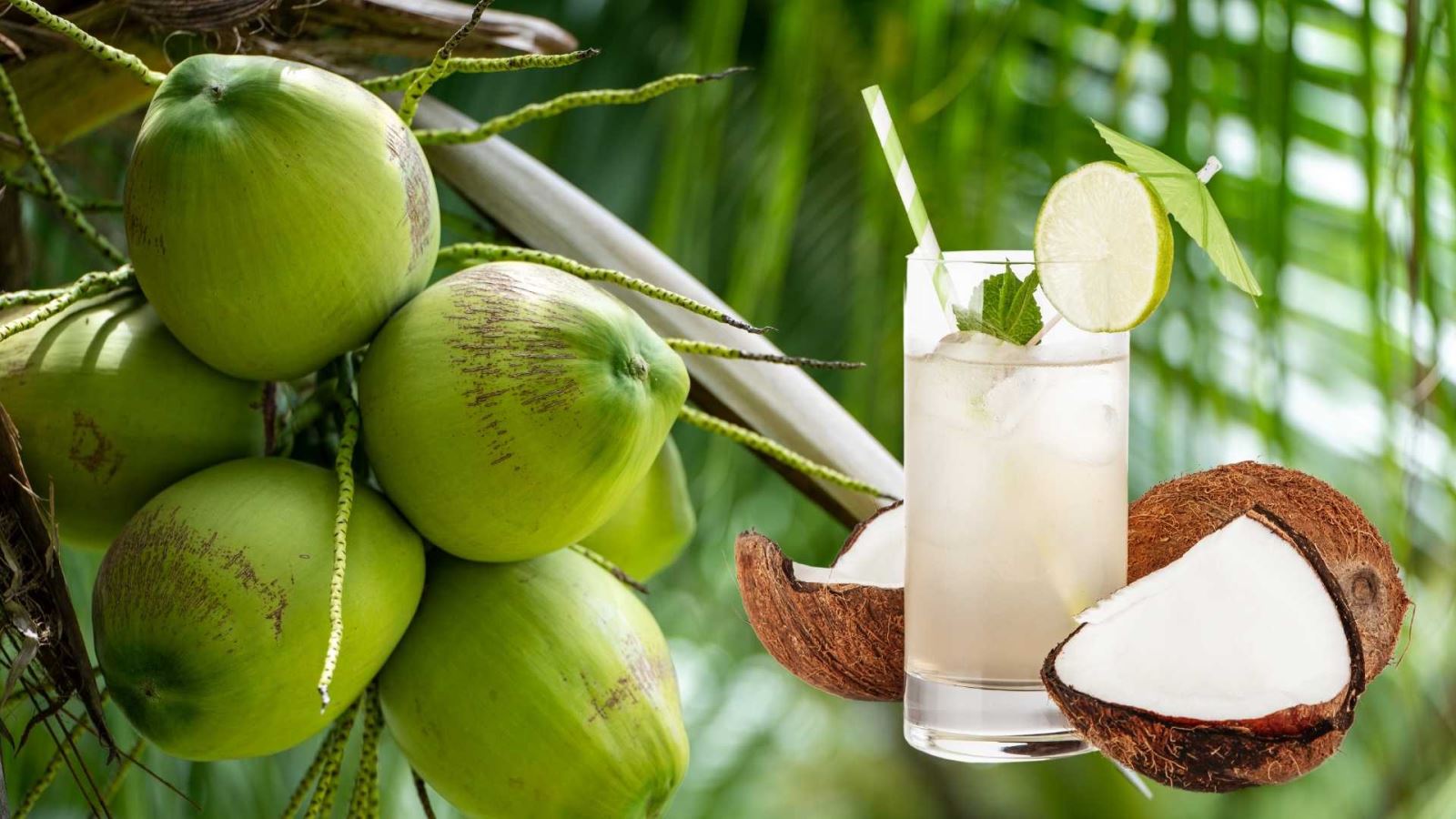
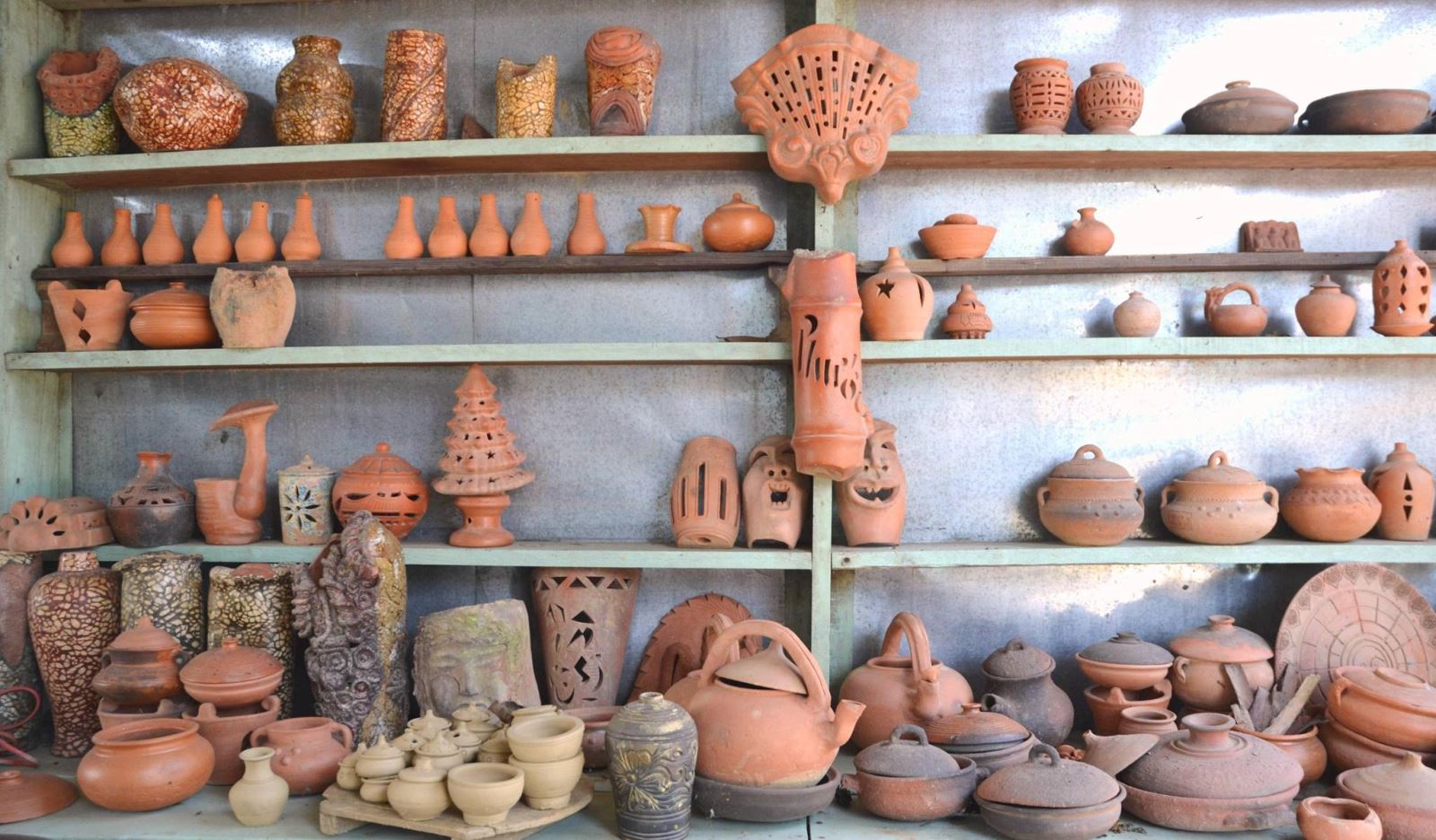
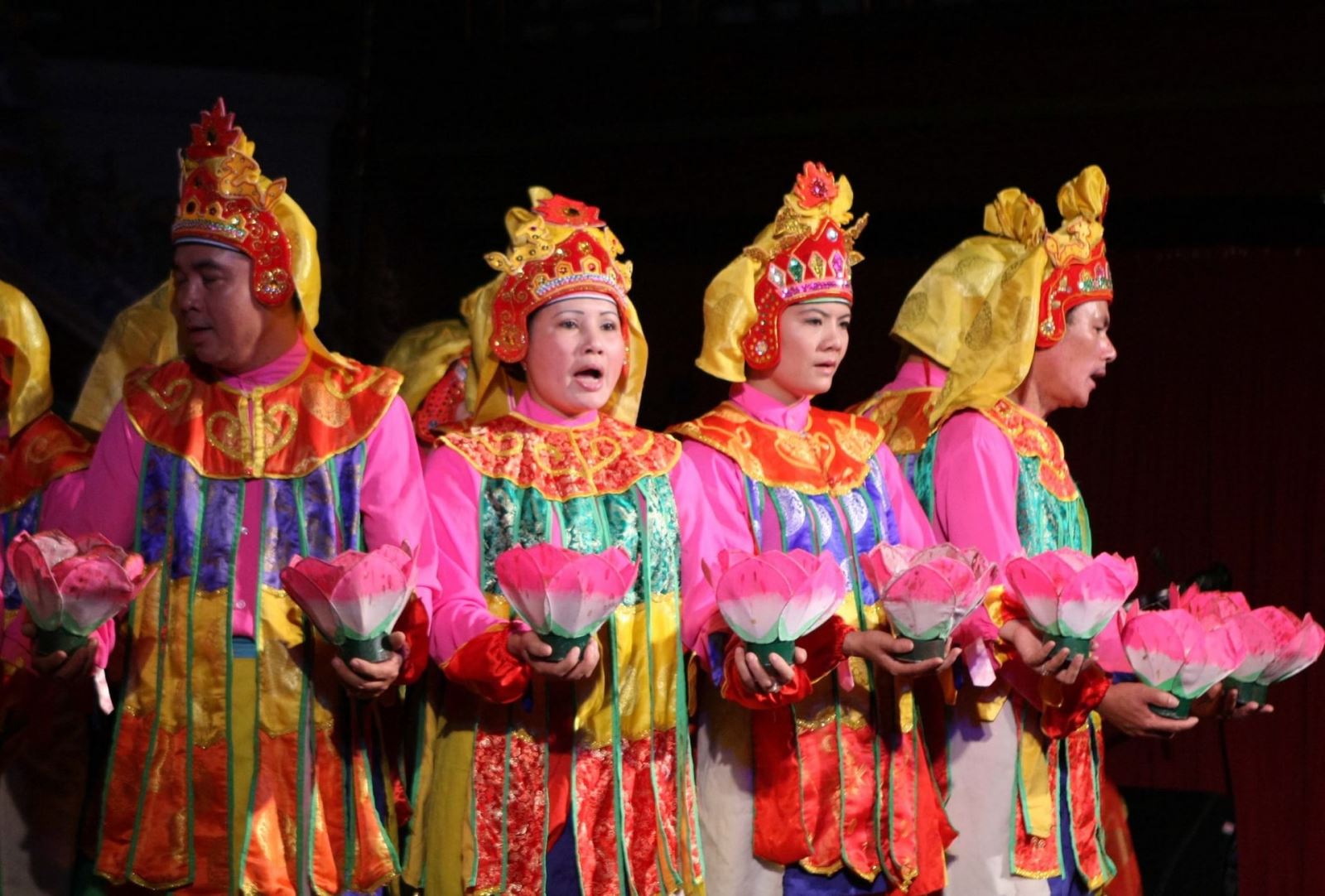
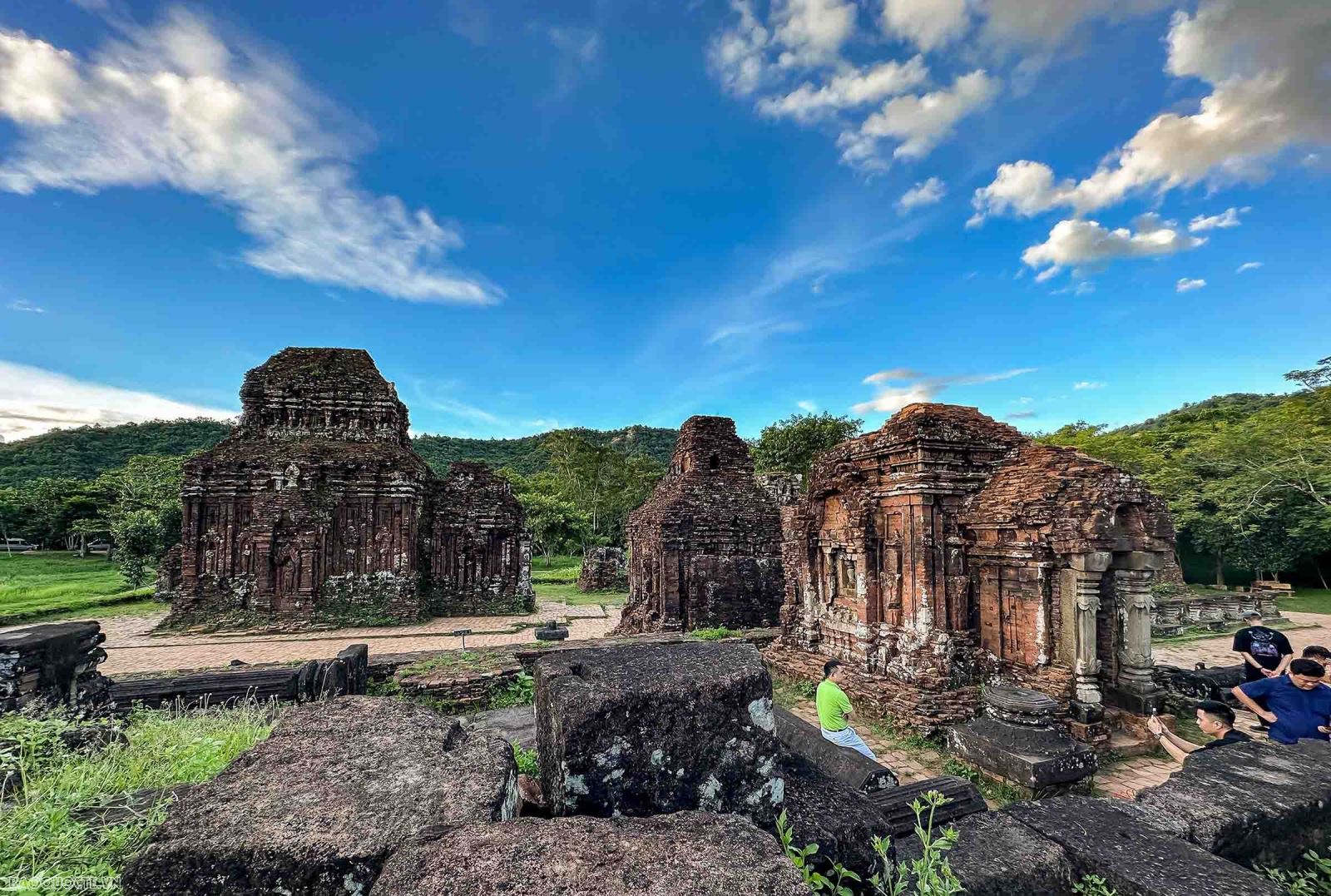
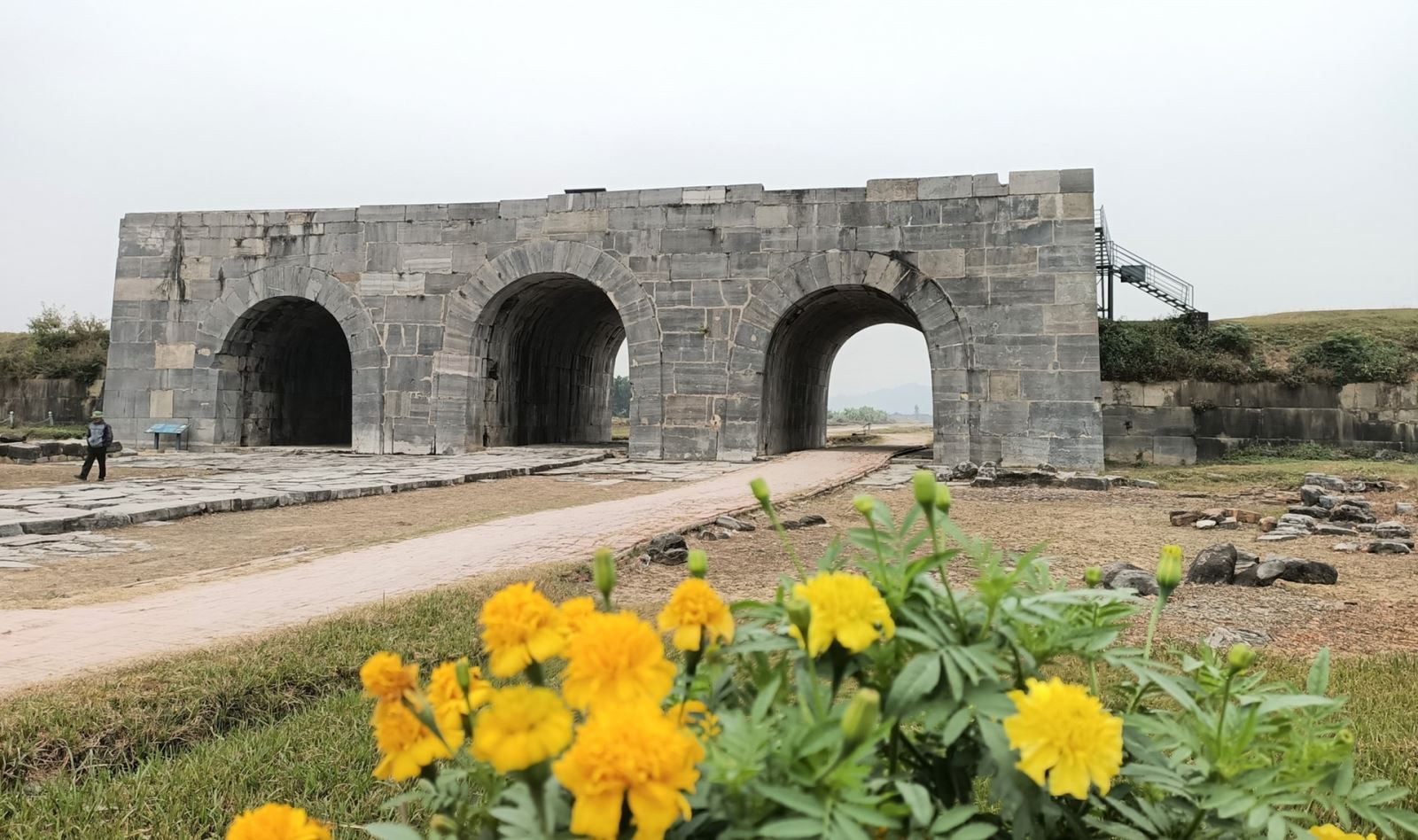
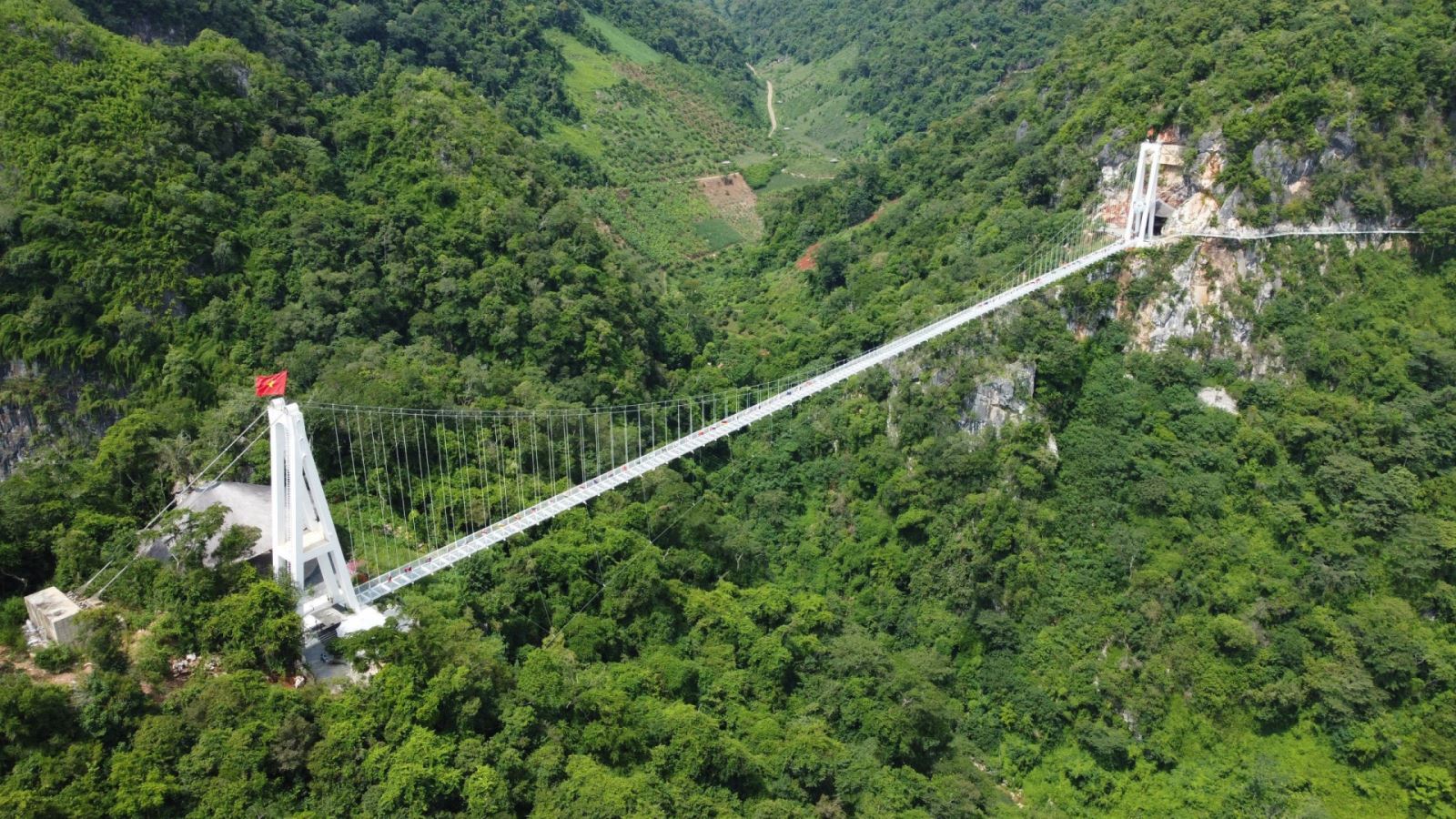
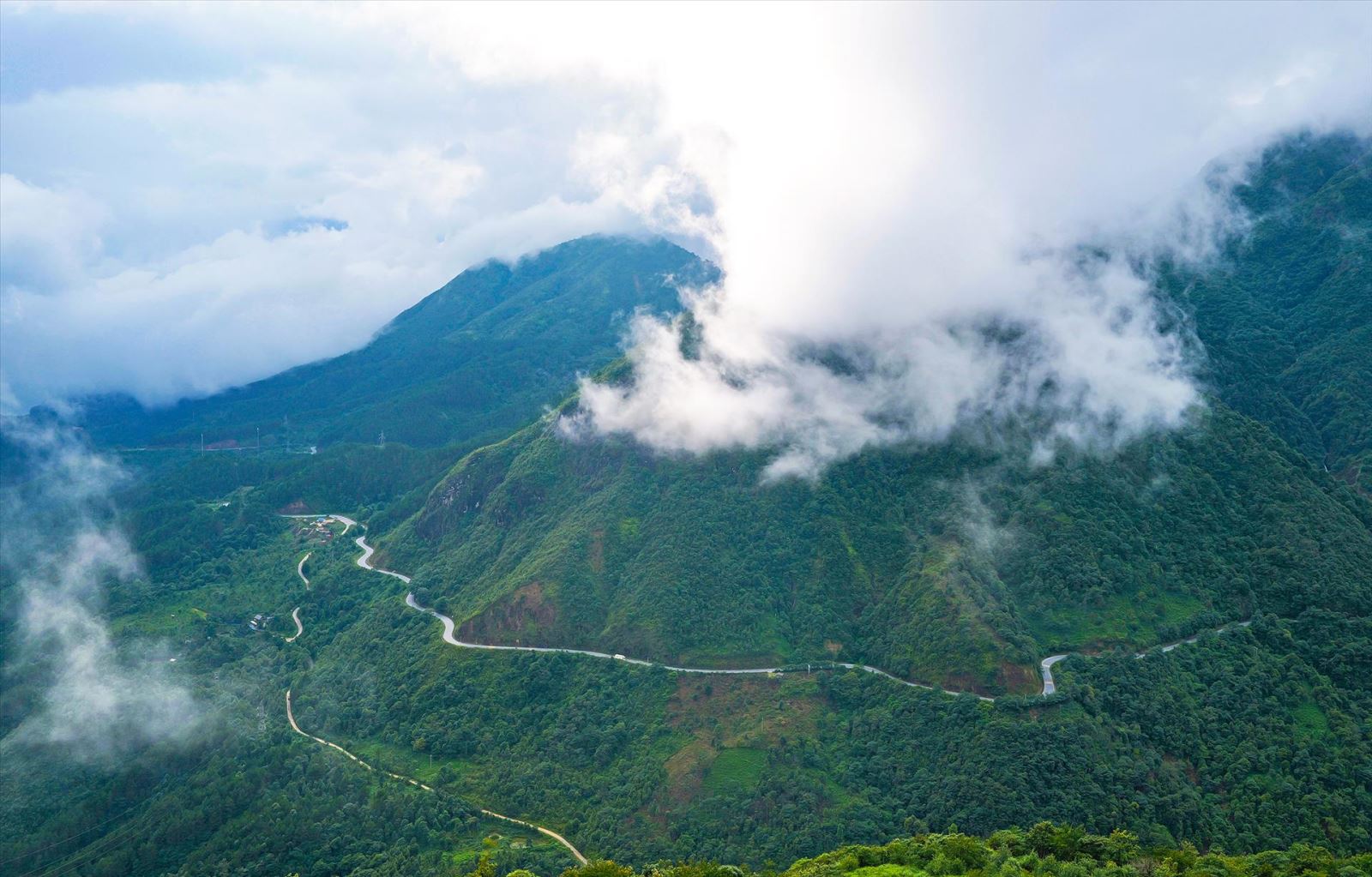
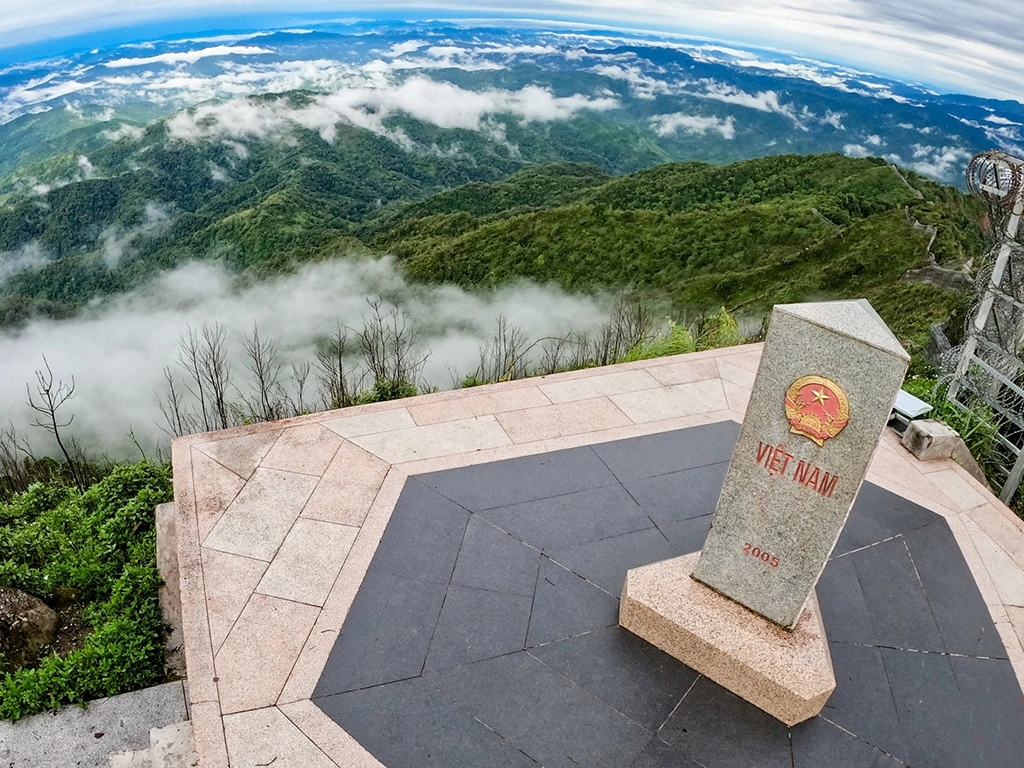
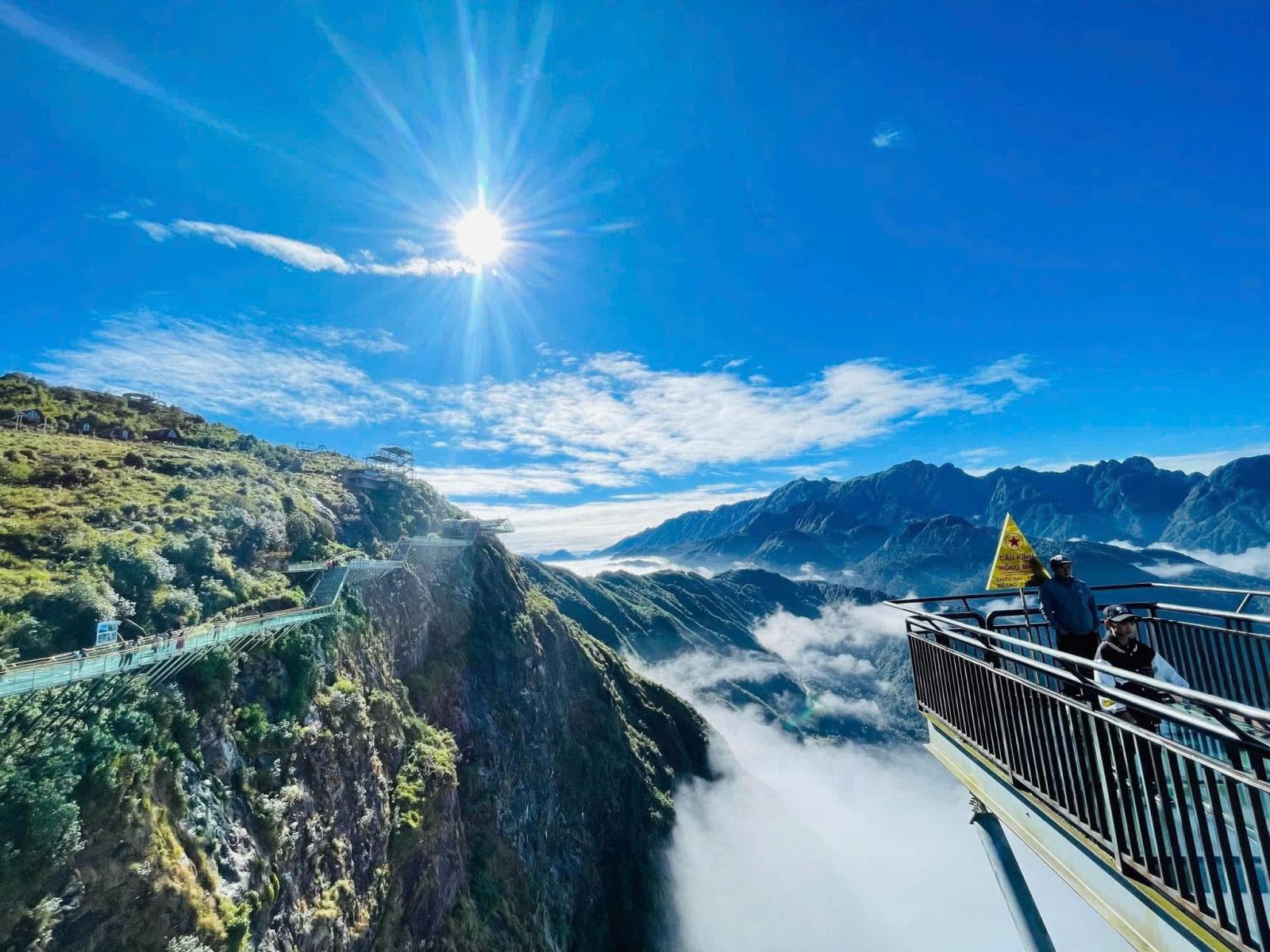
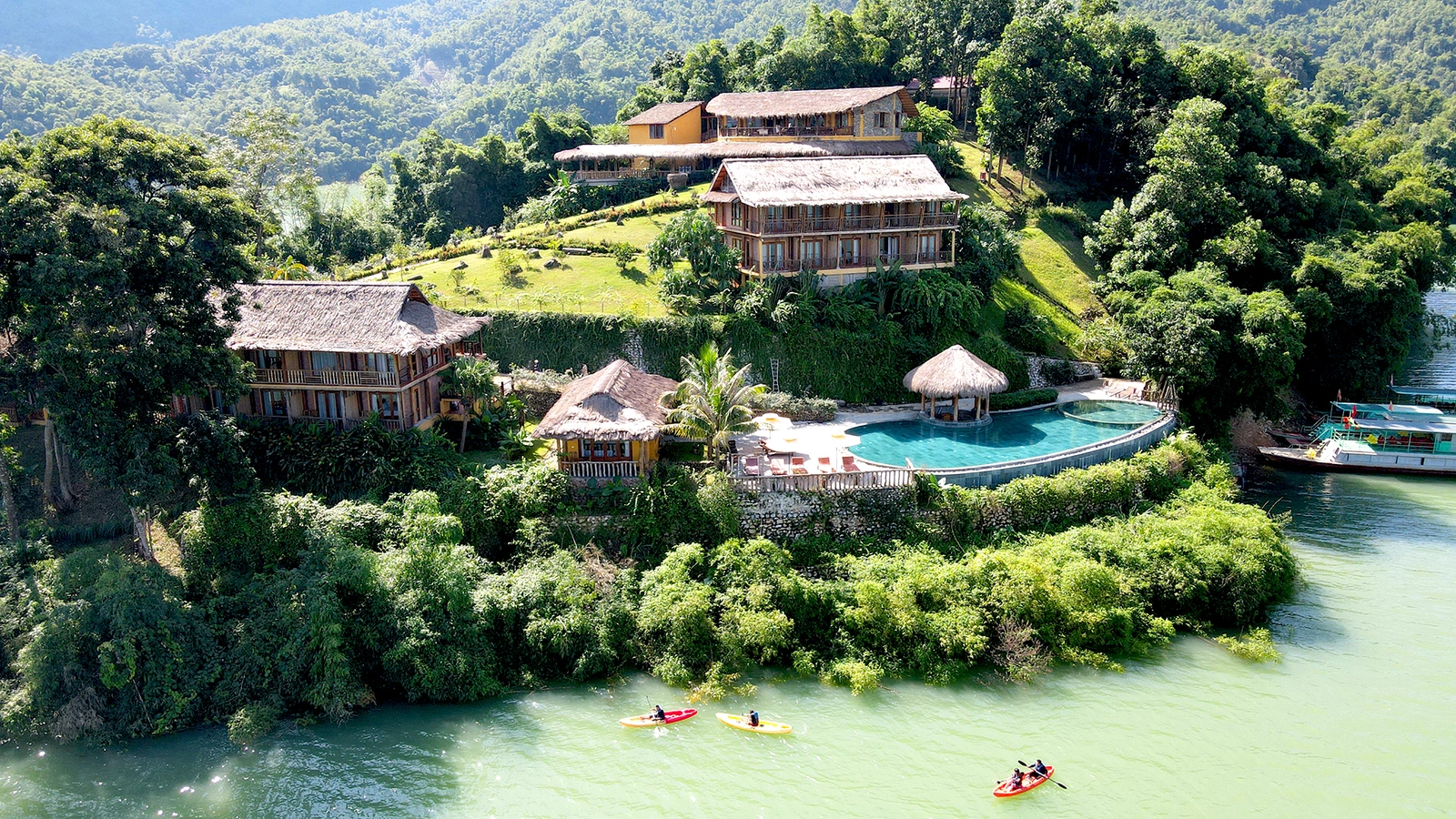
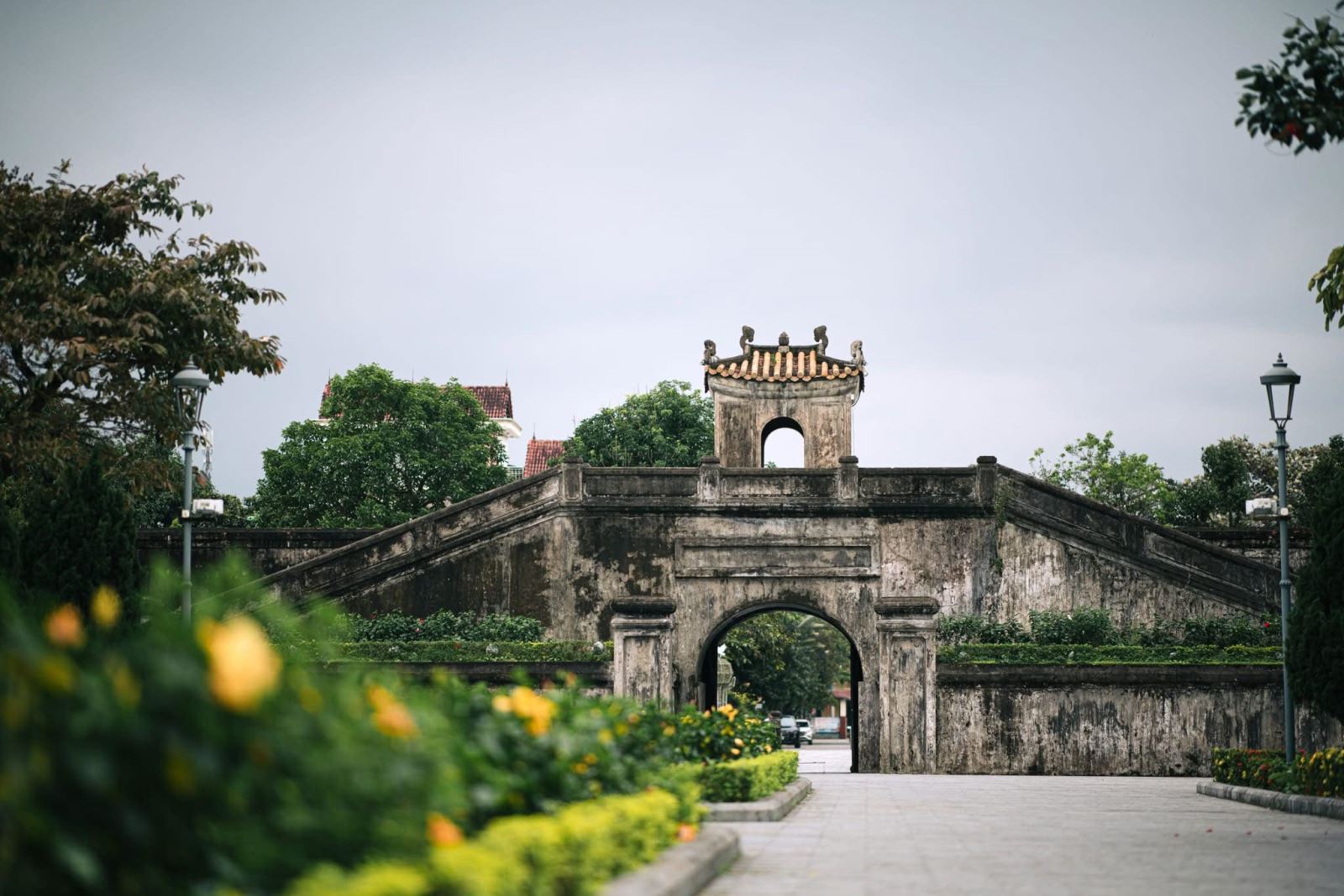
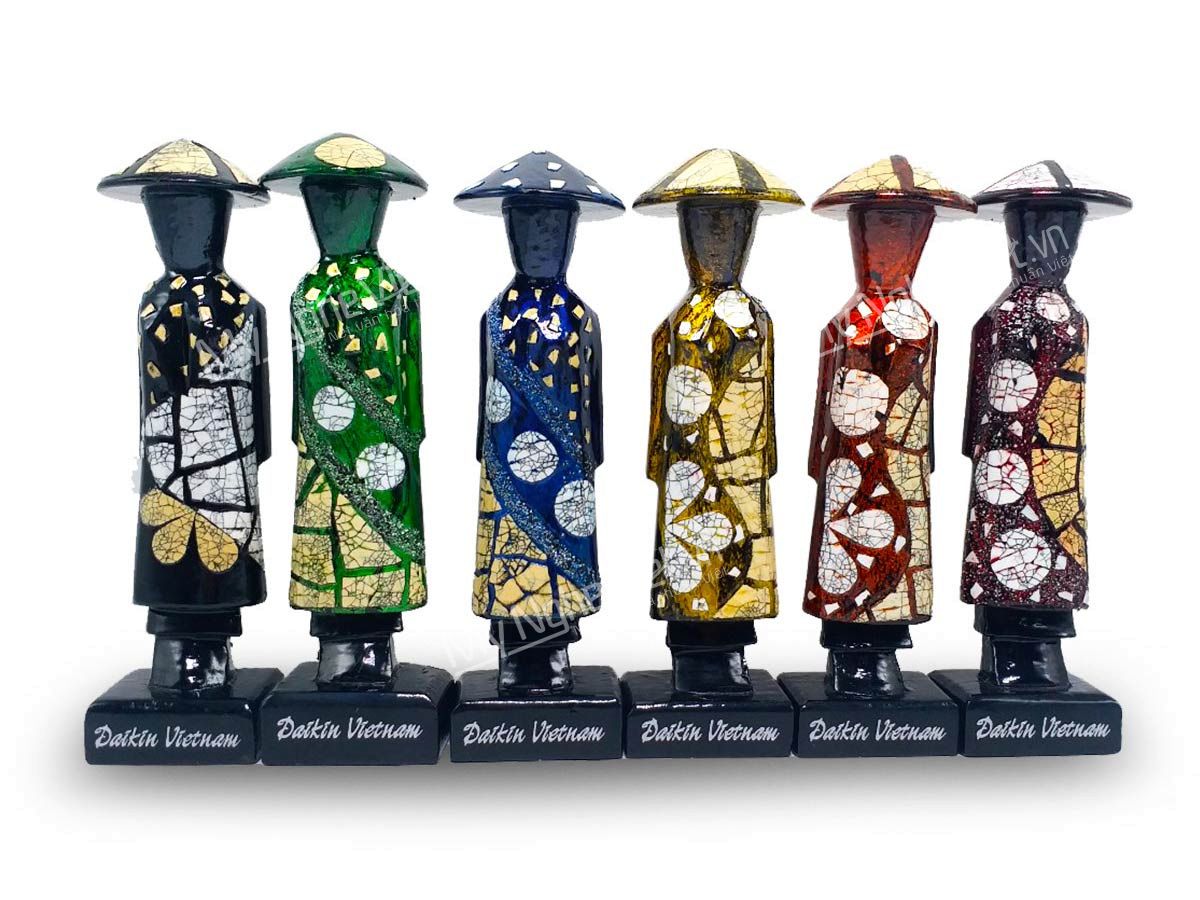
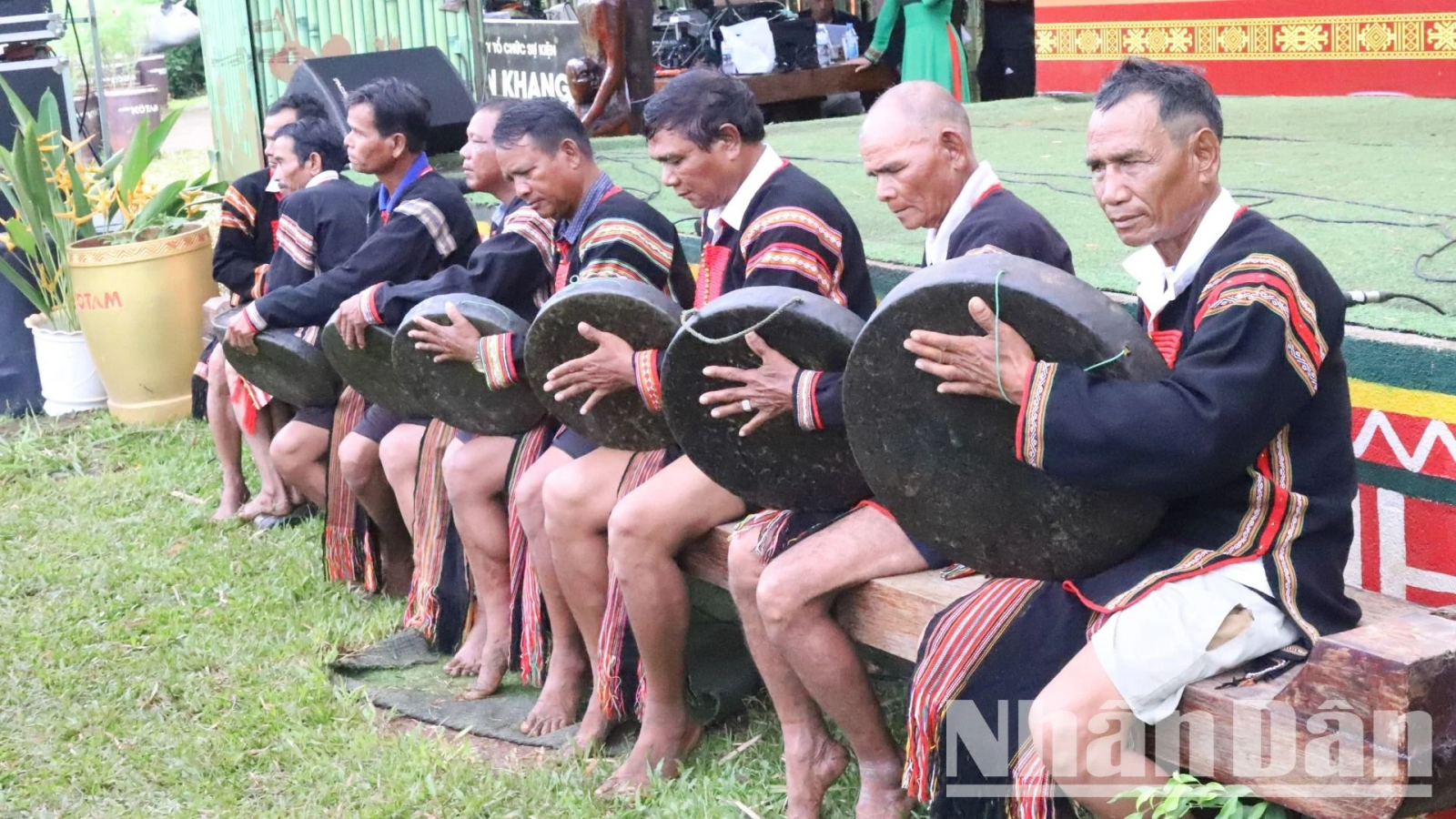

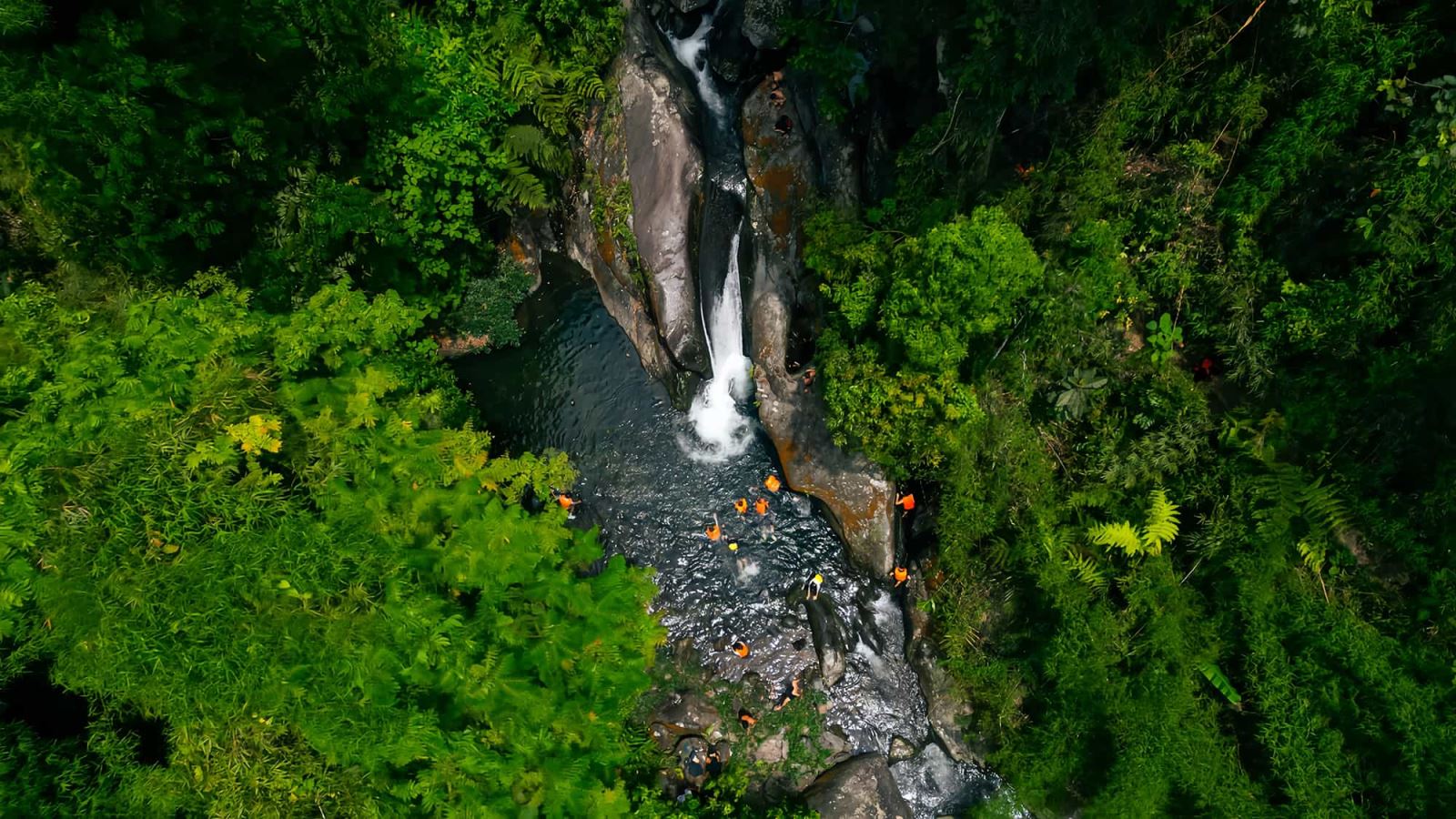
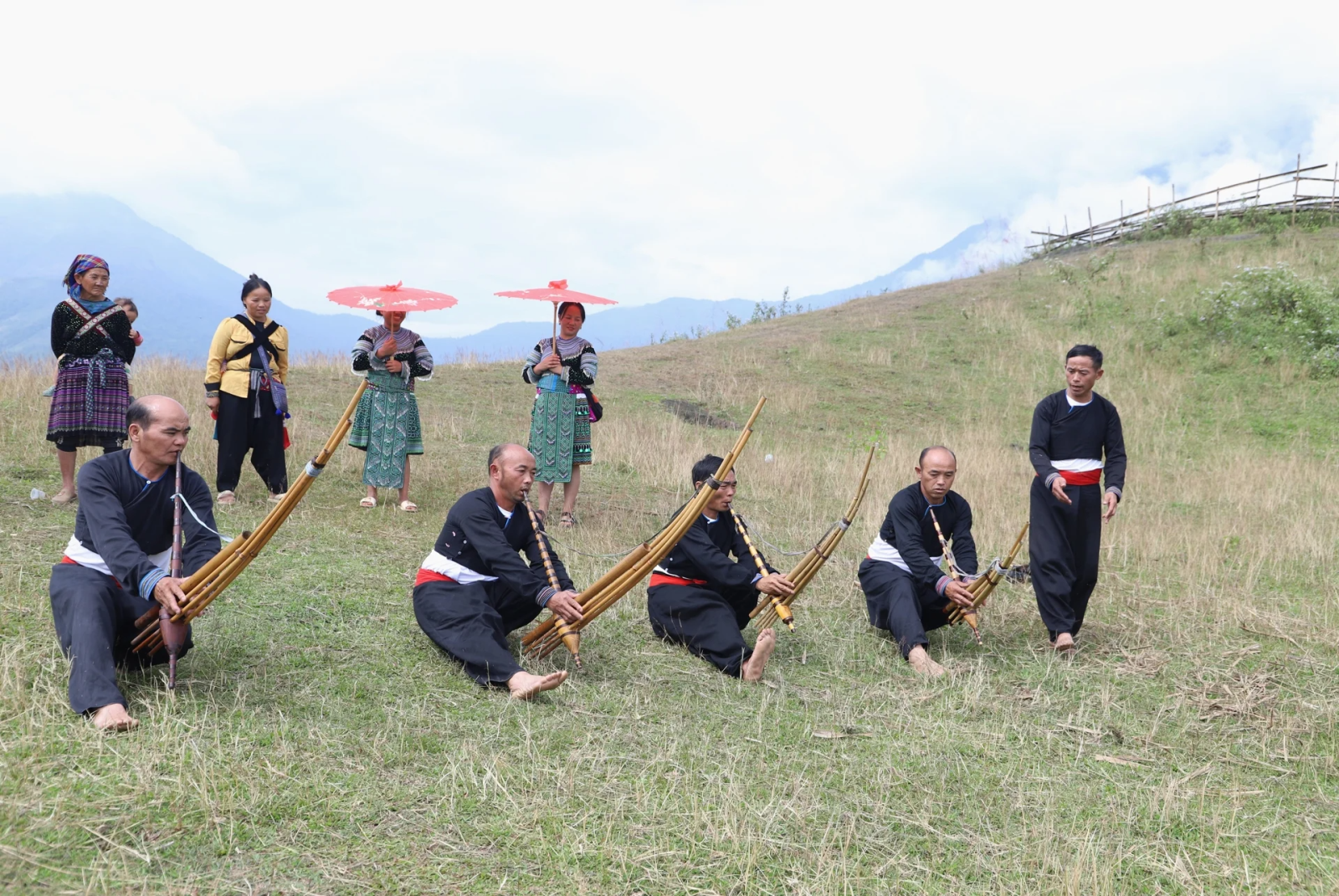
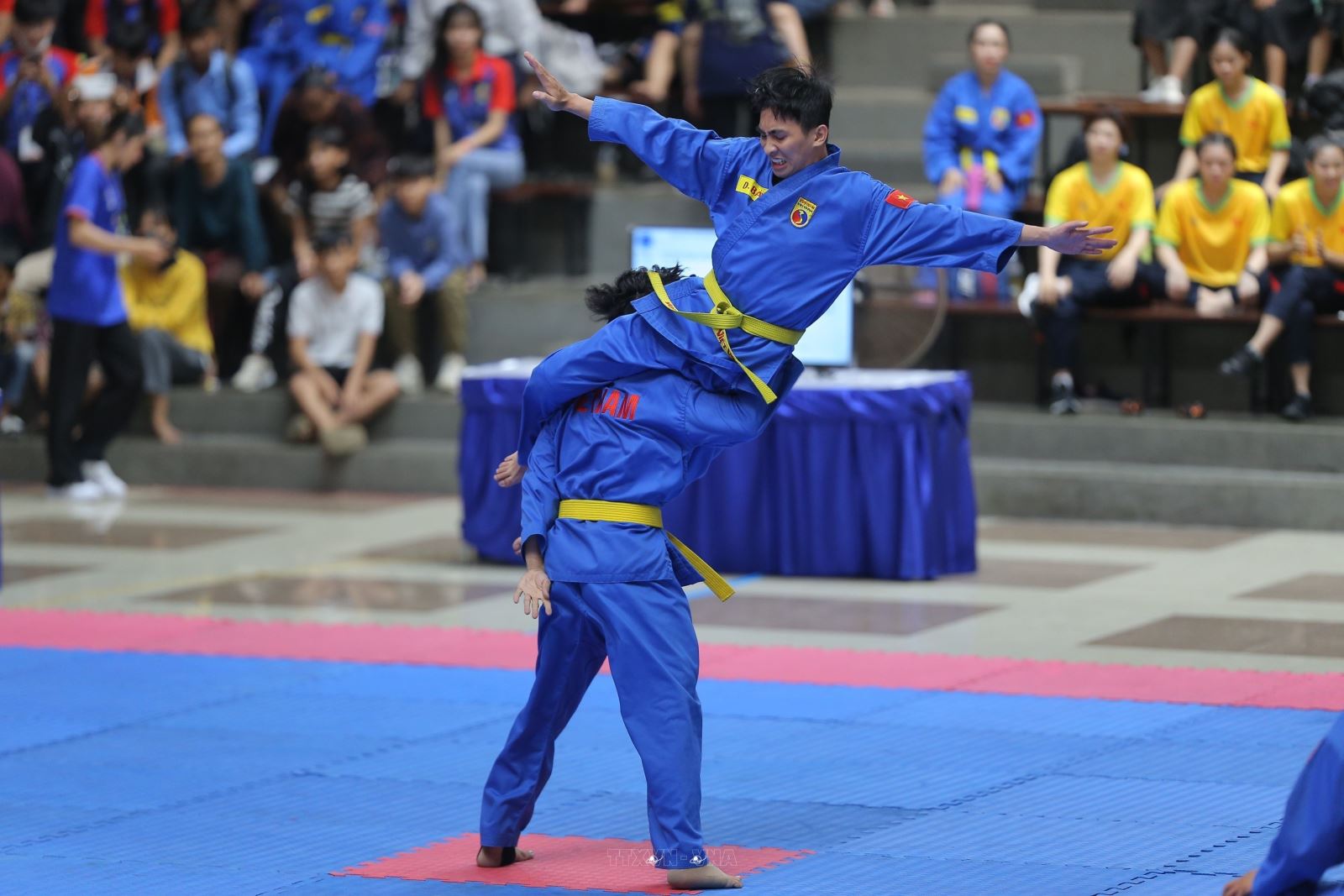
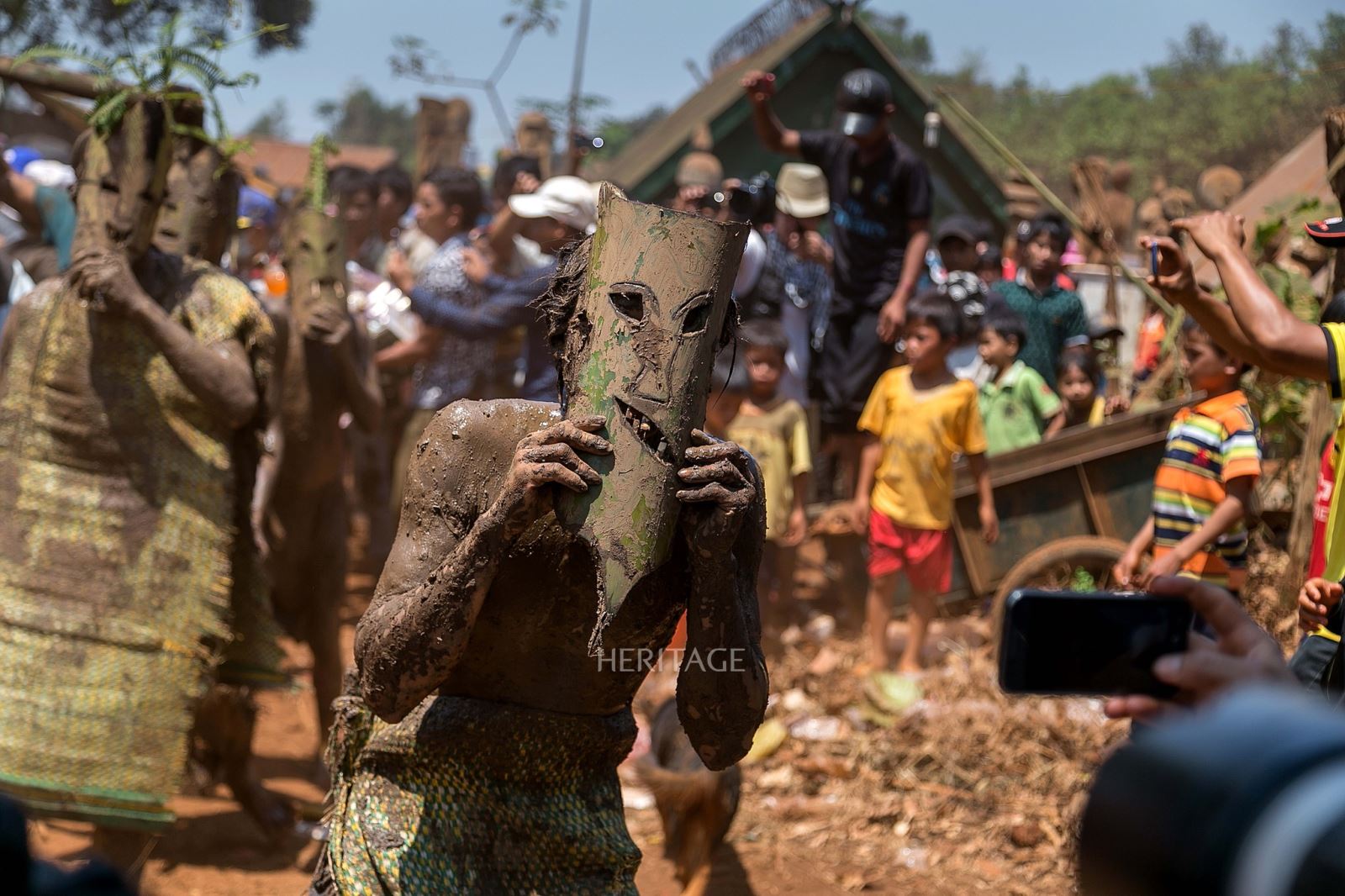
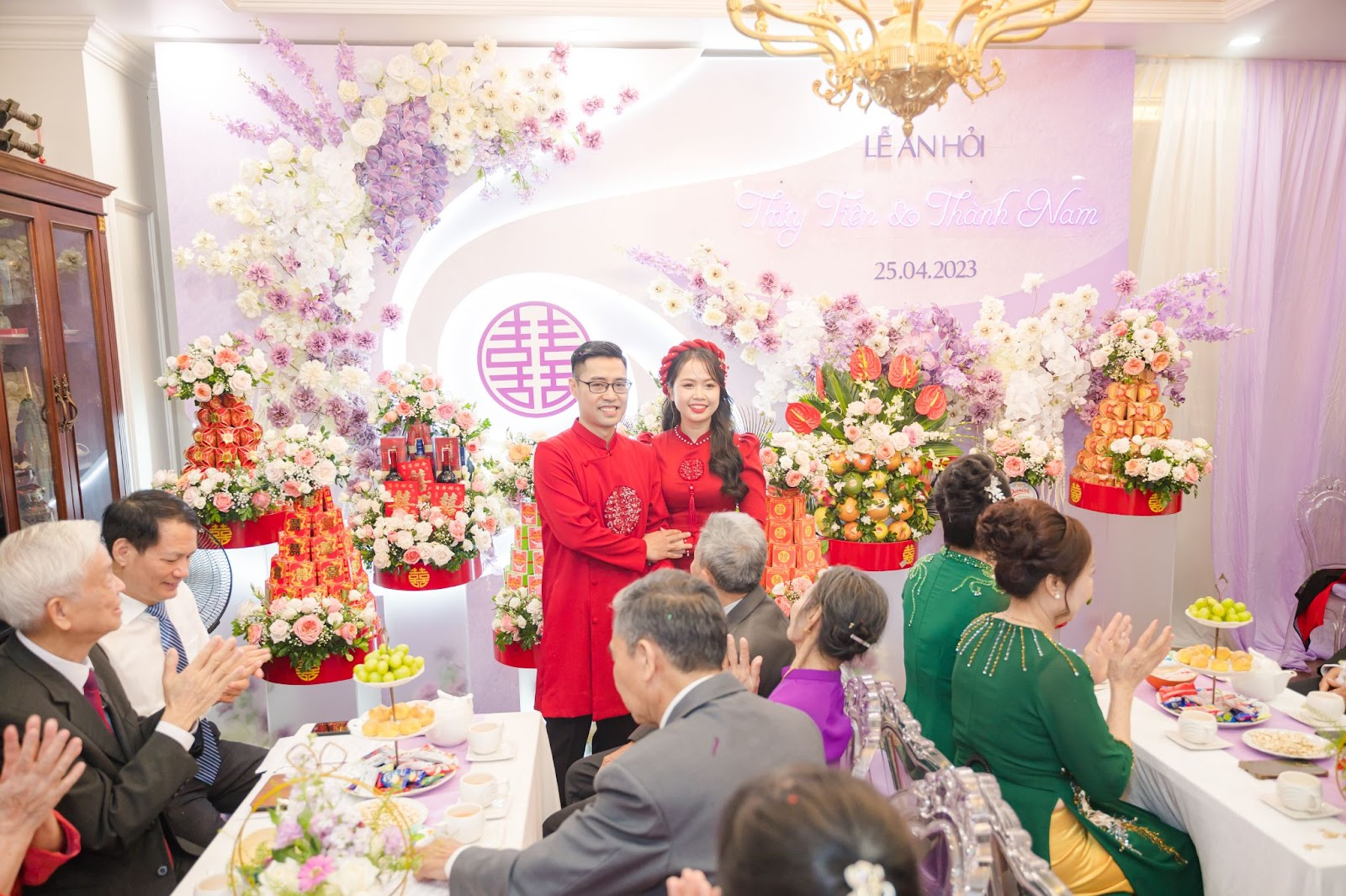
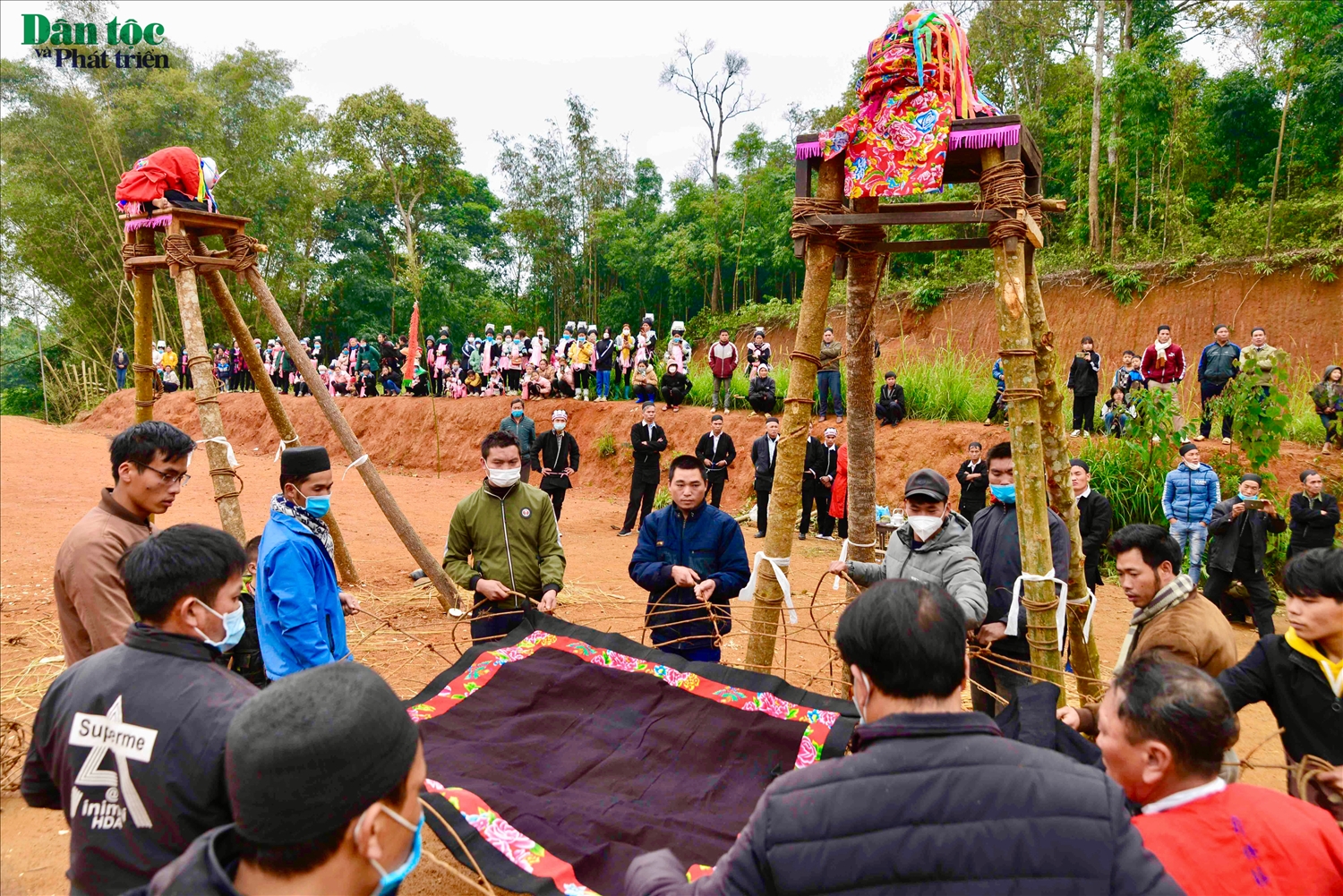
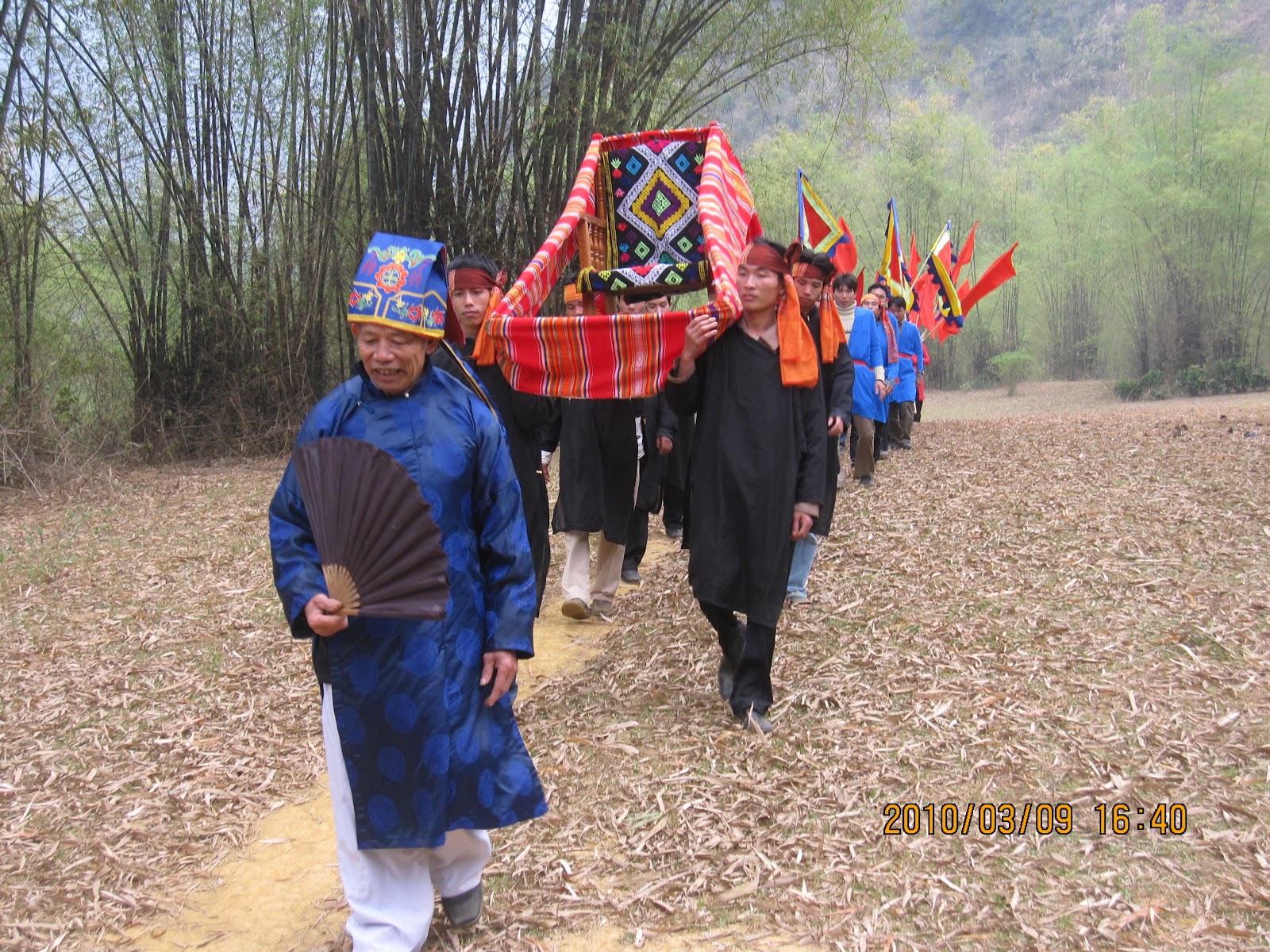
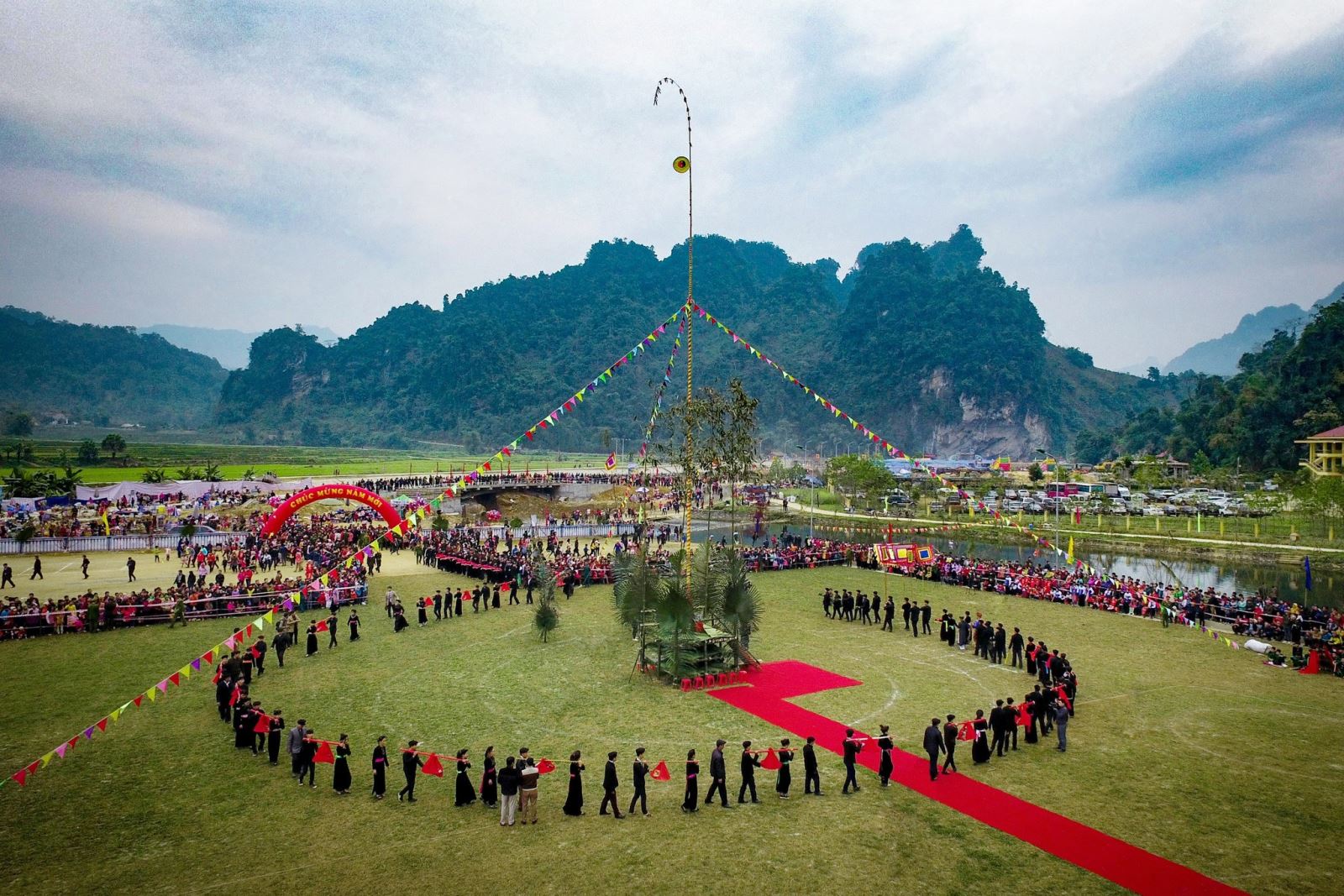
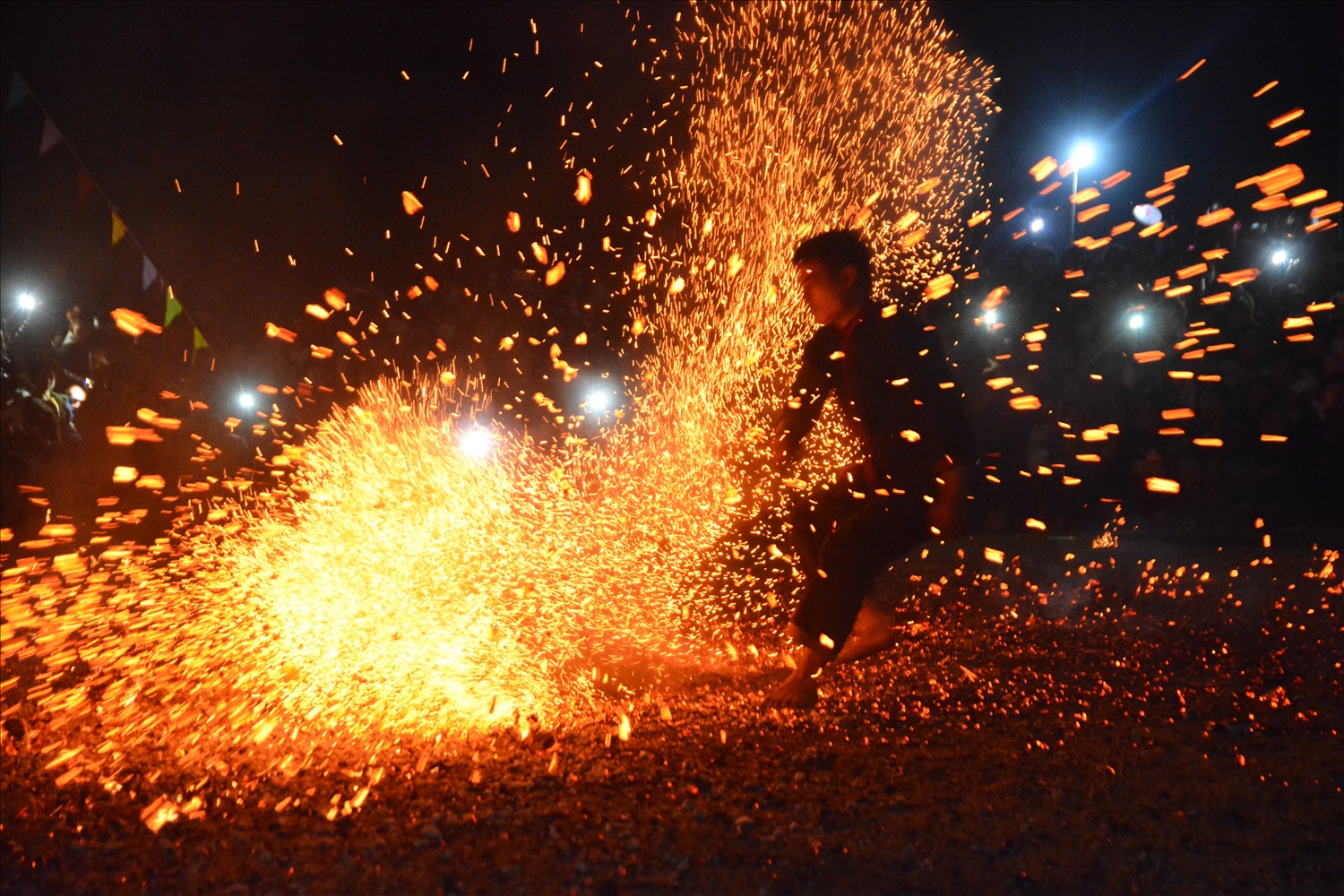
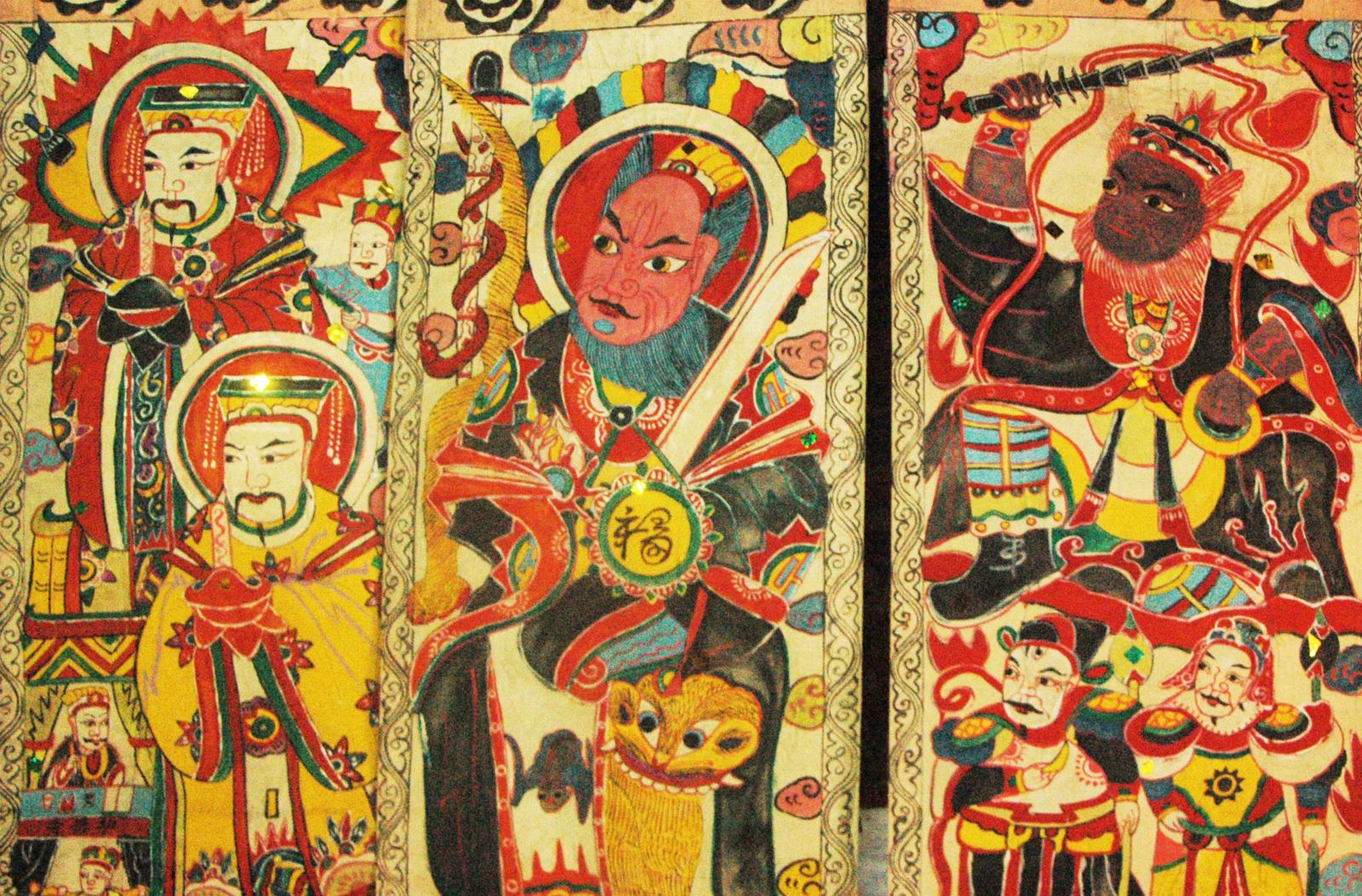
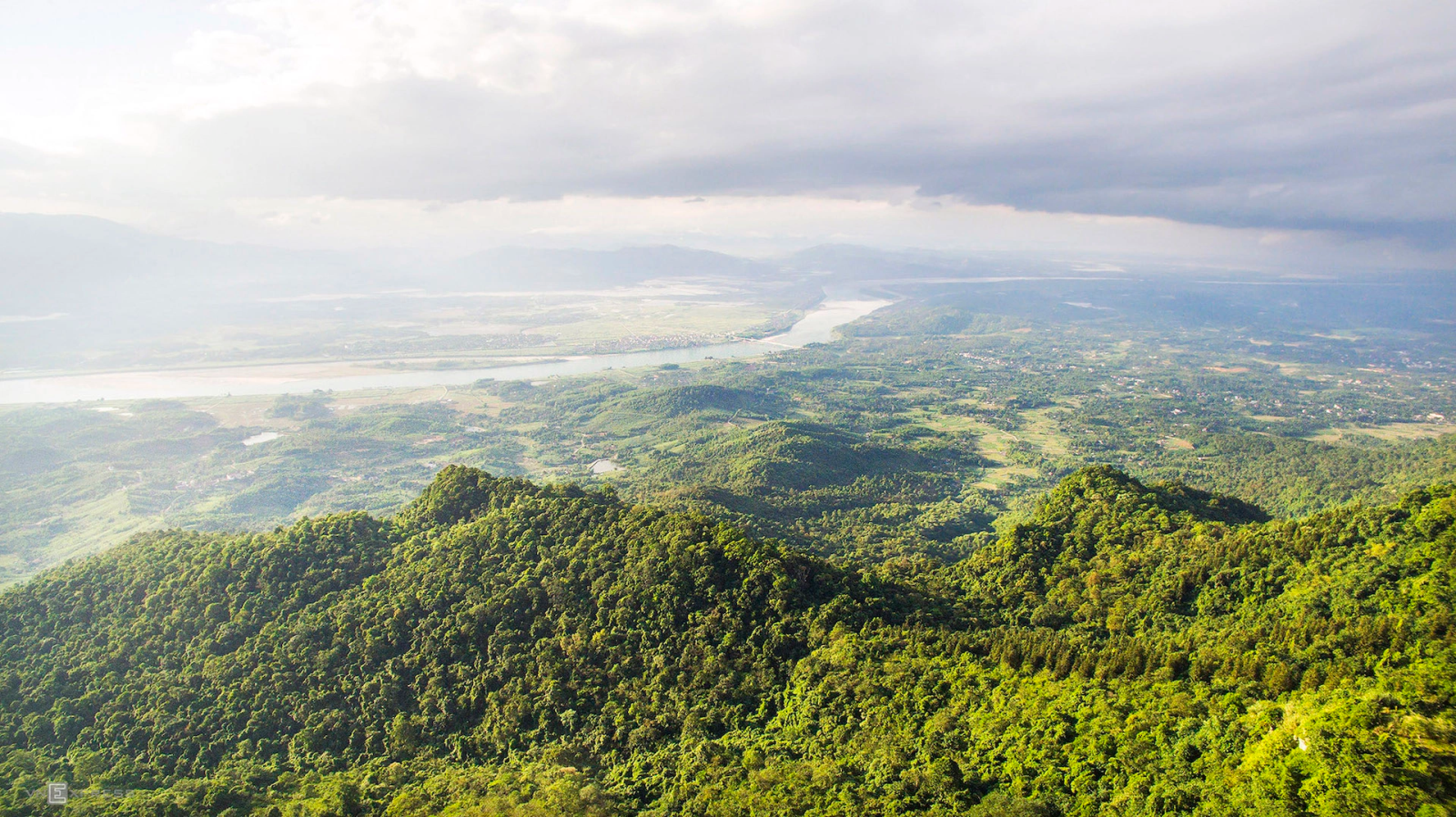
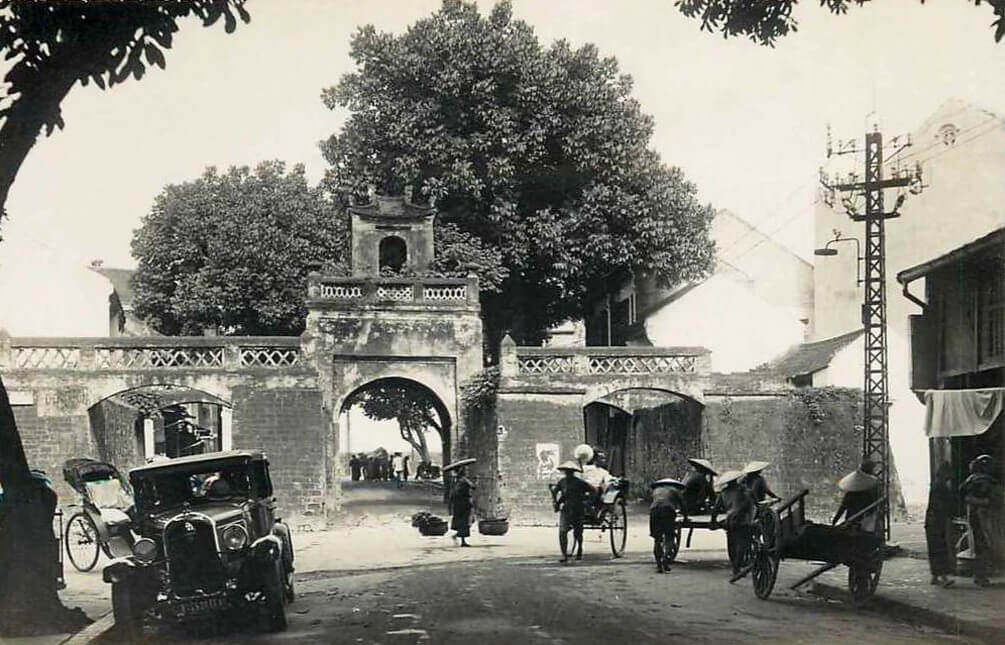
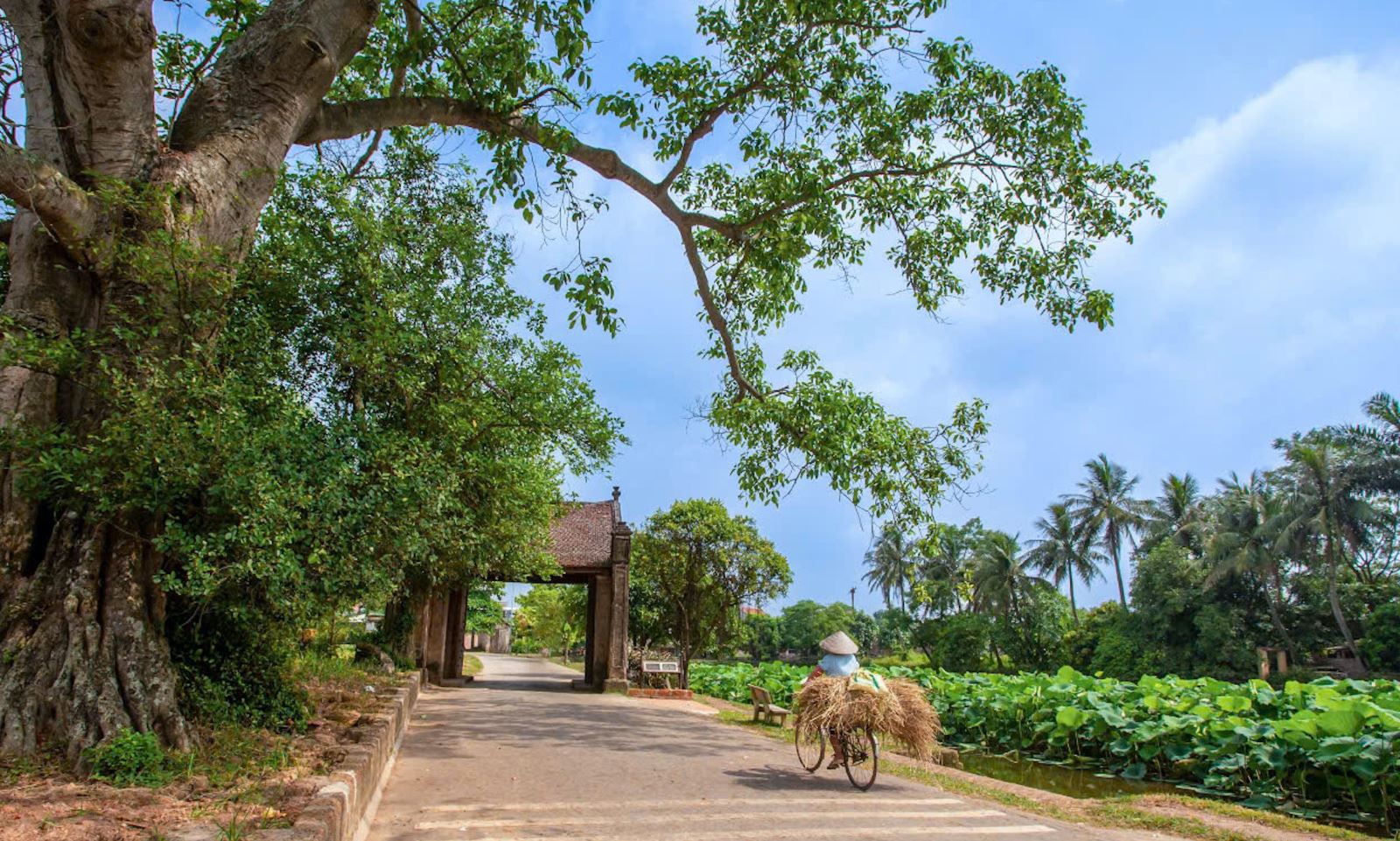
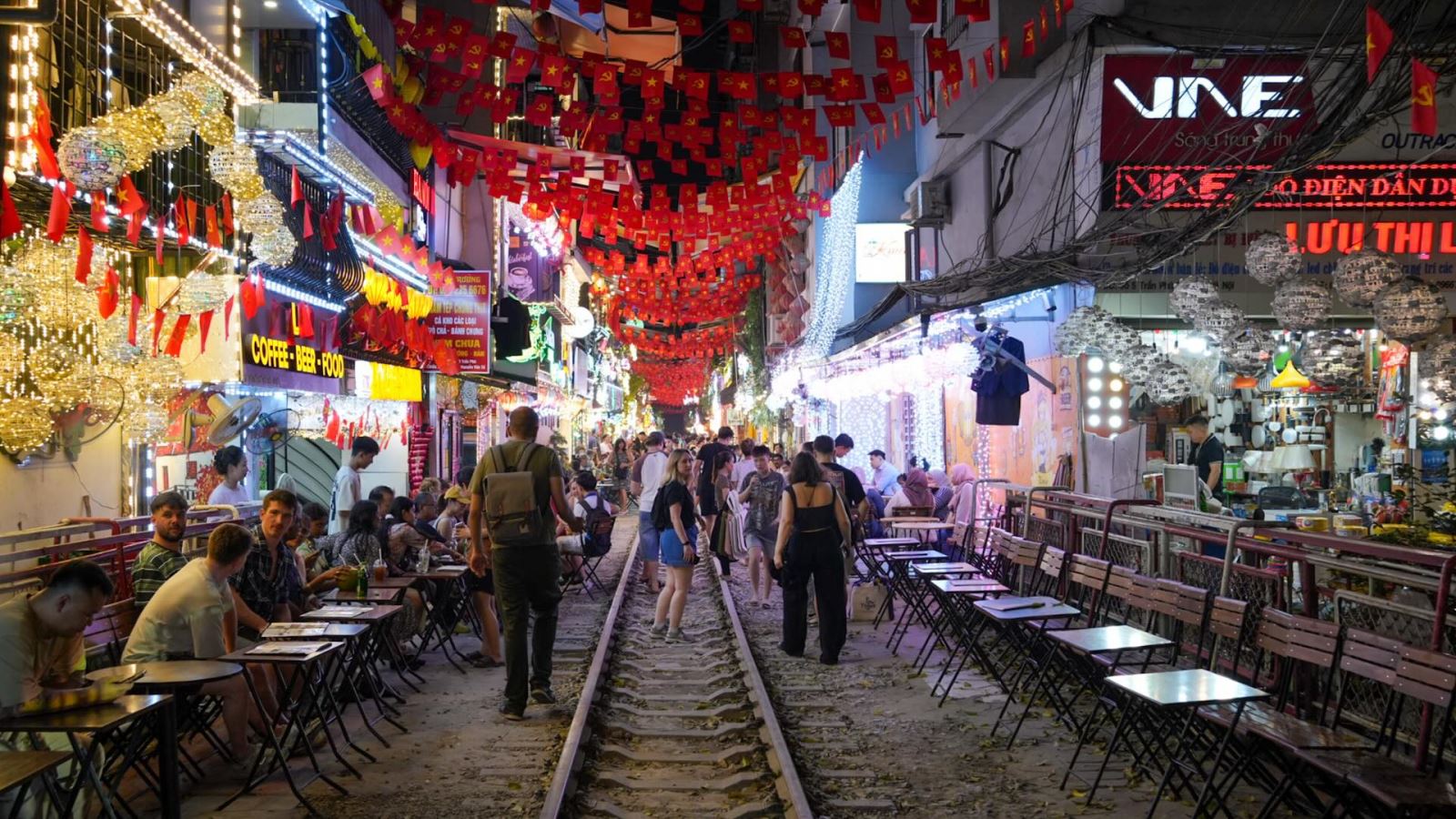
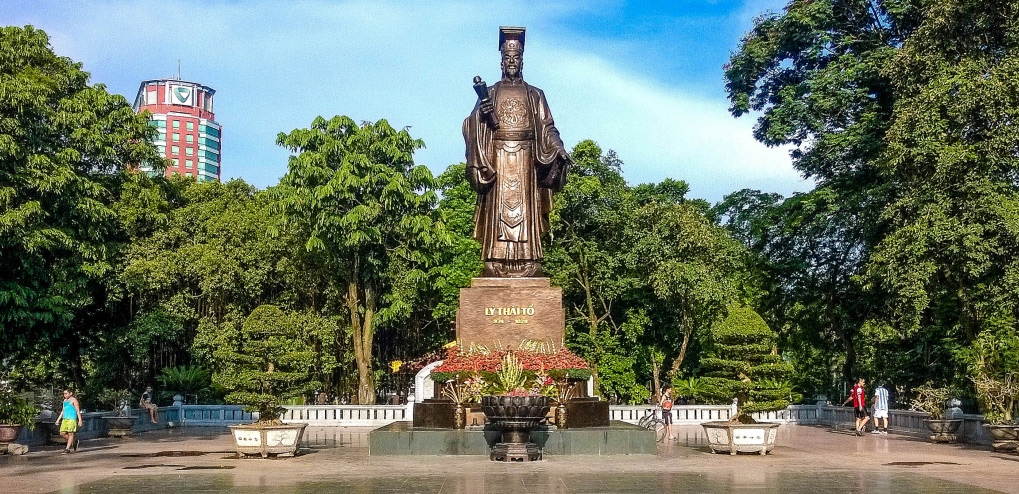

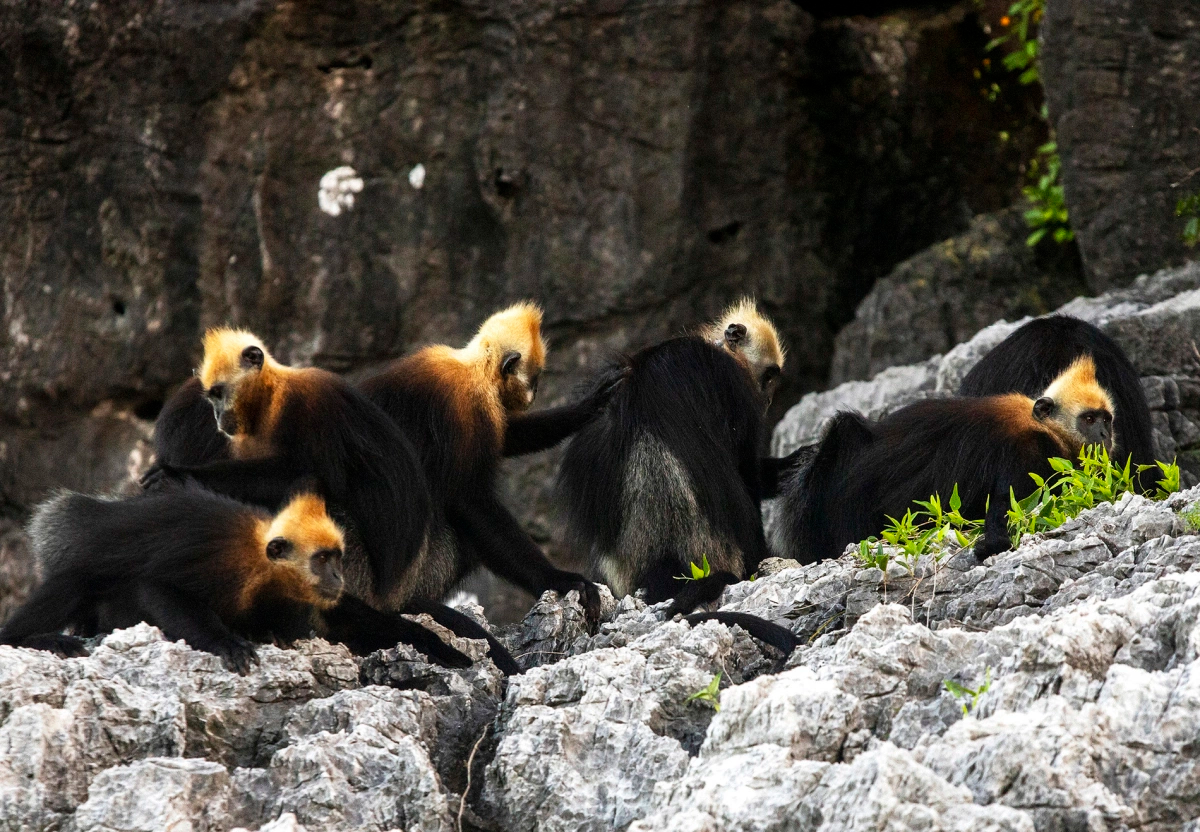
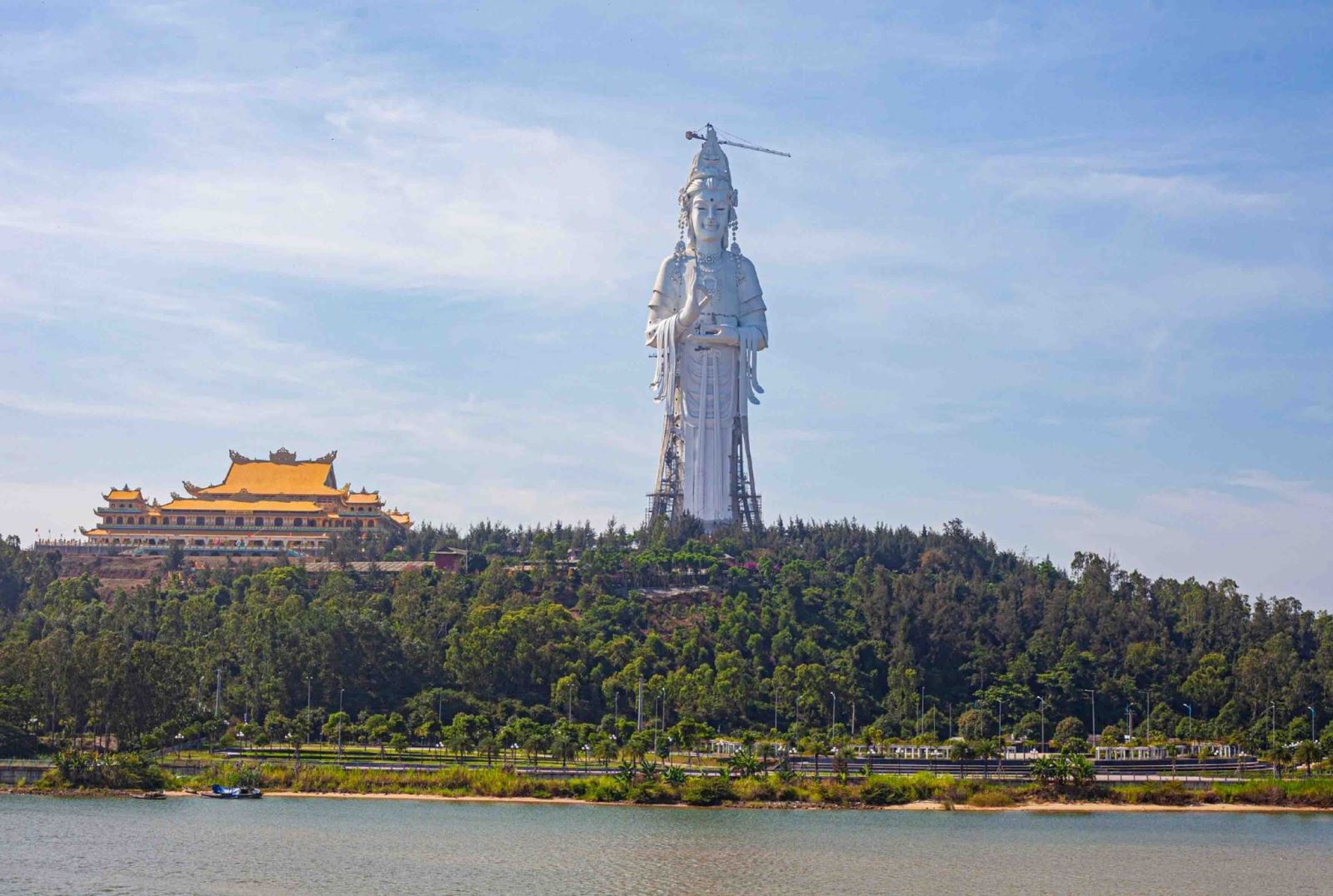
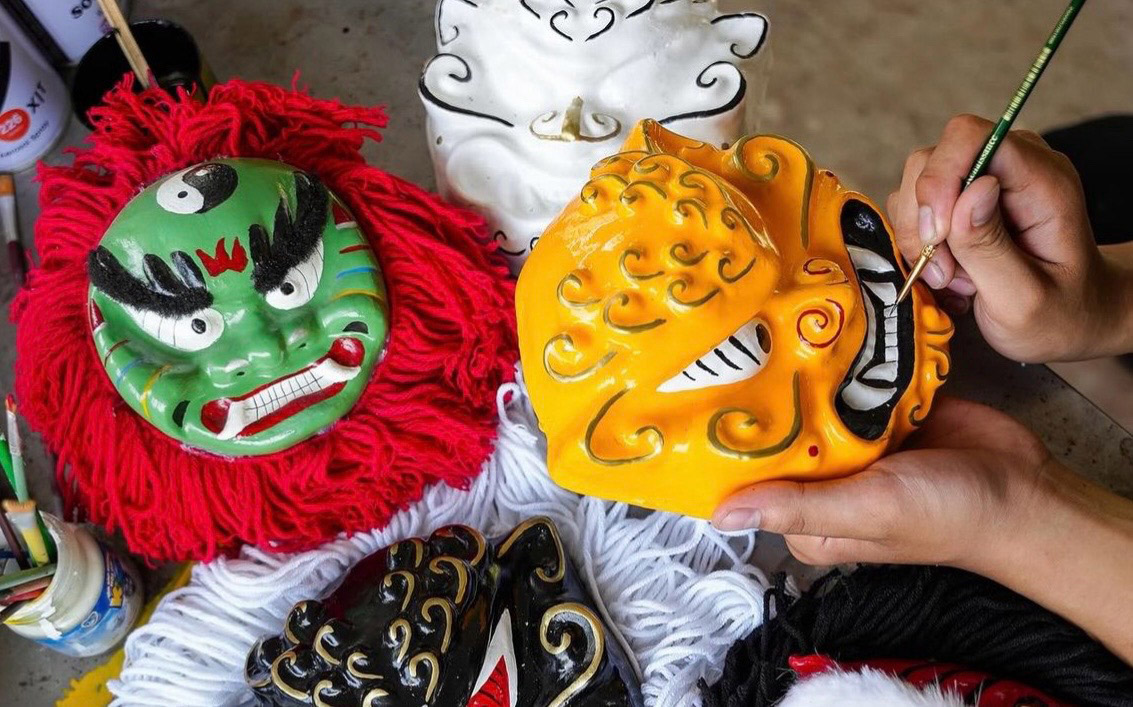
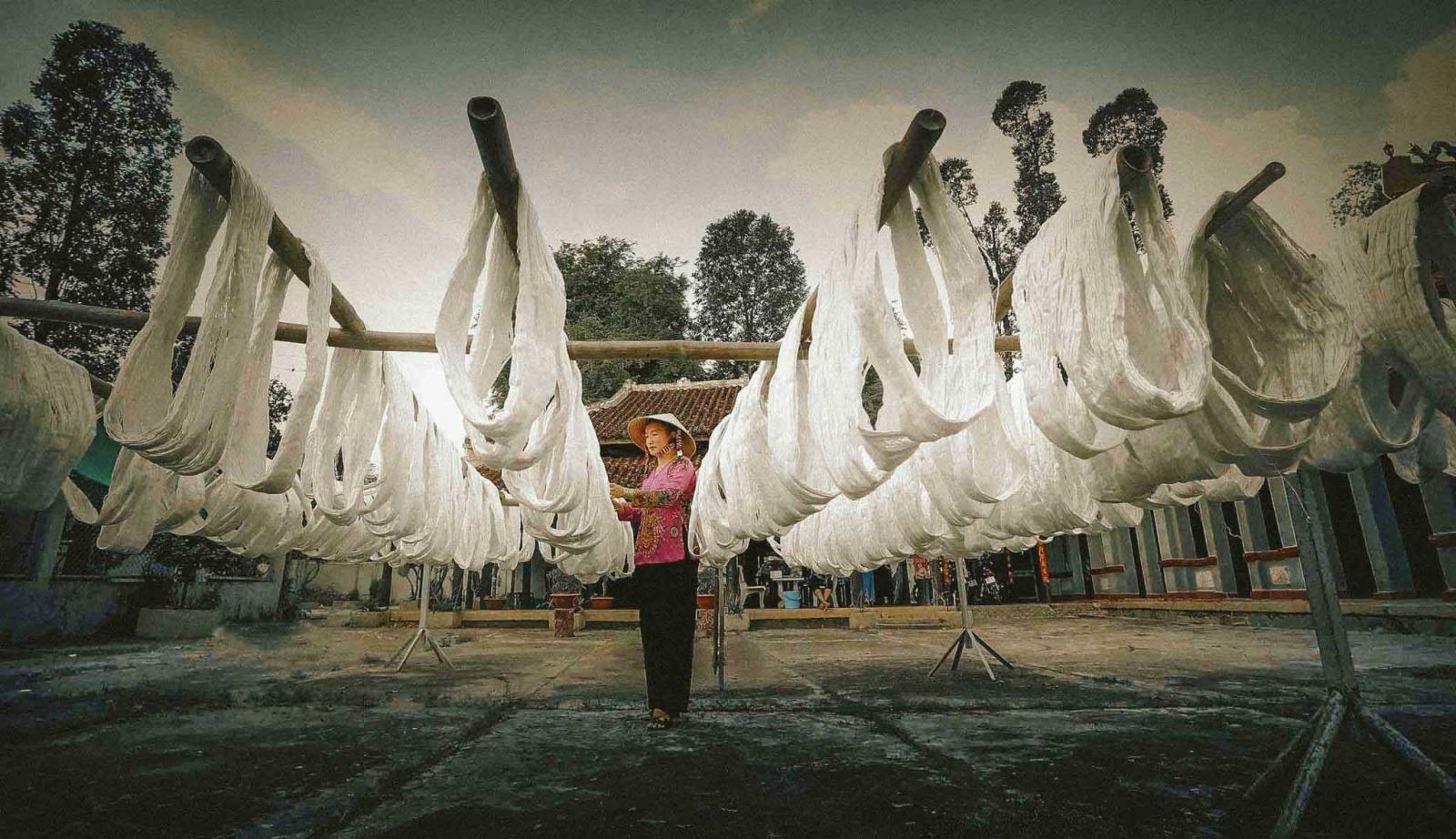

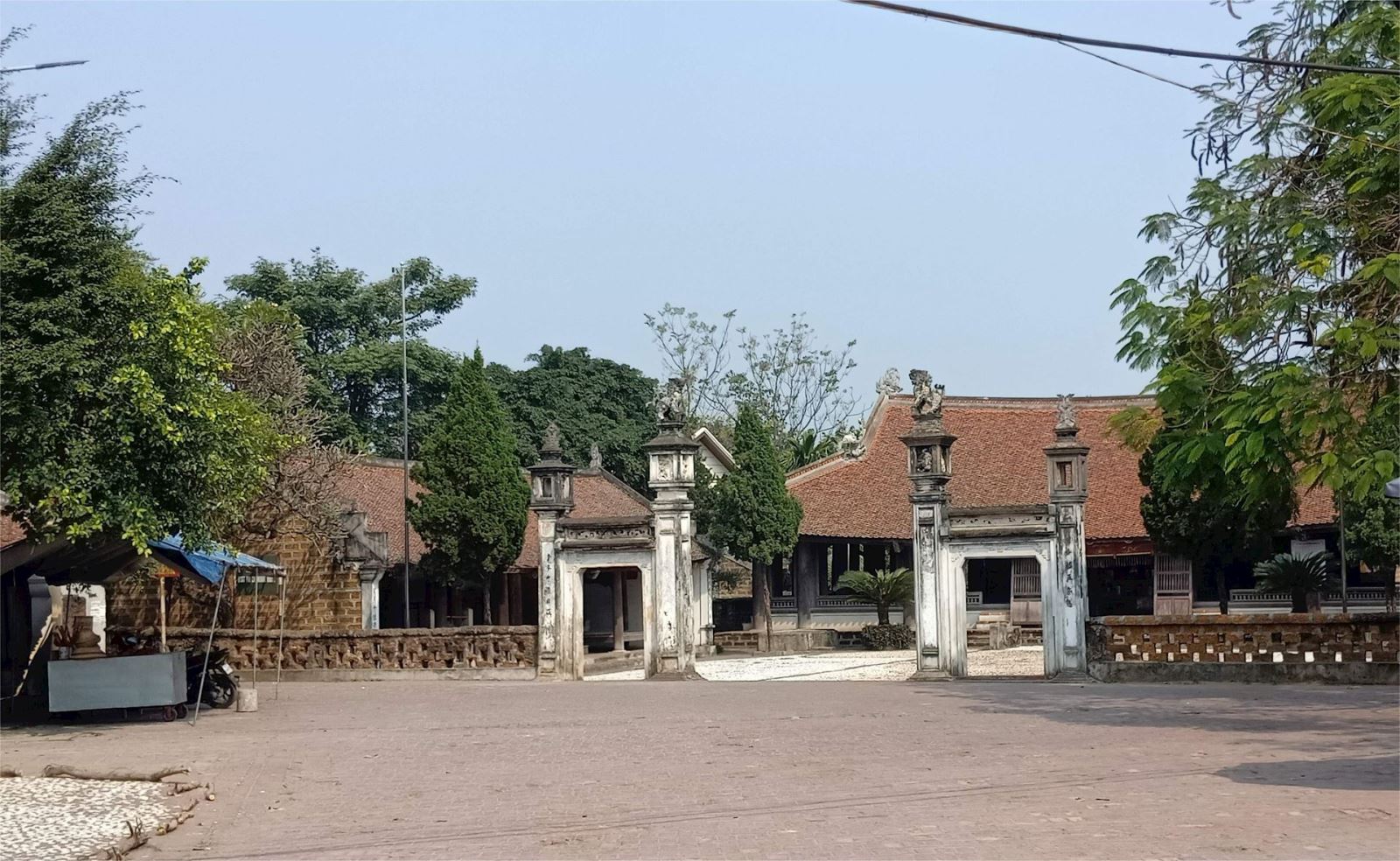
.png)